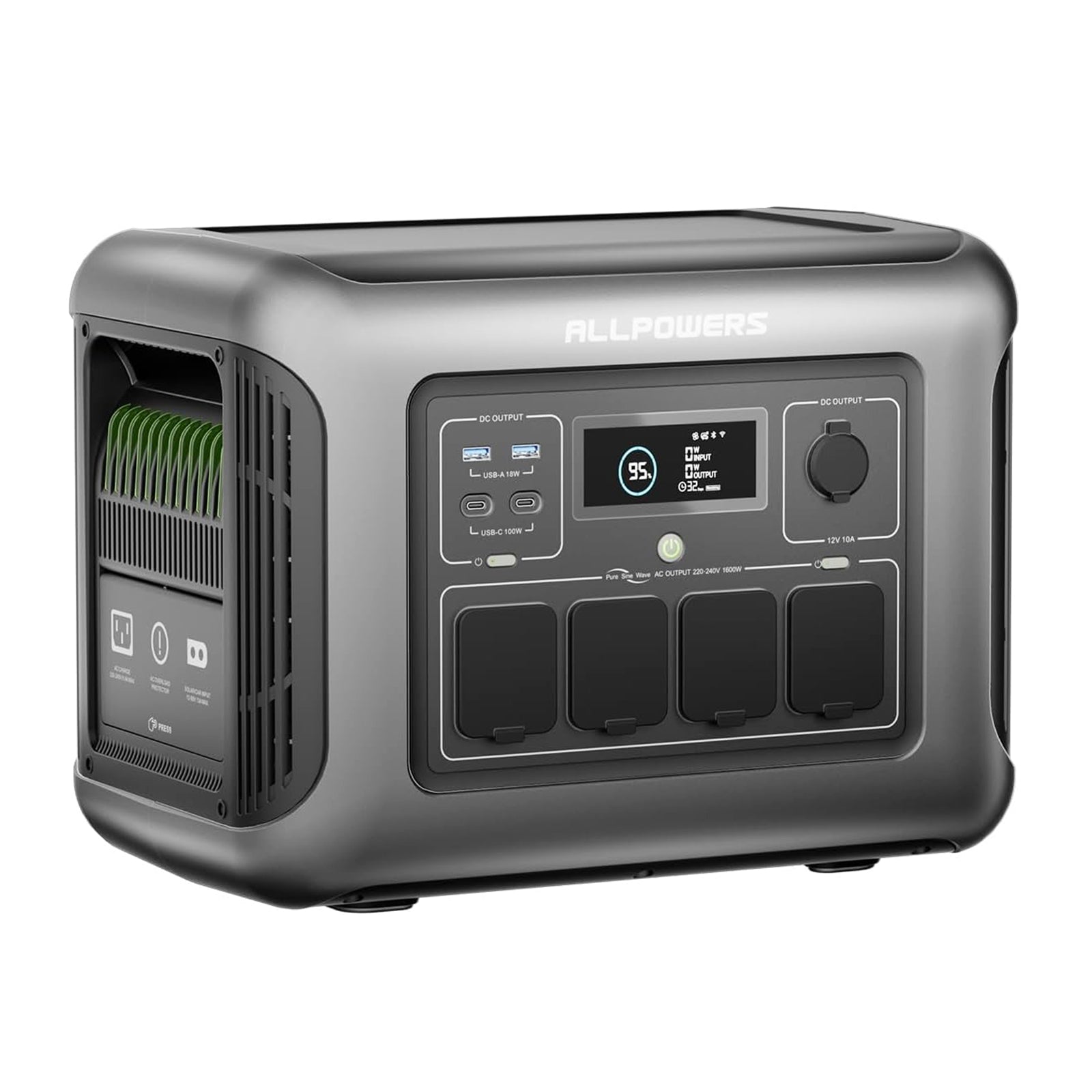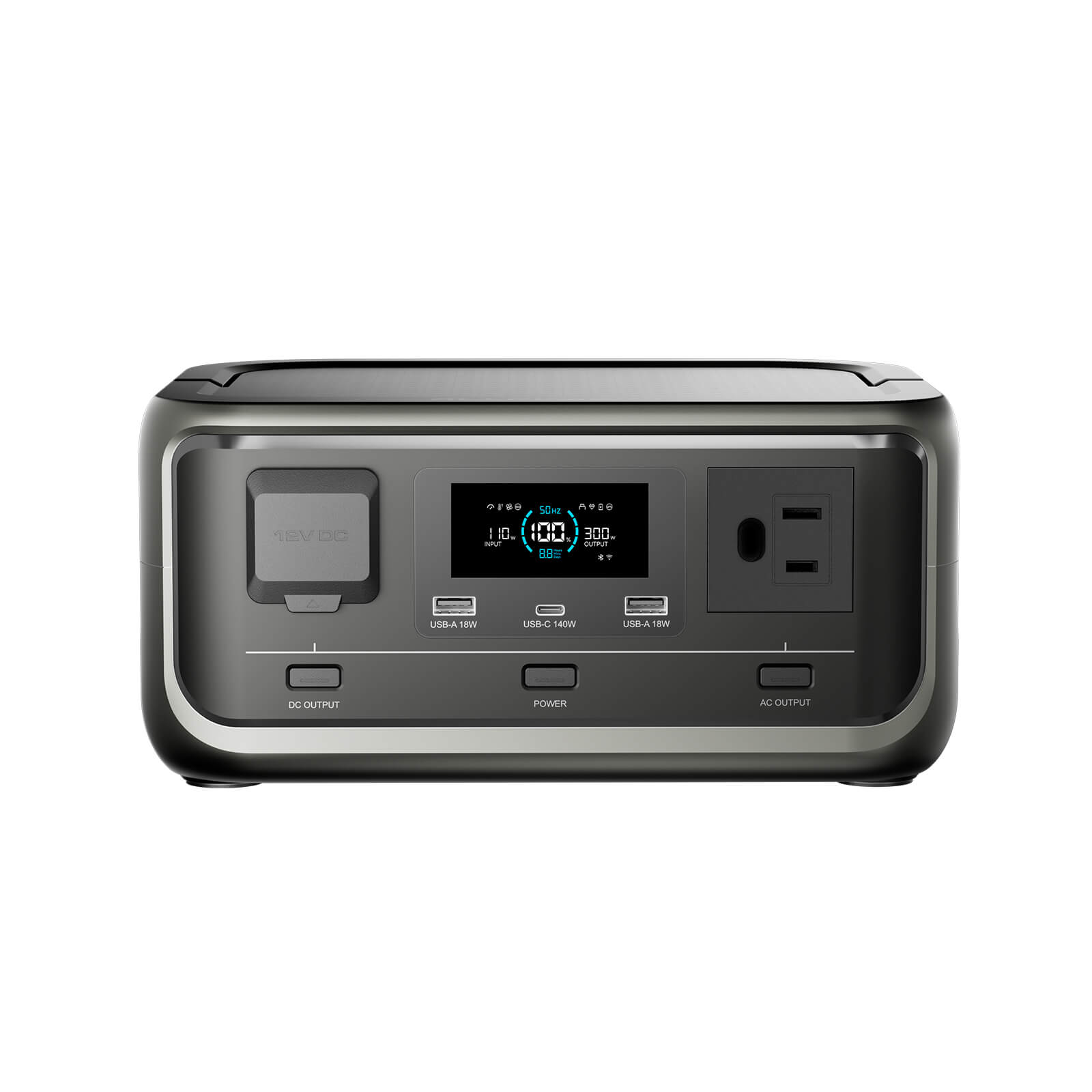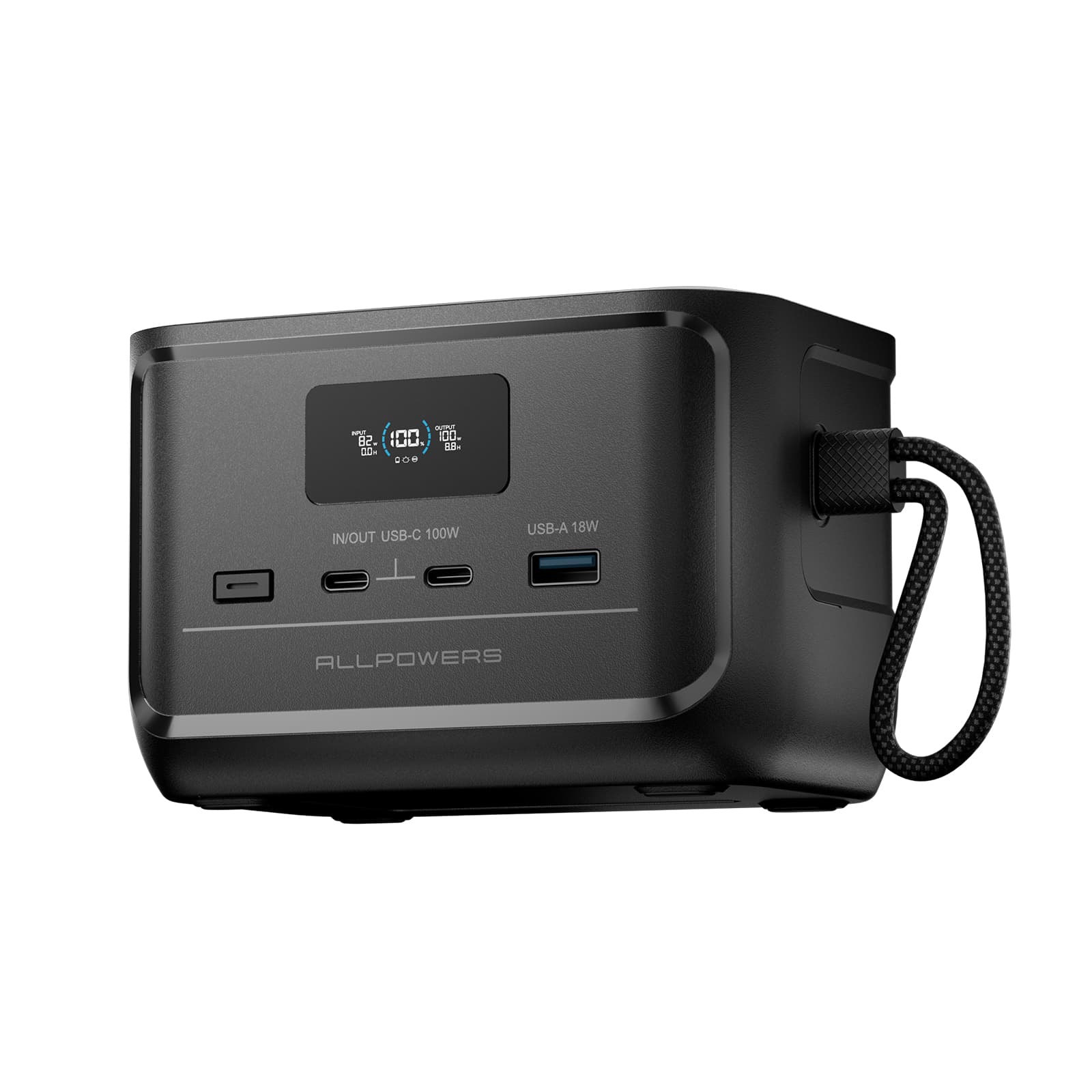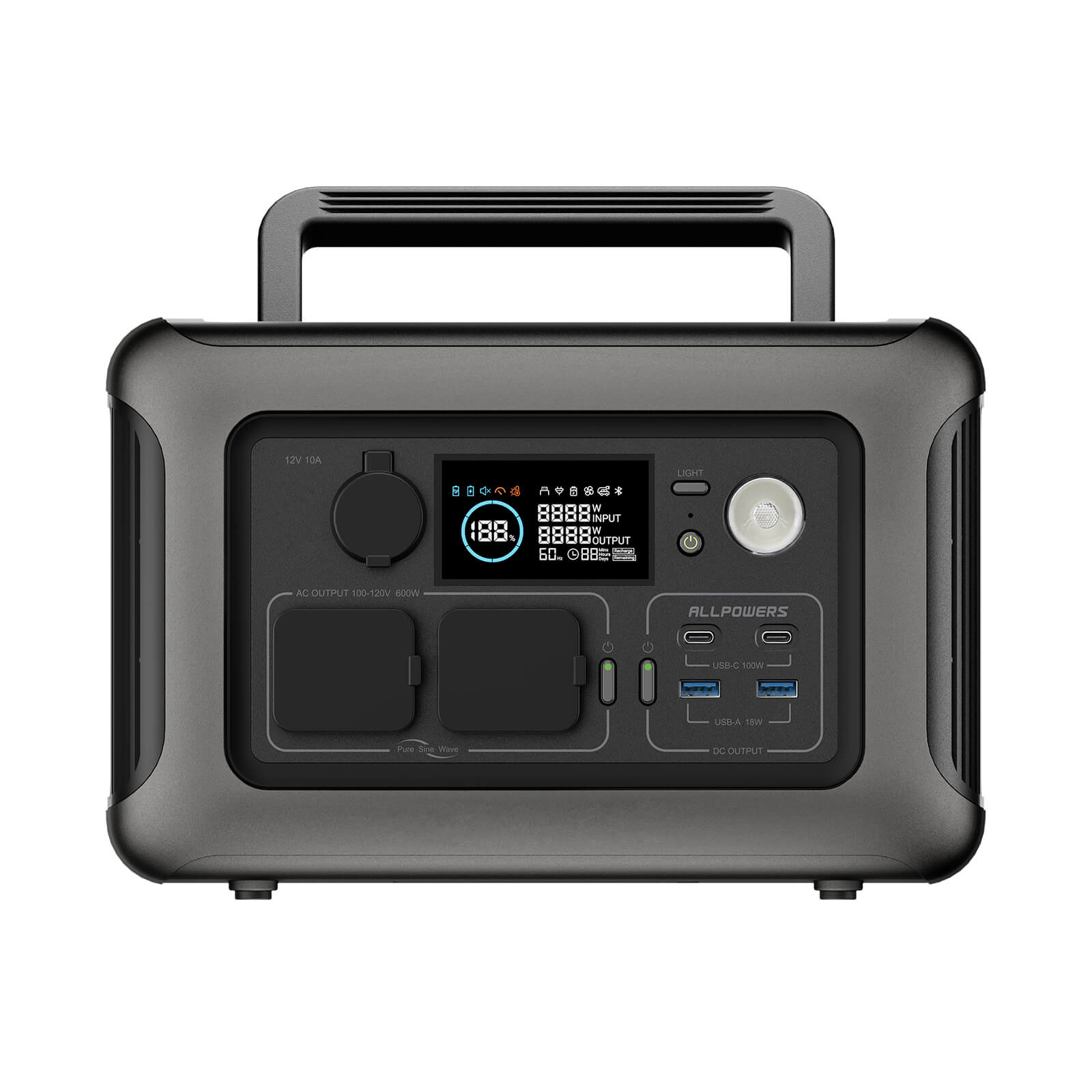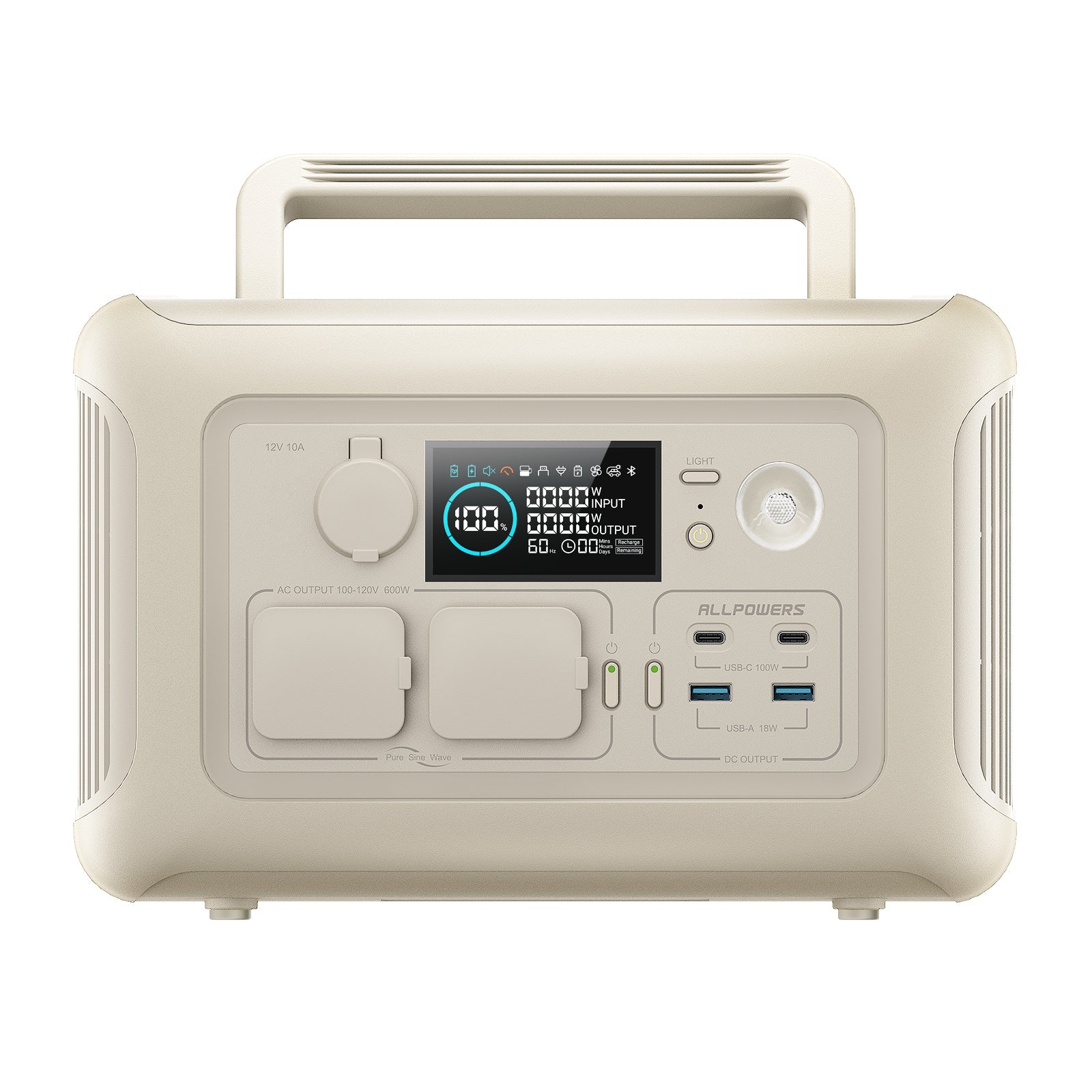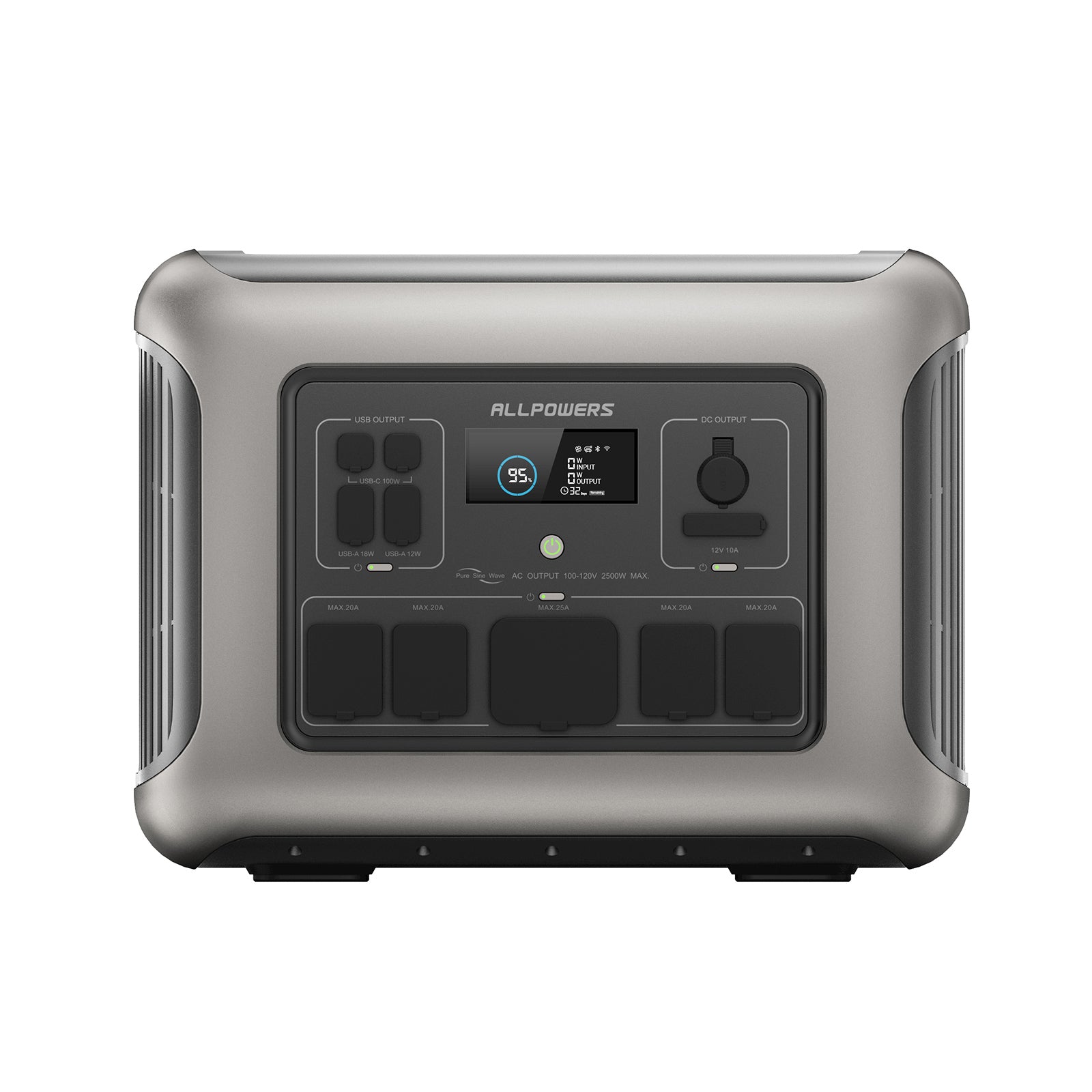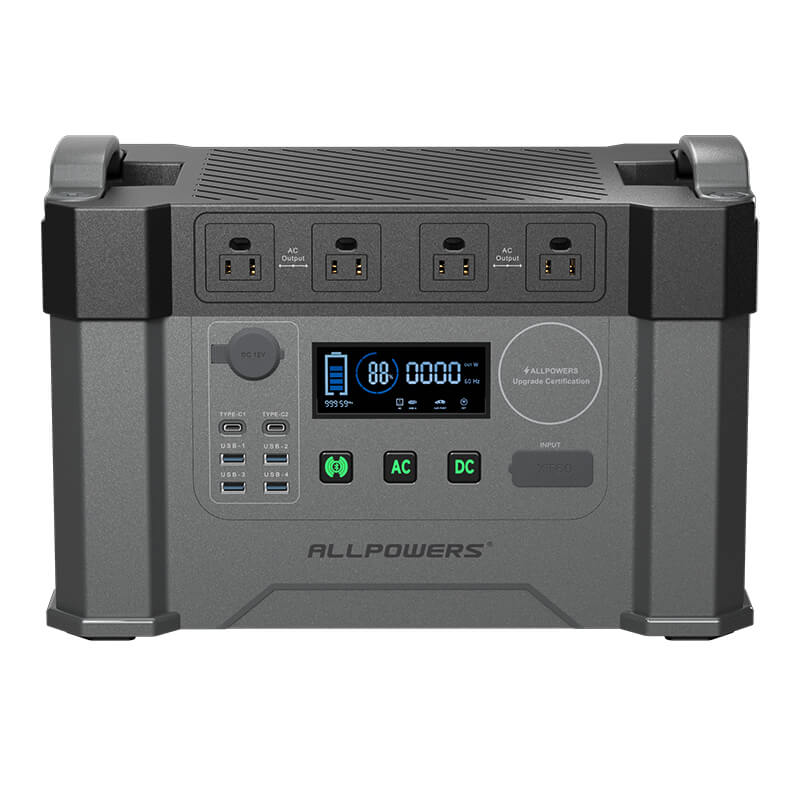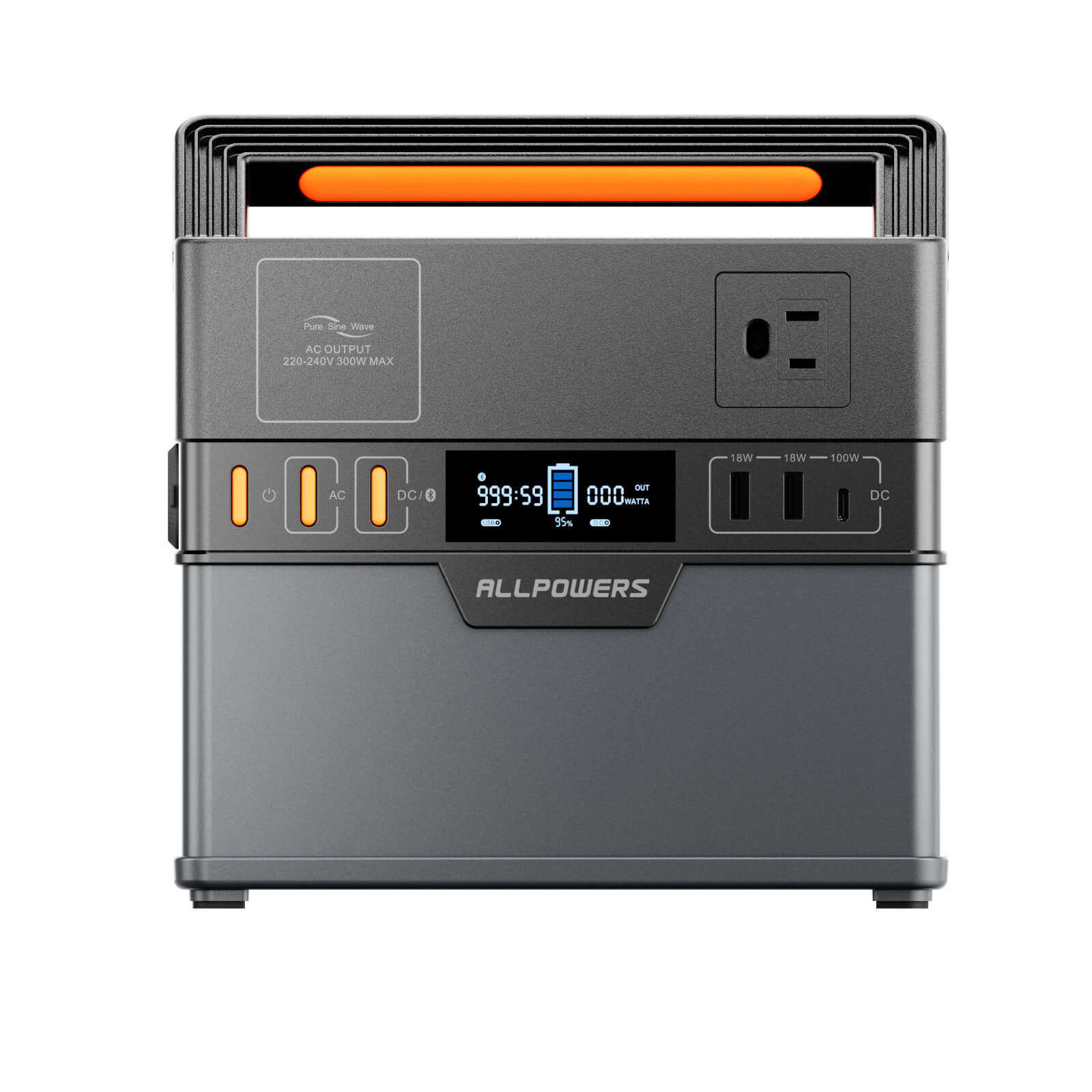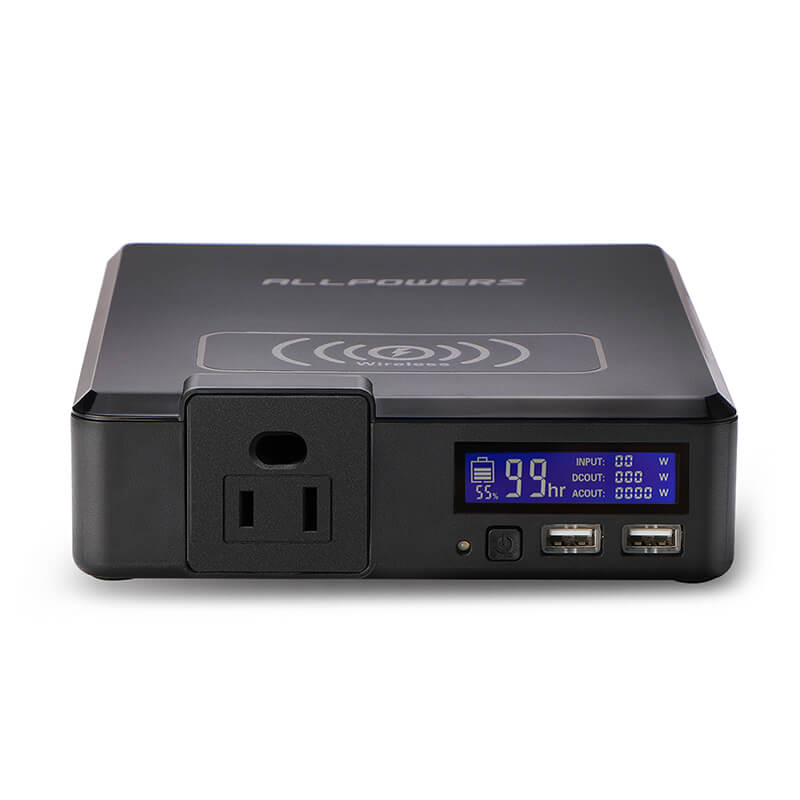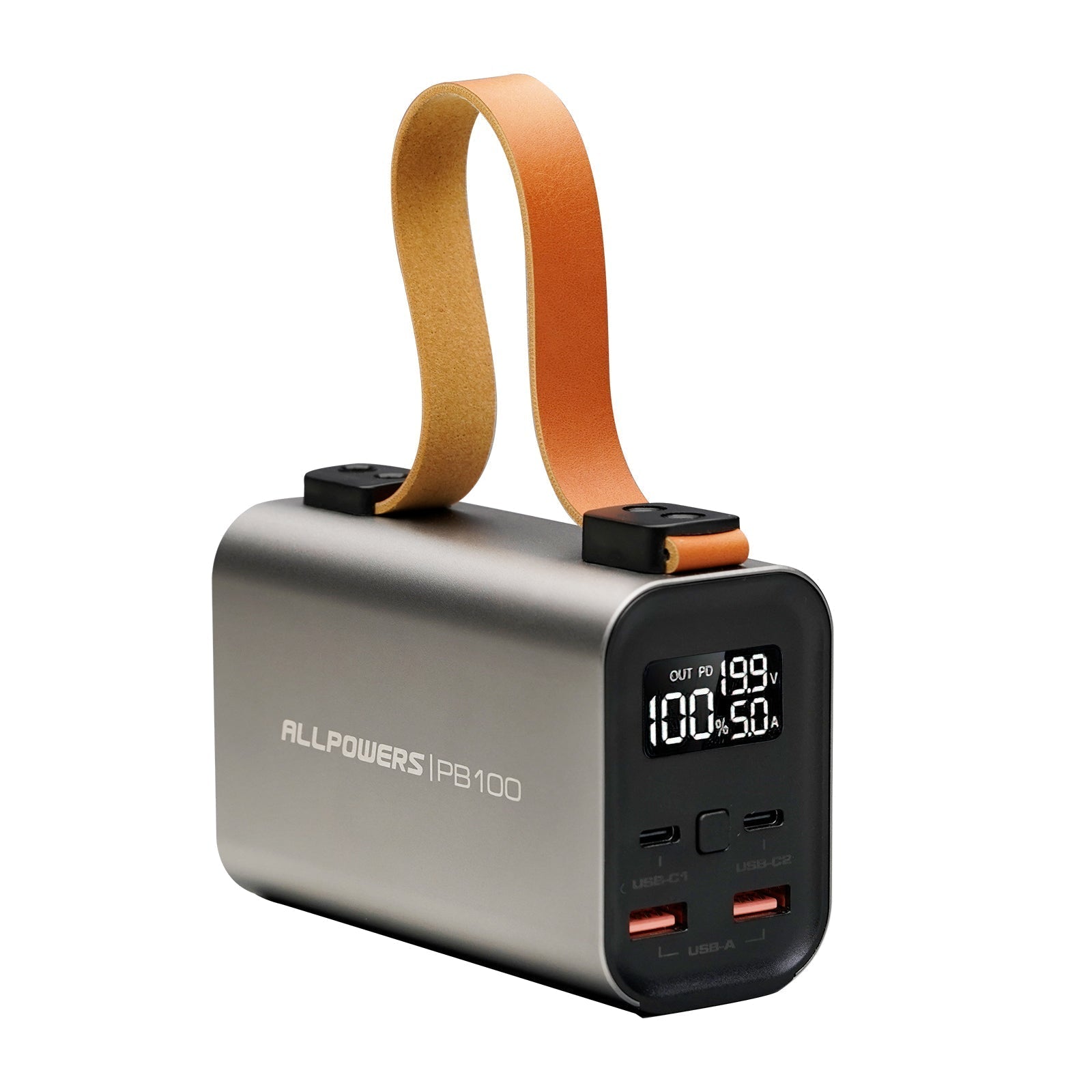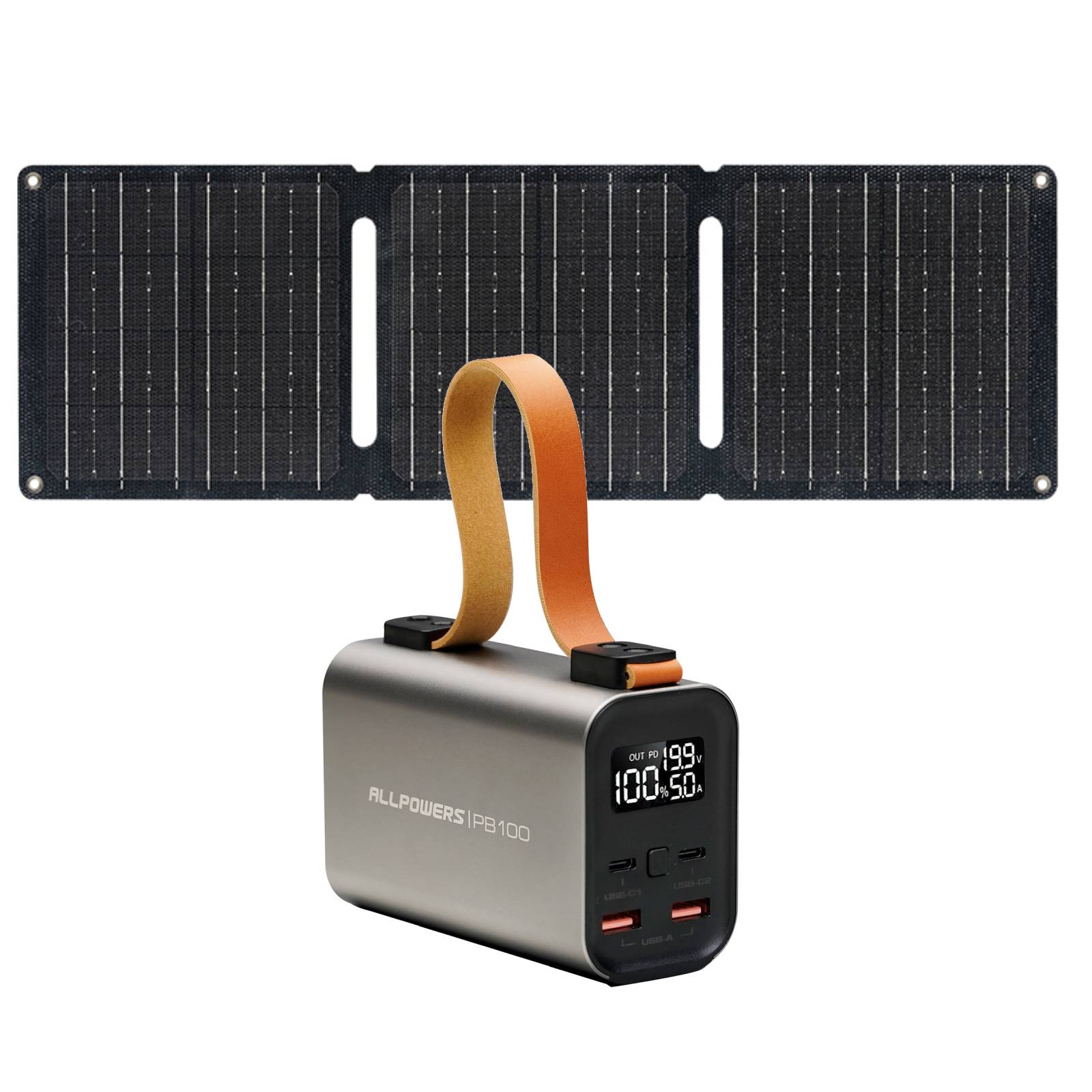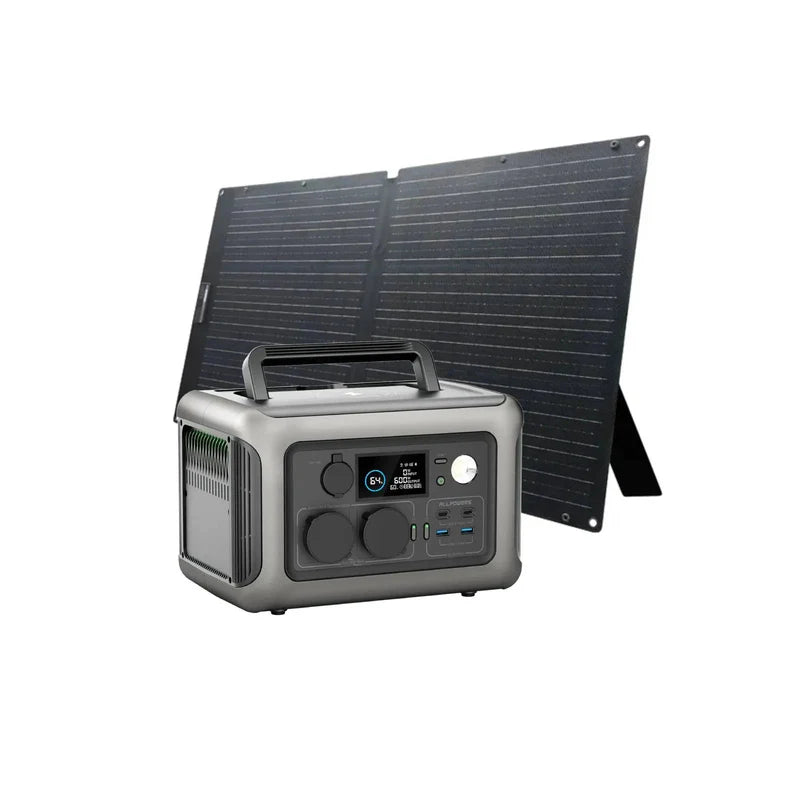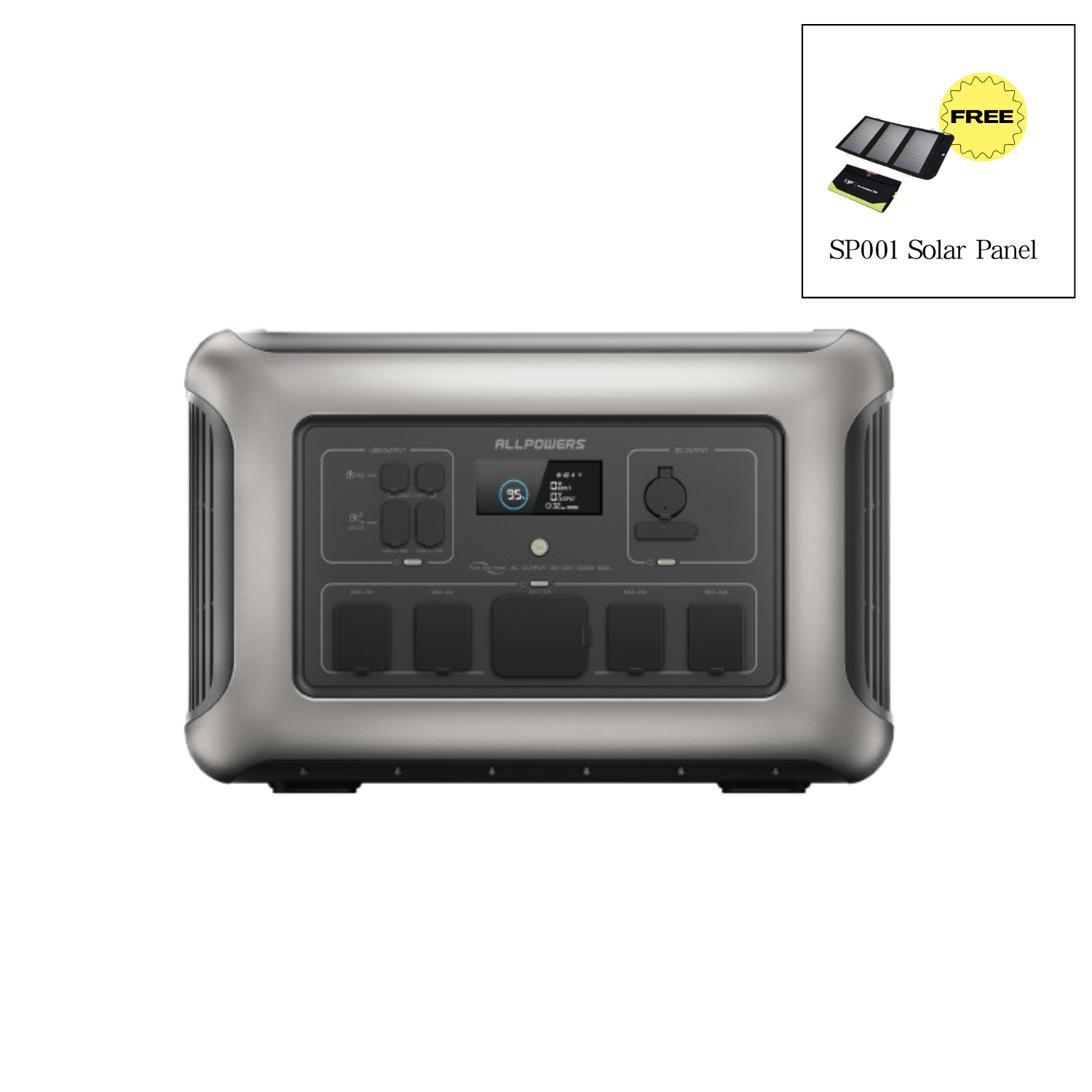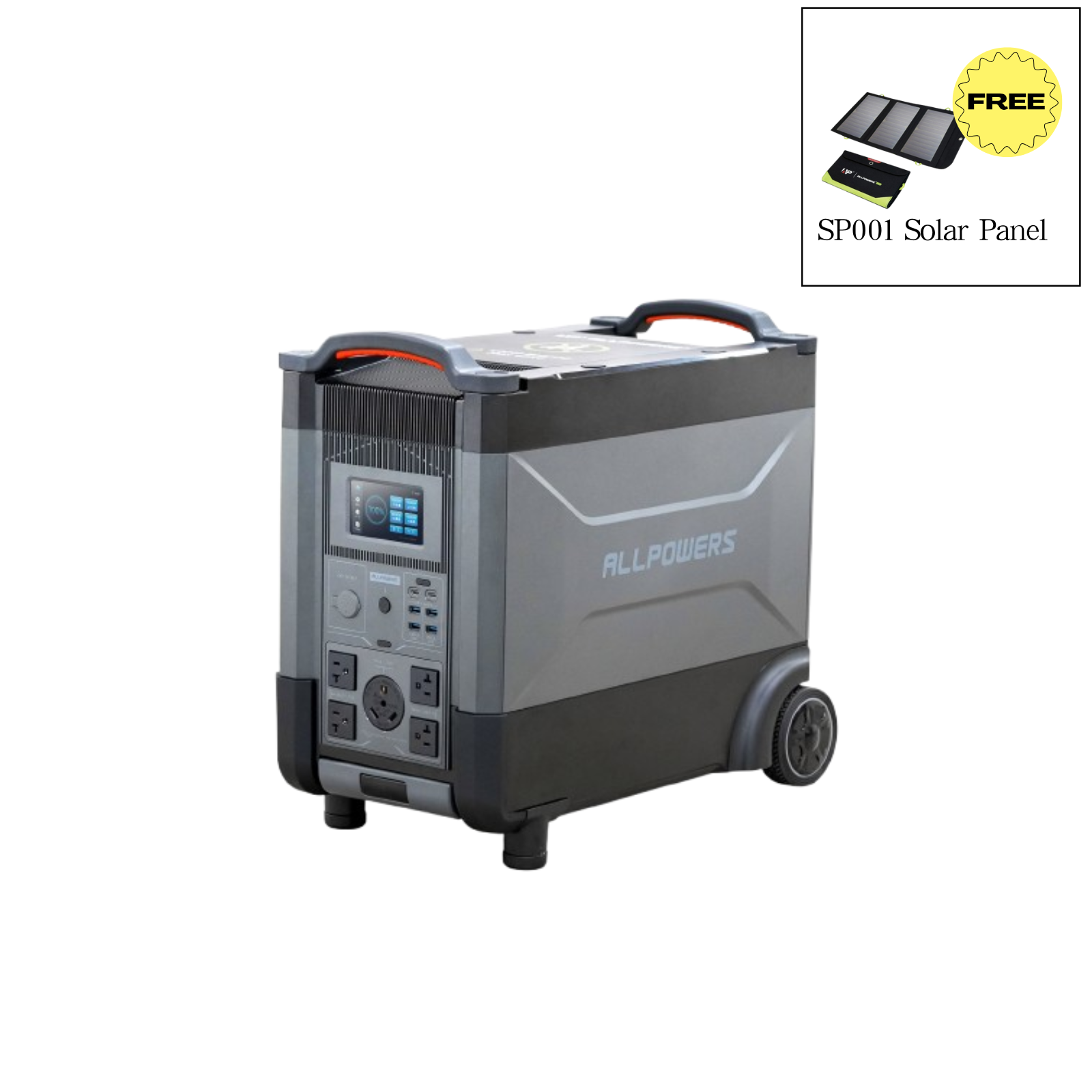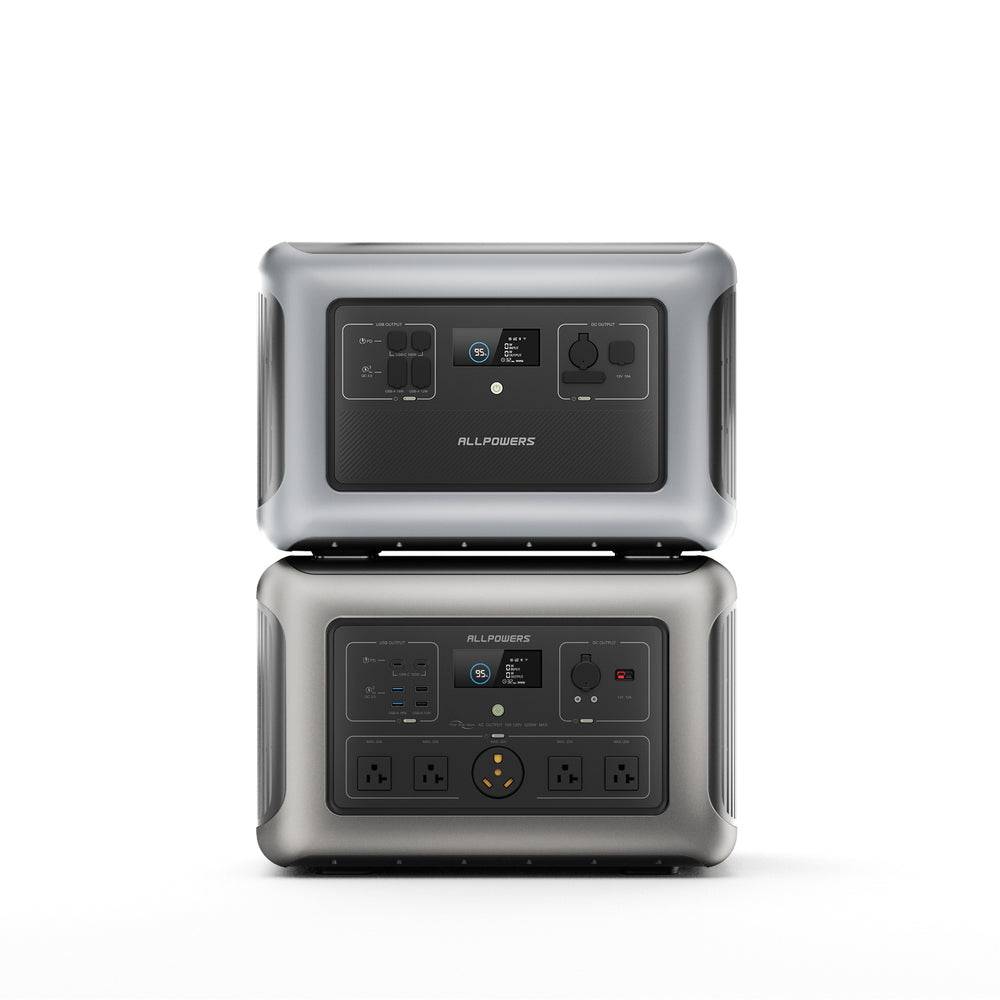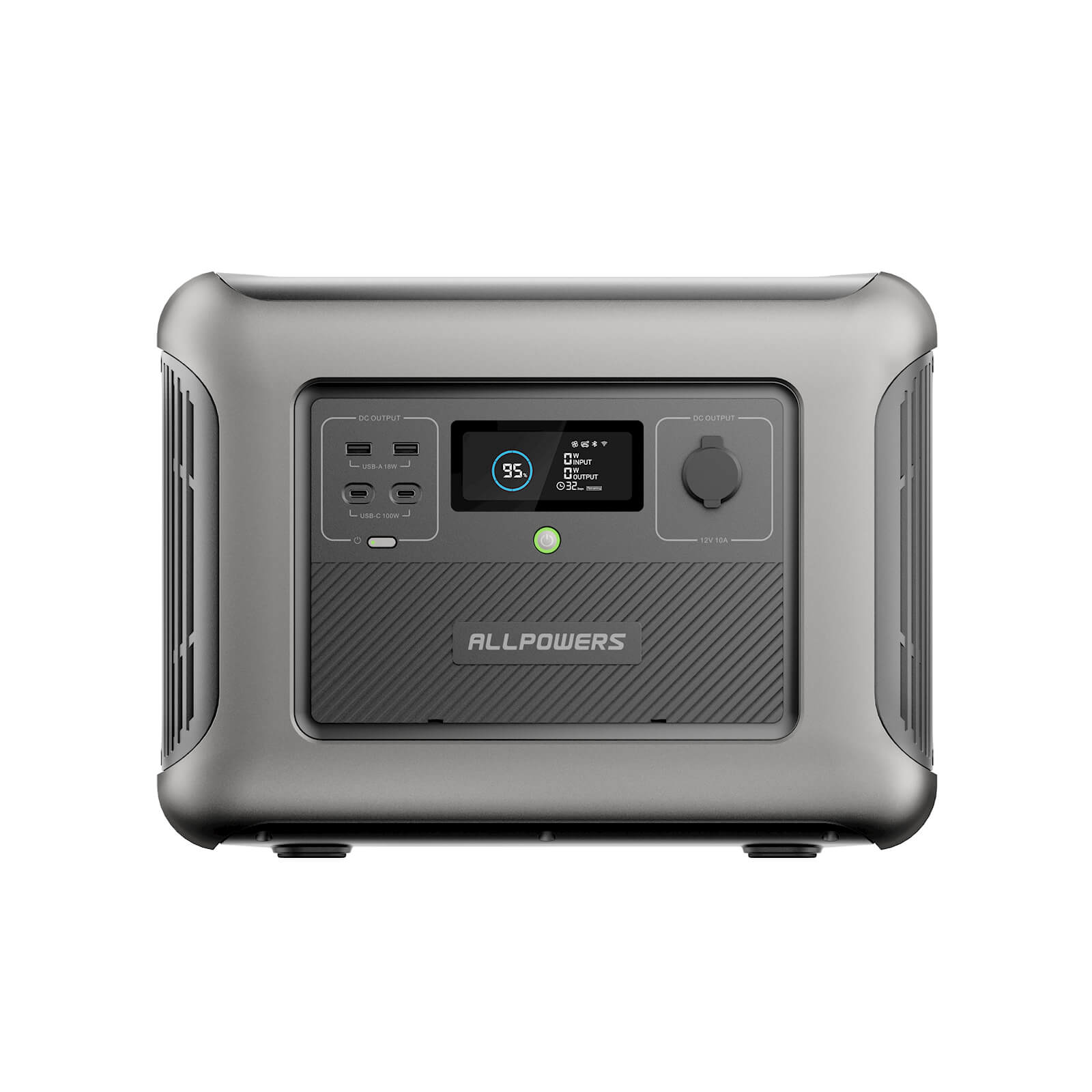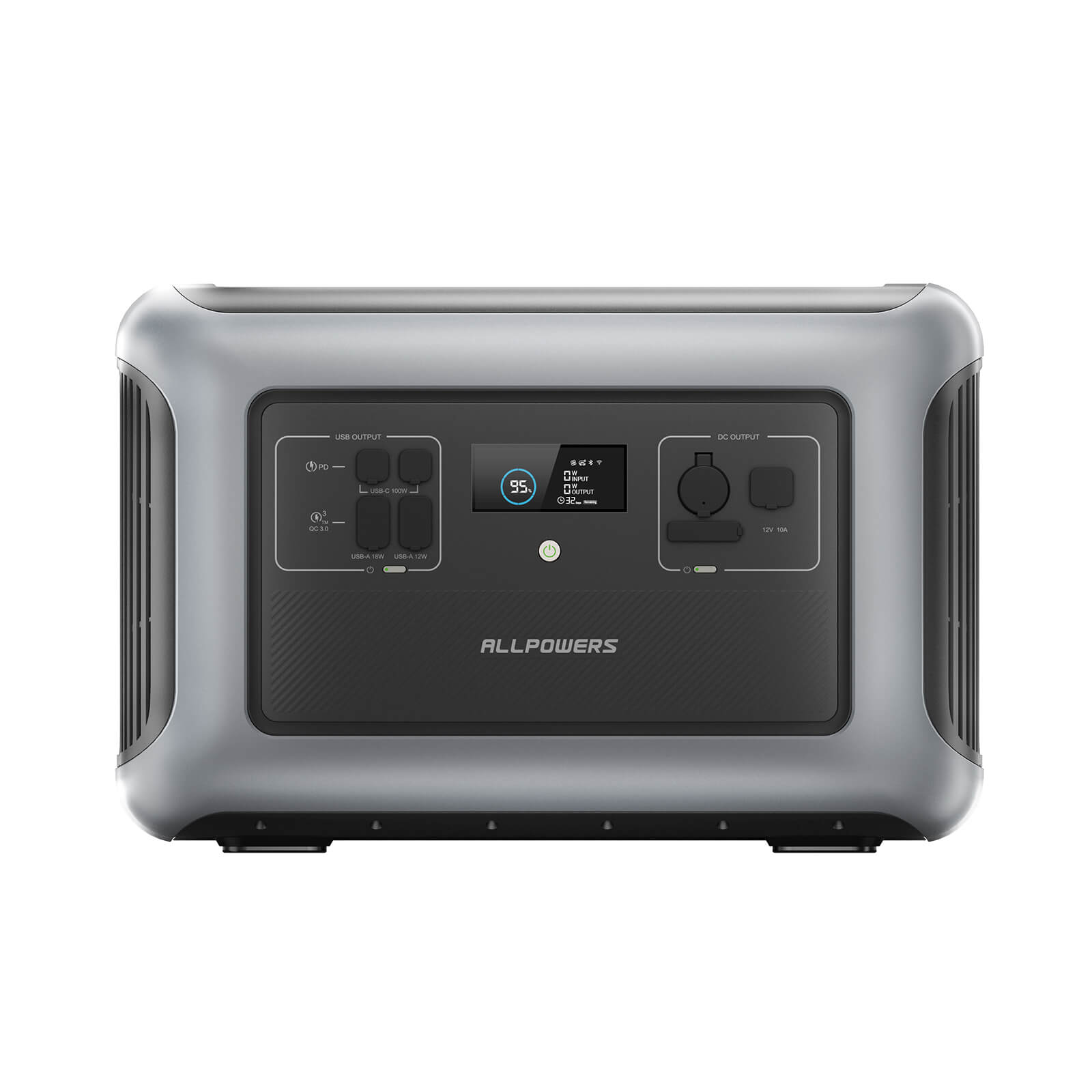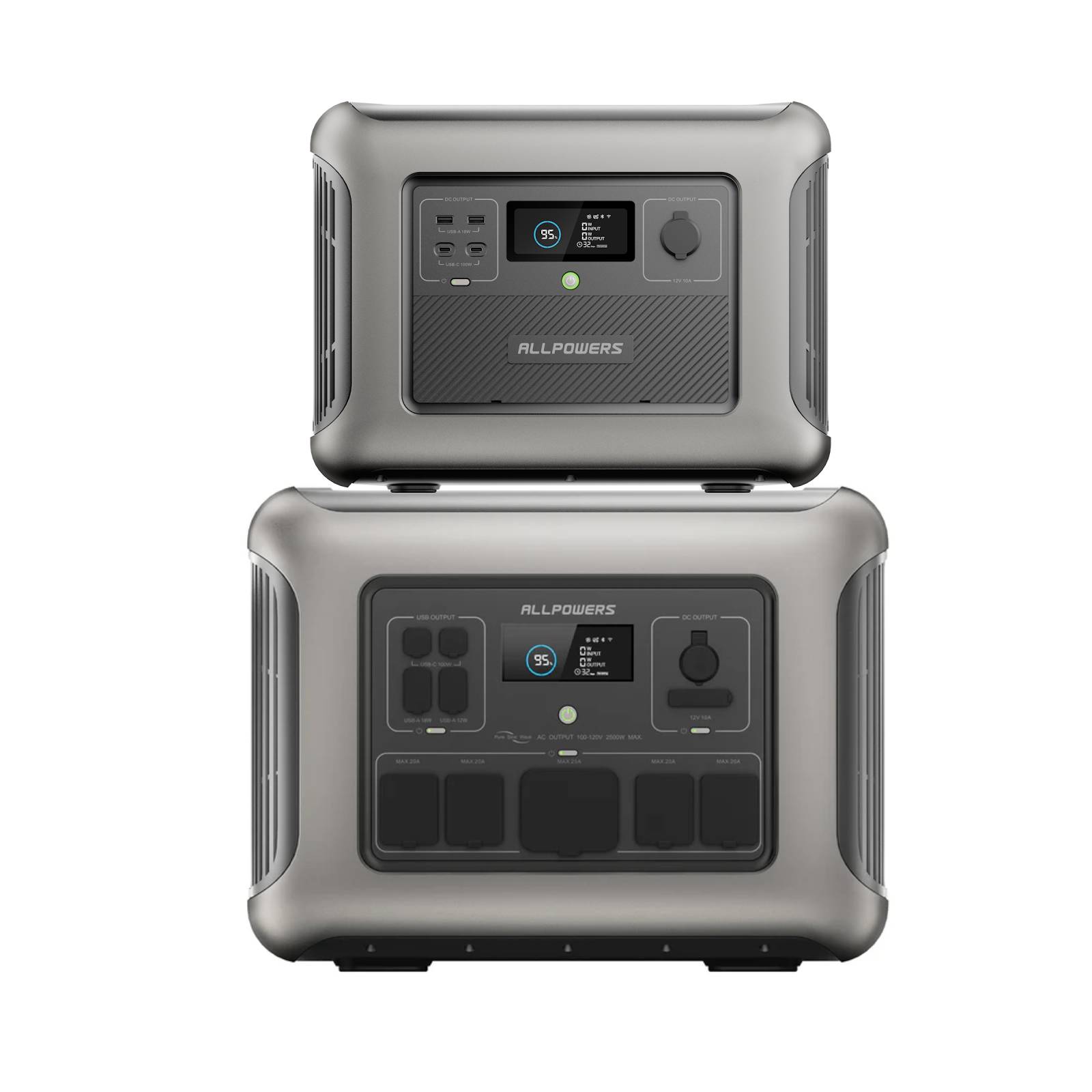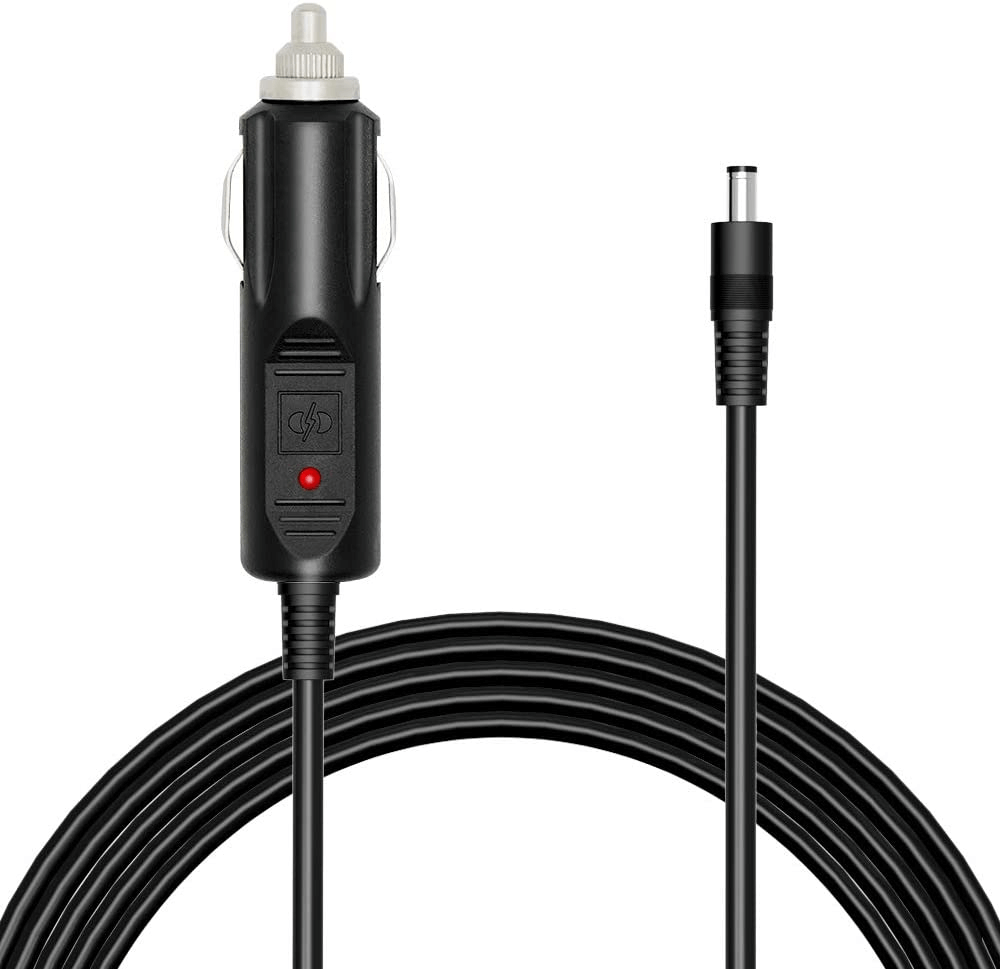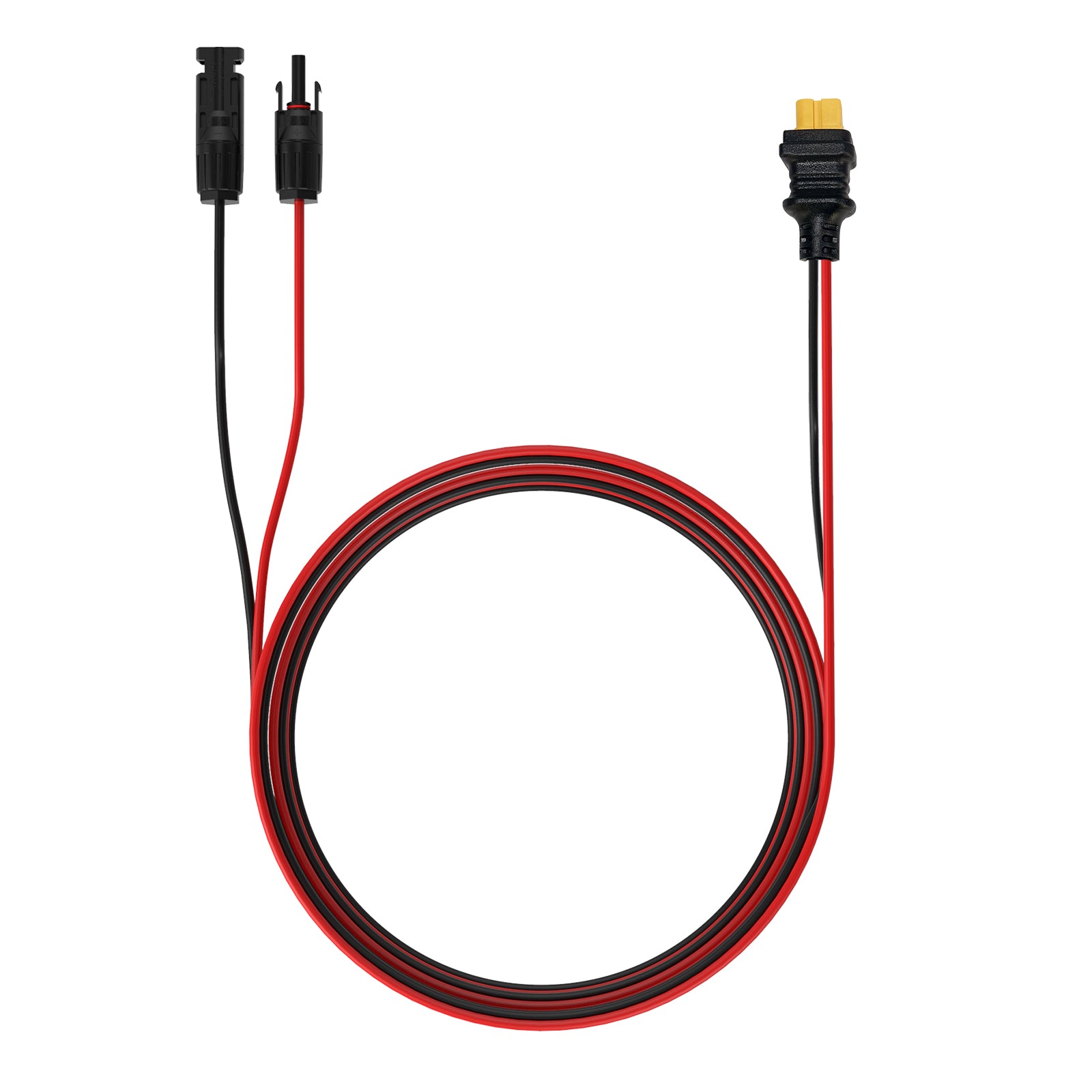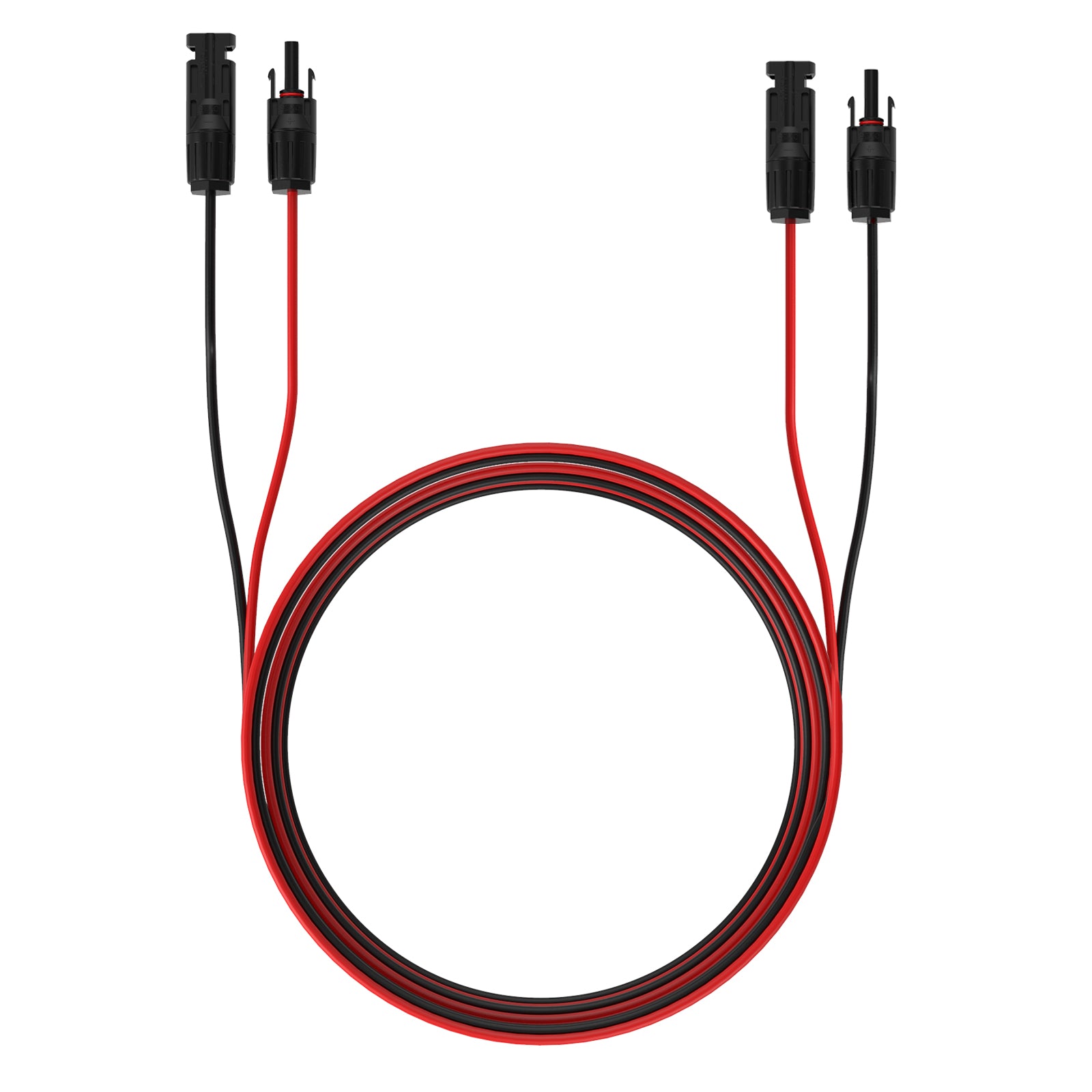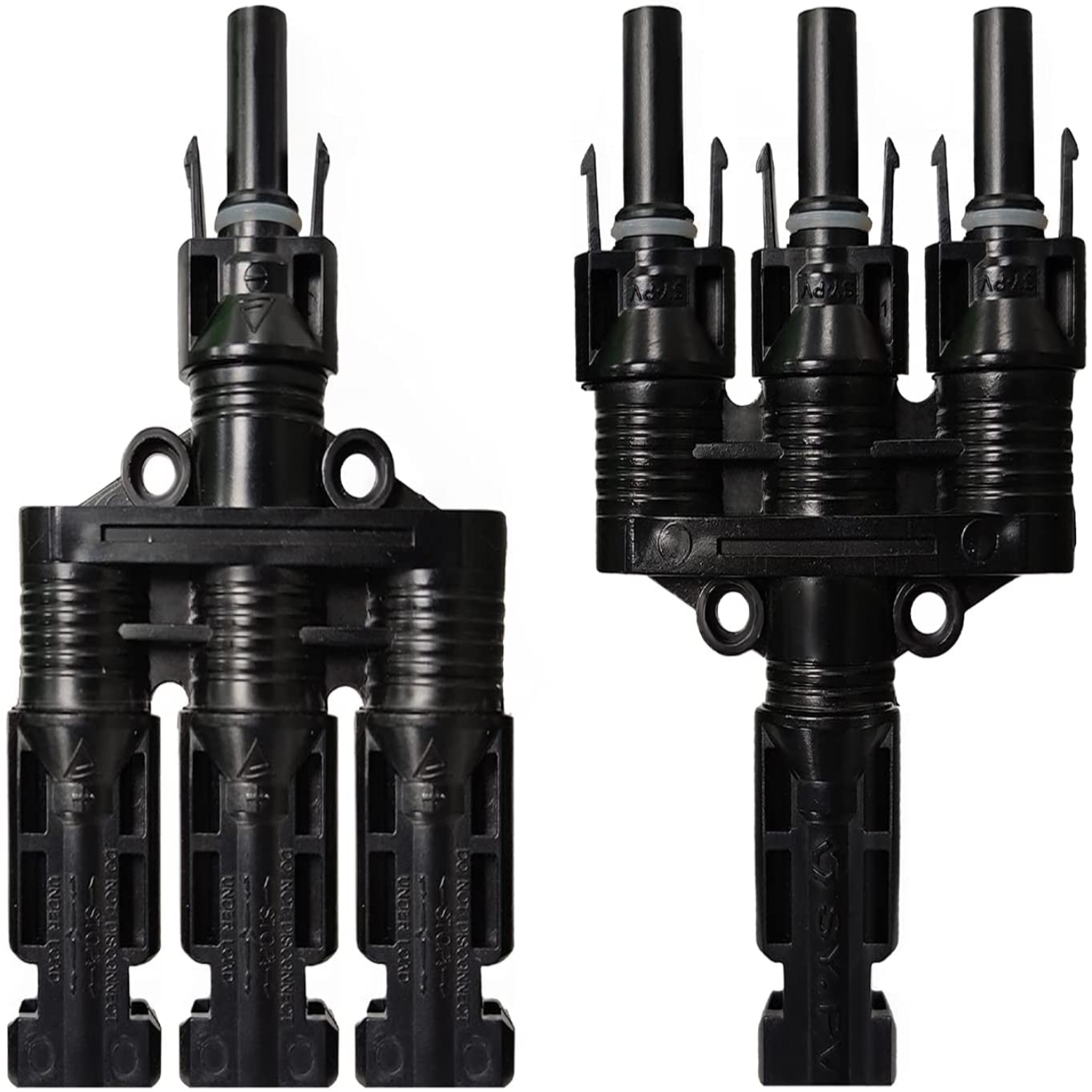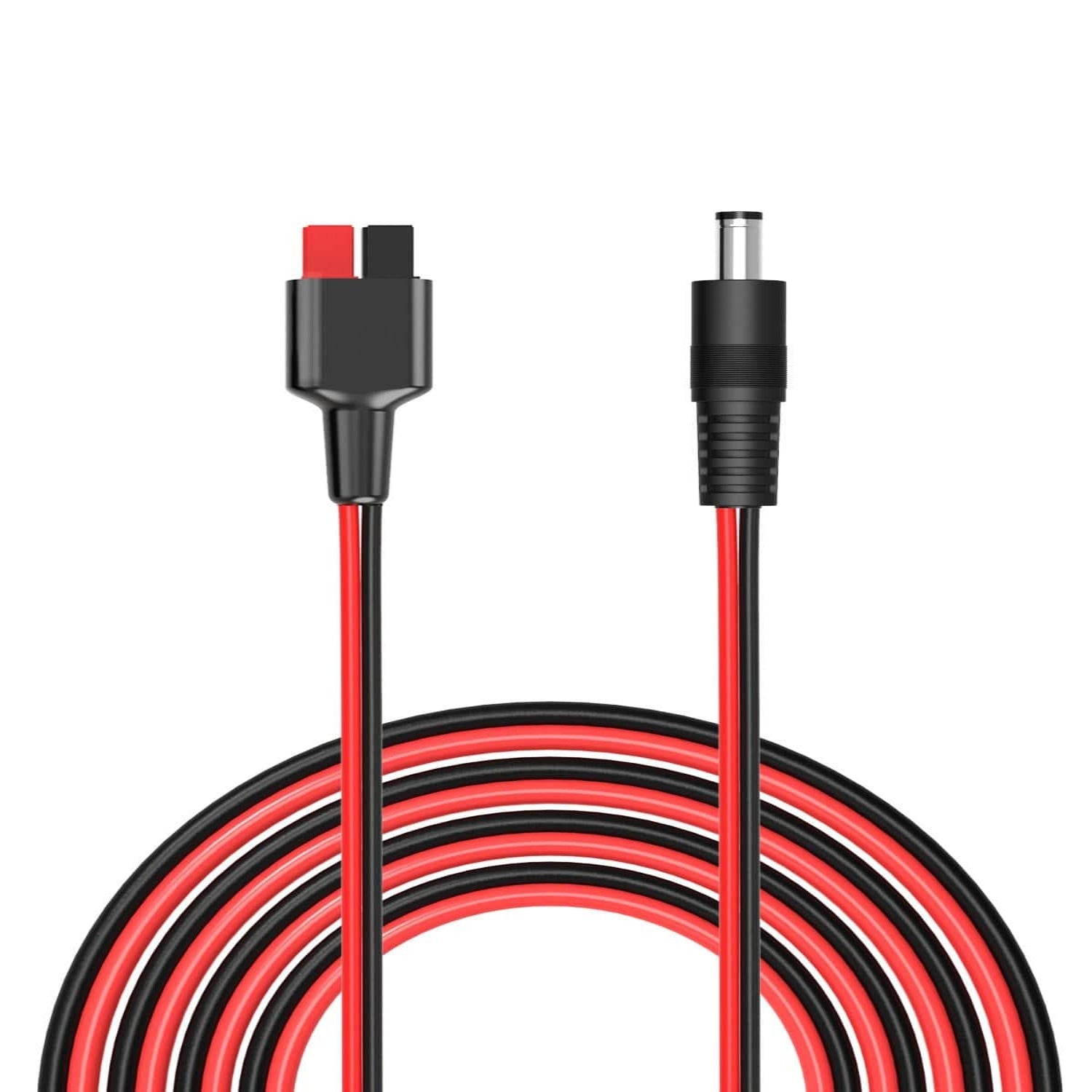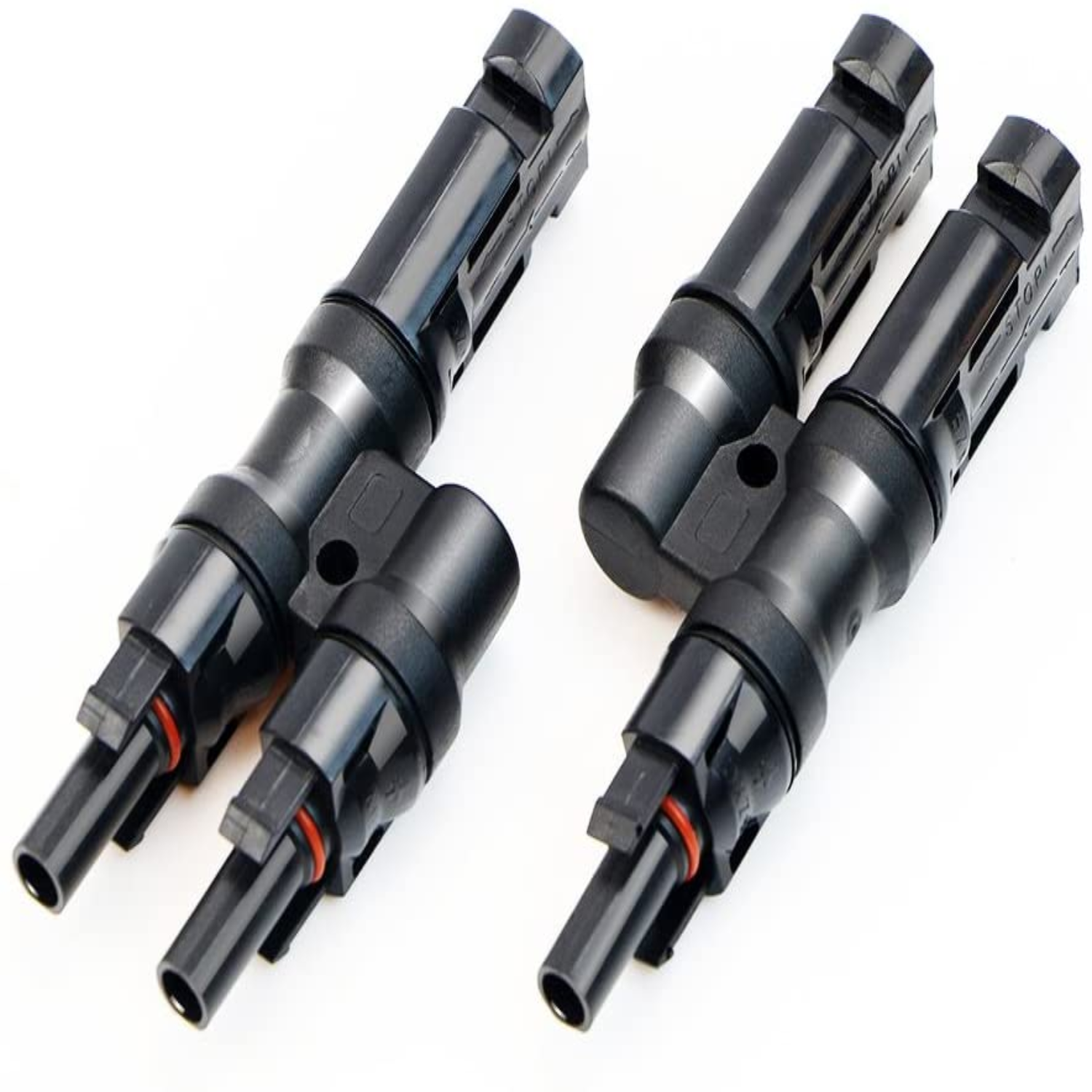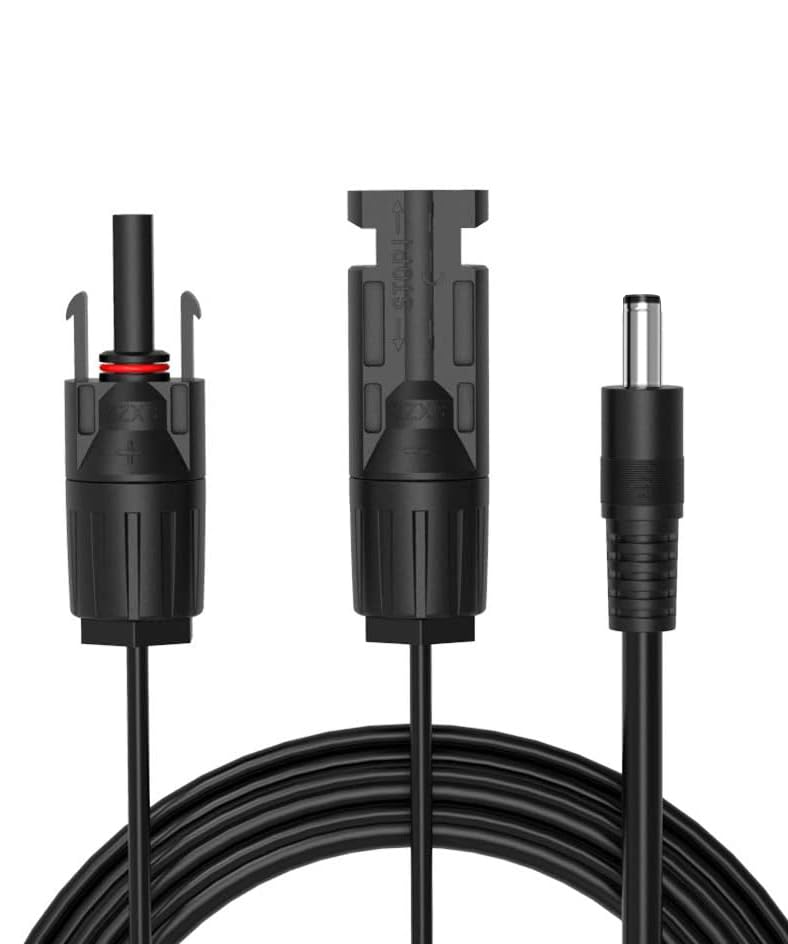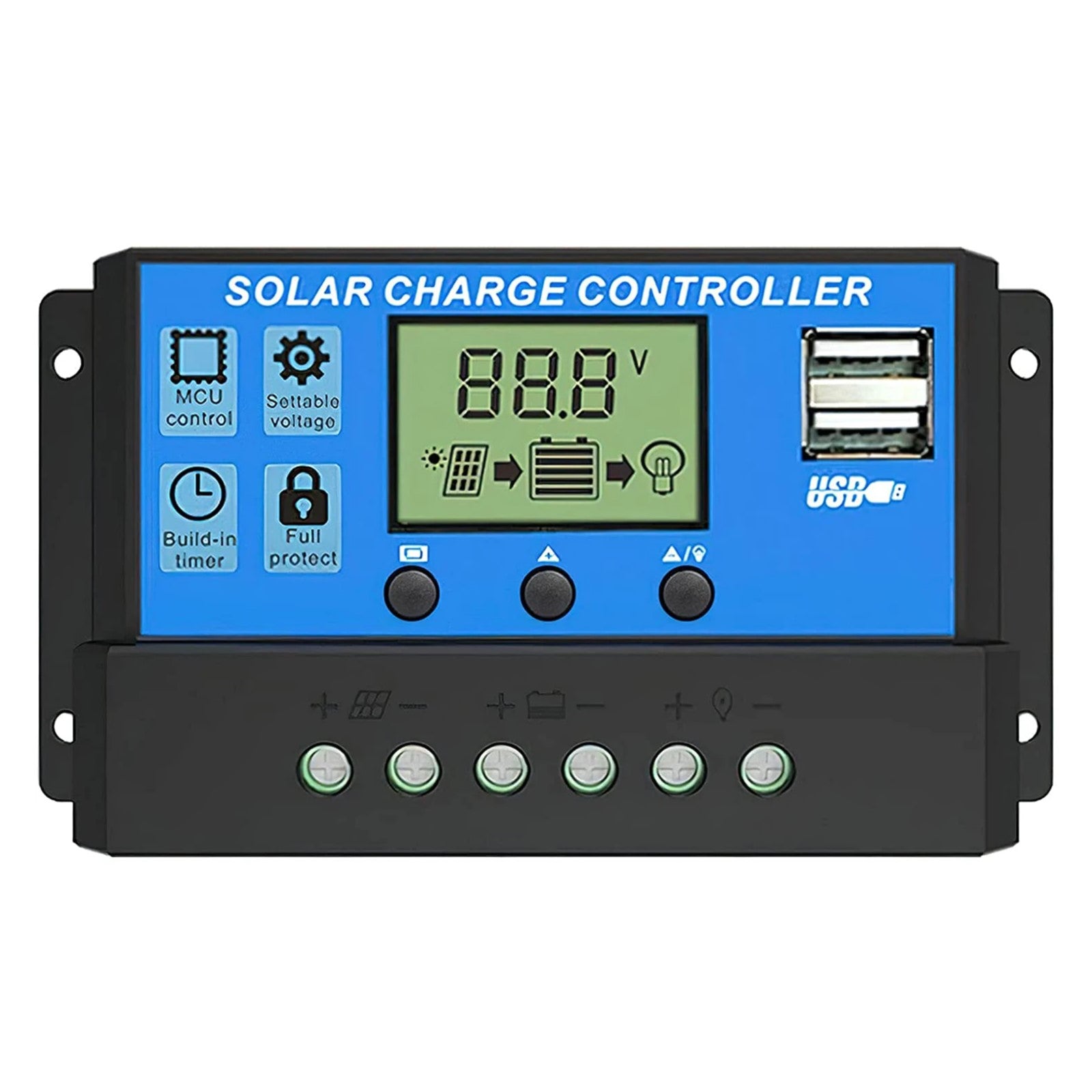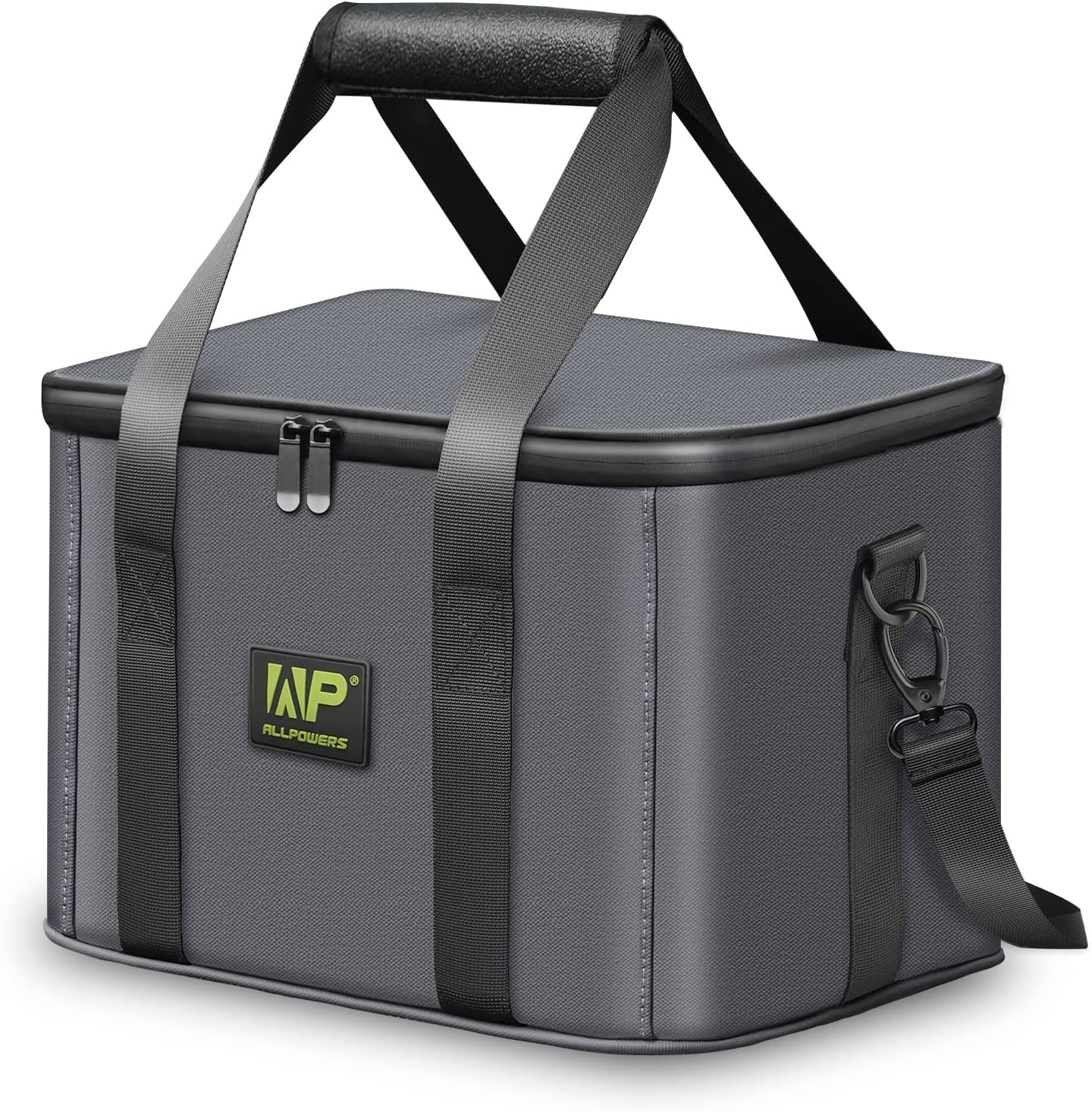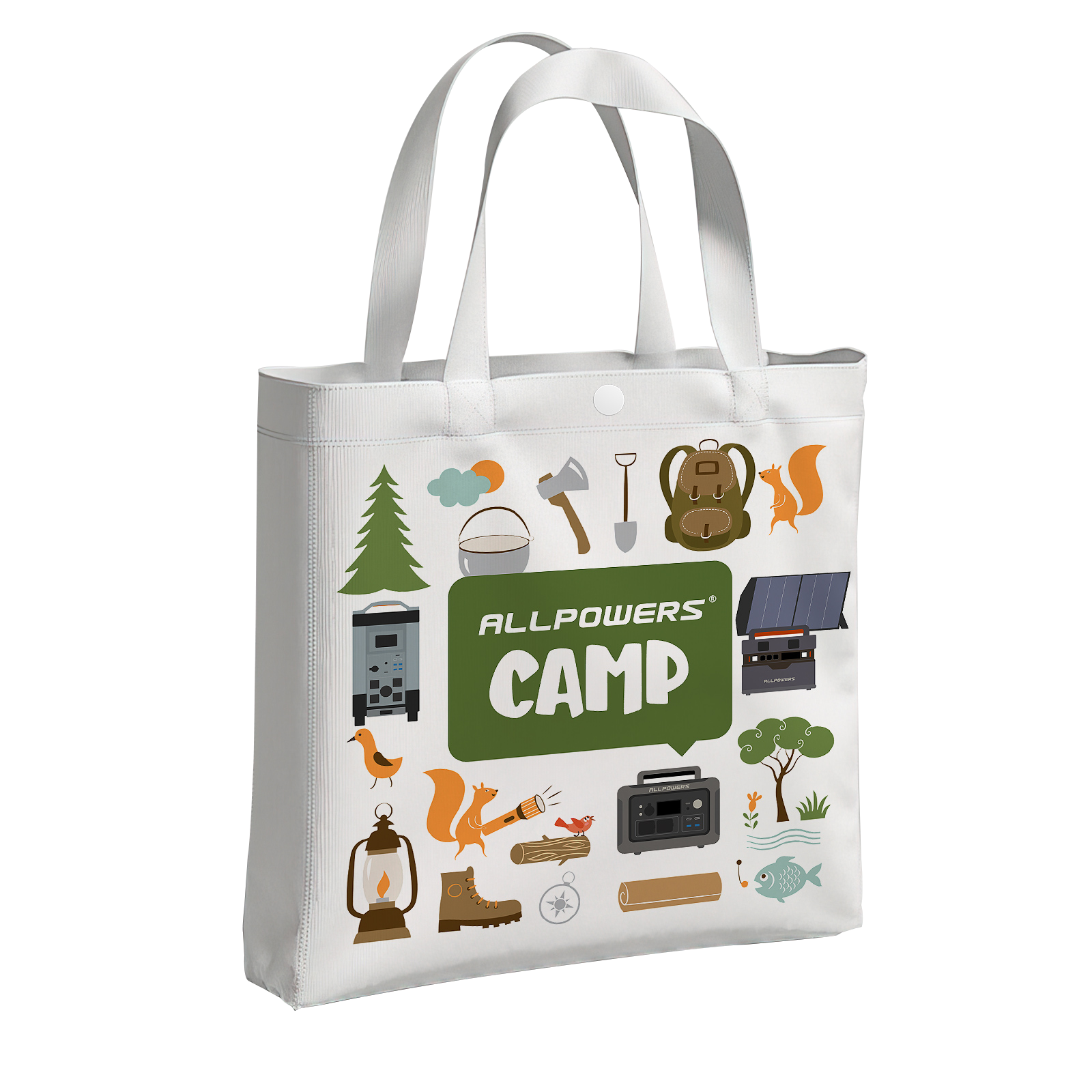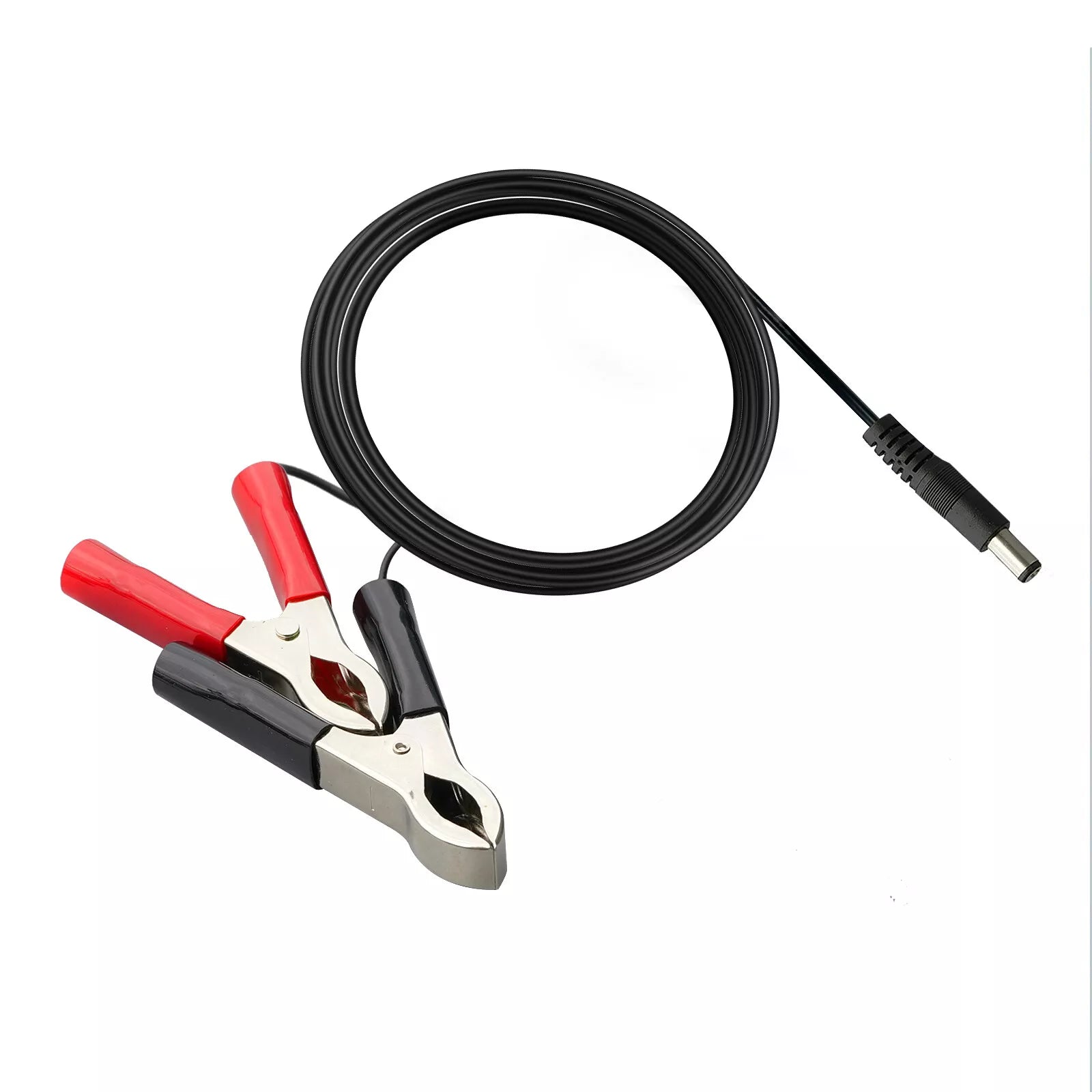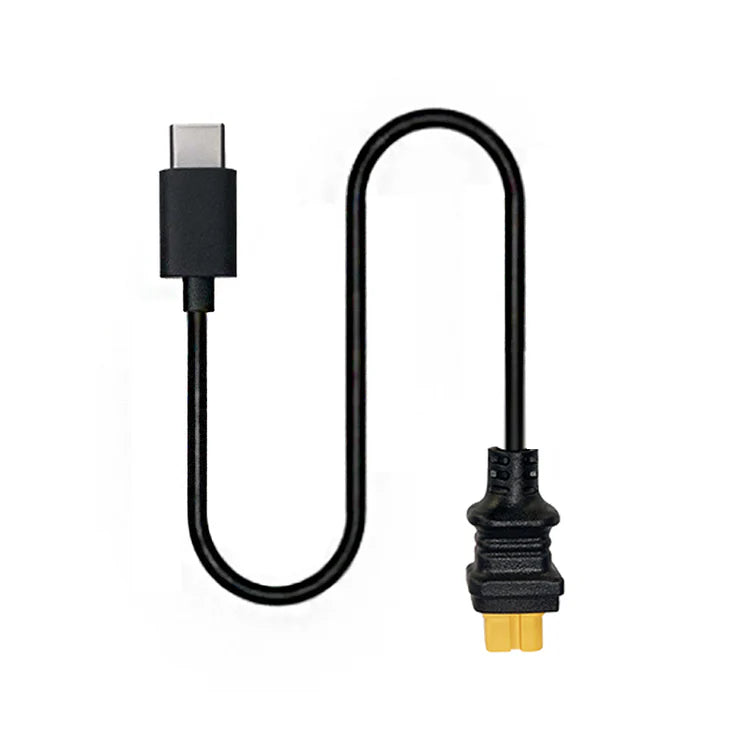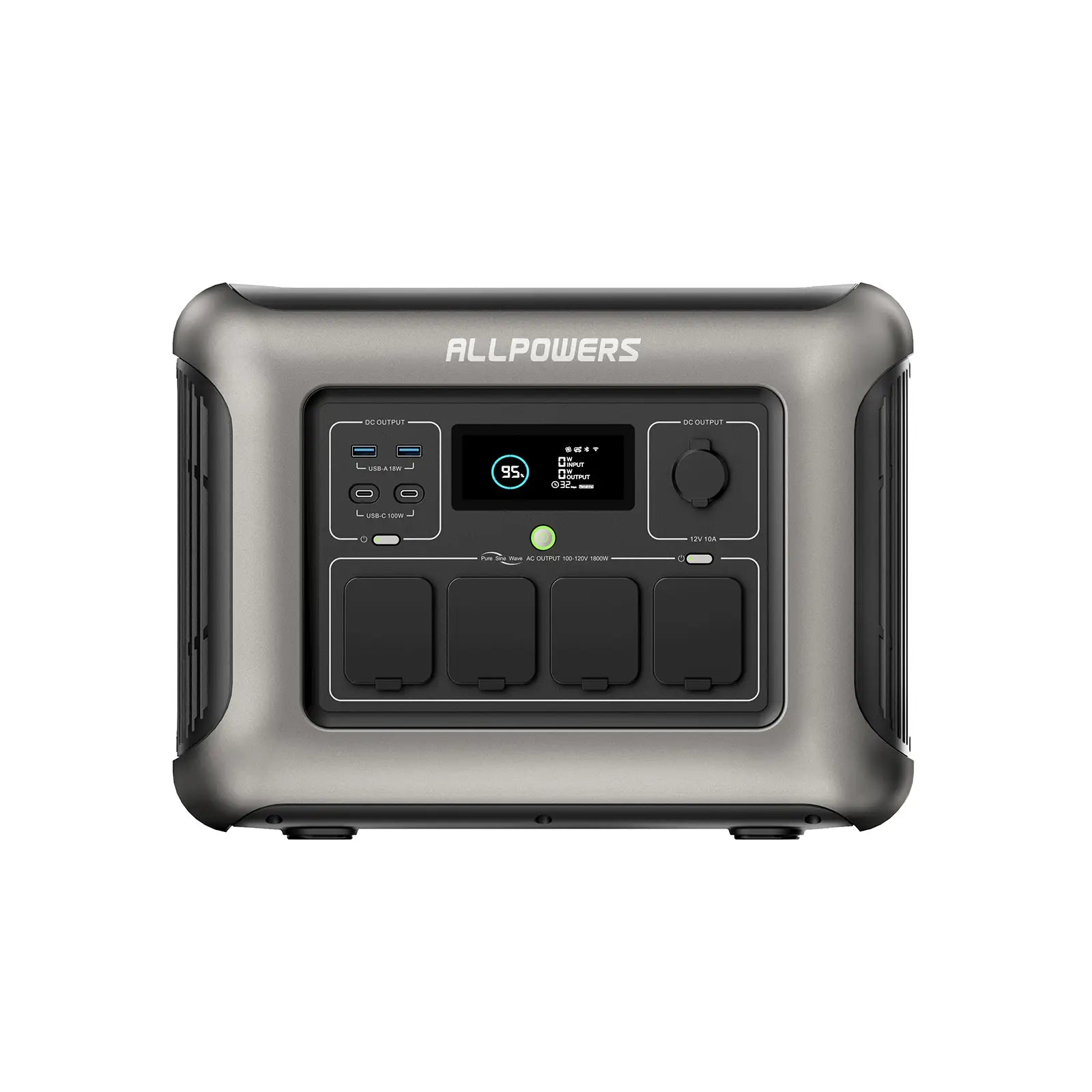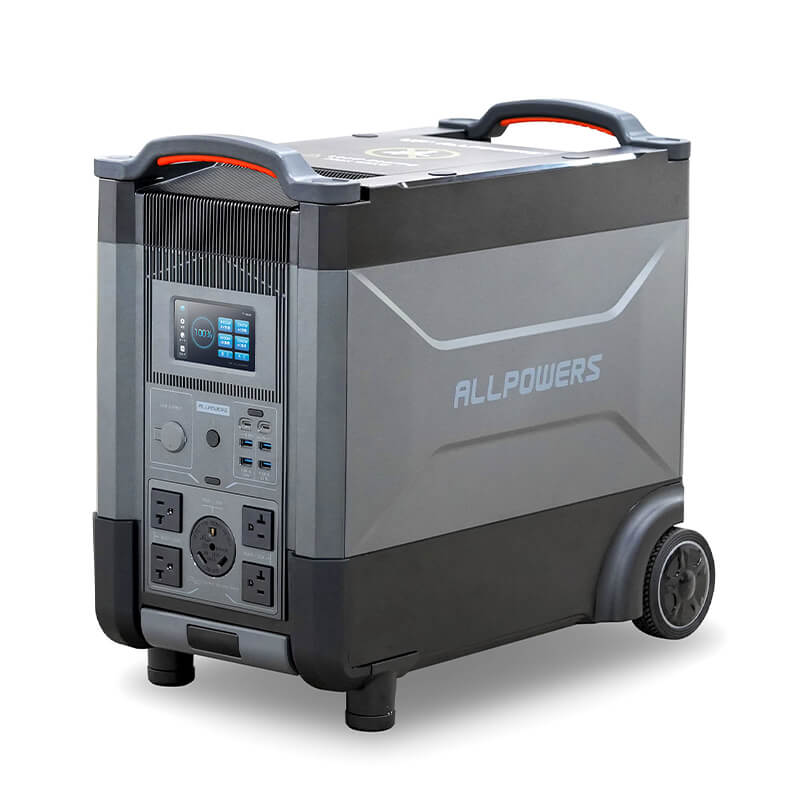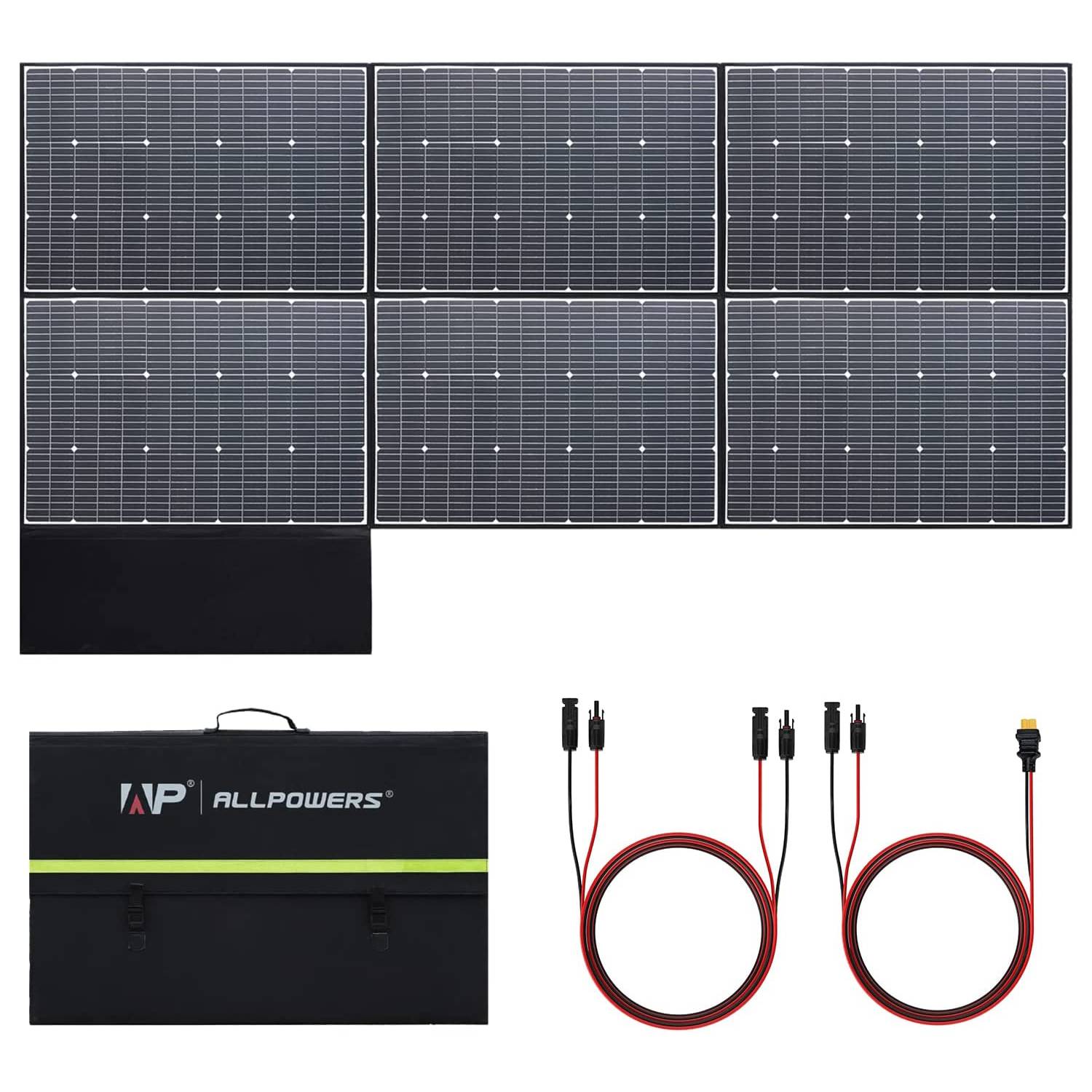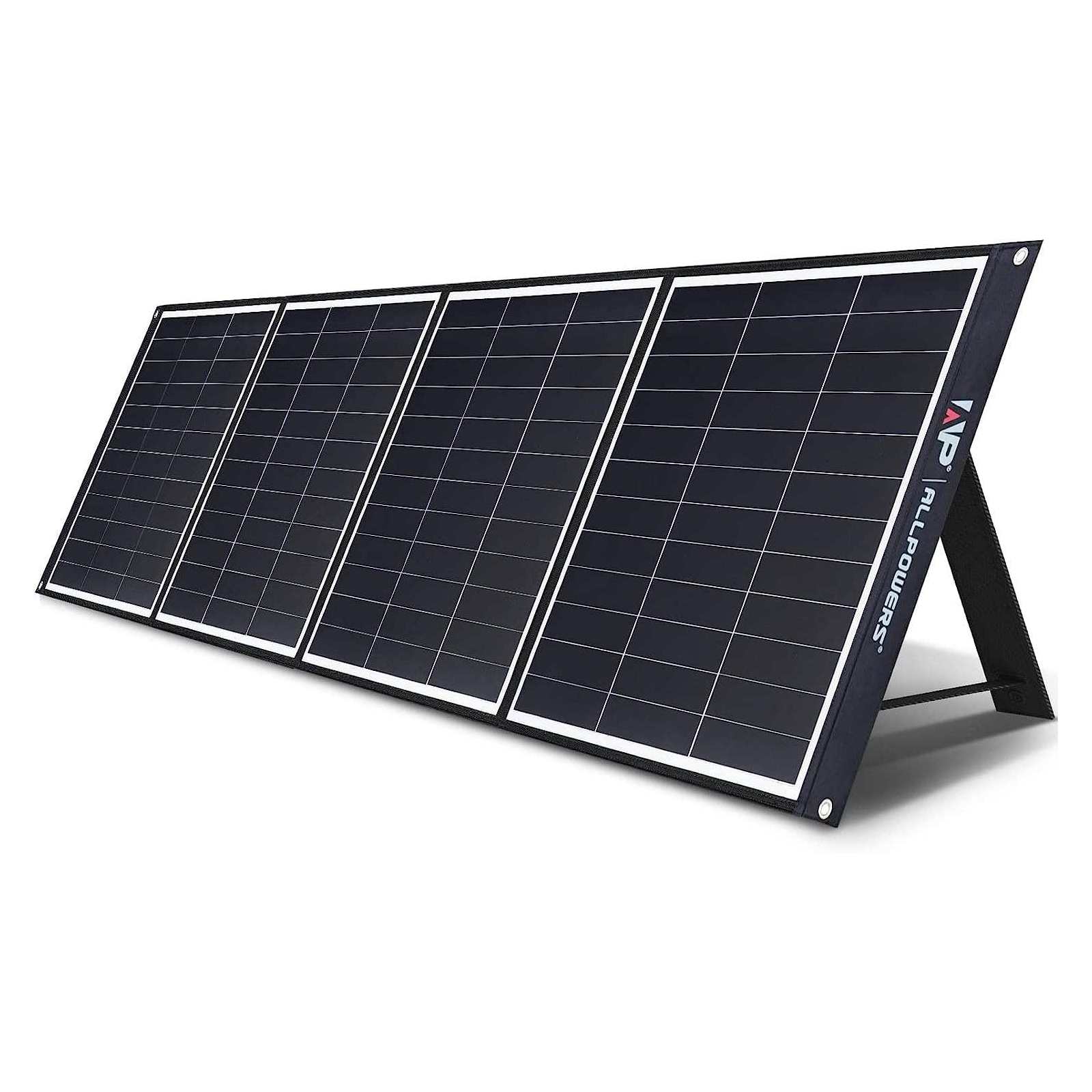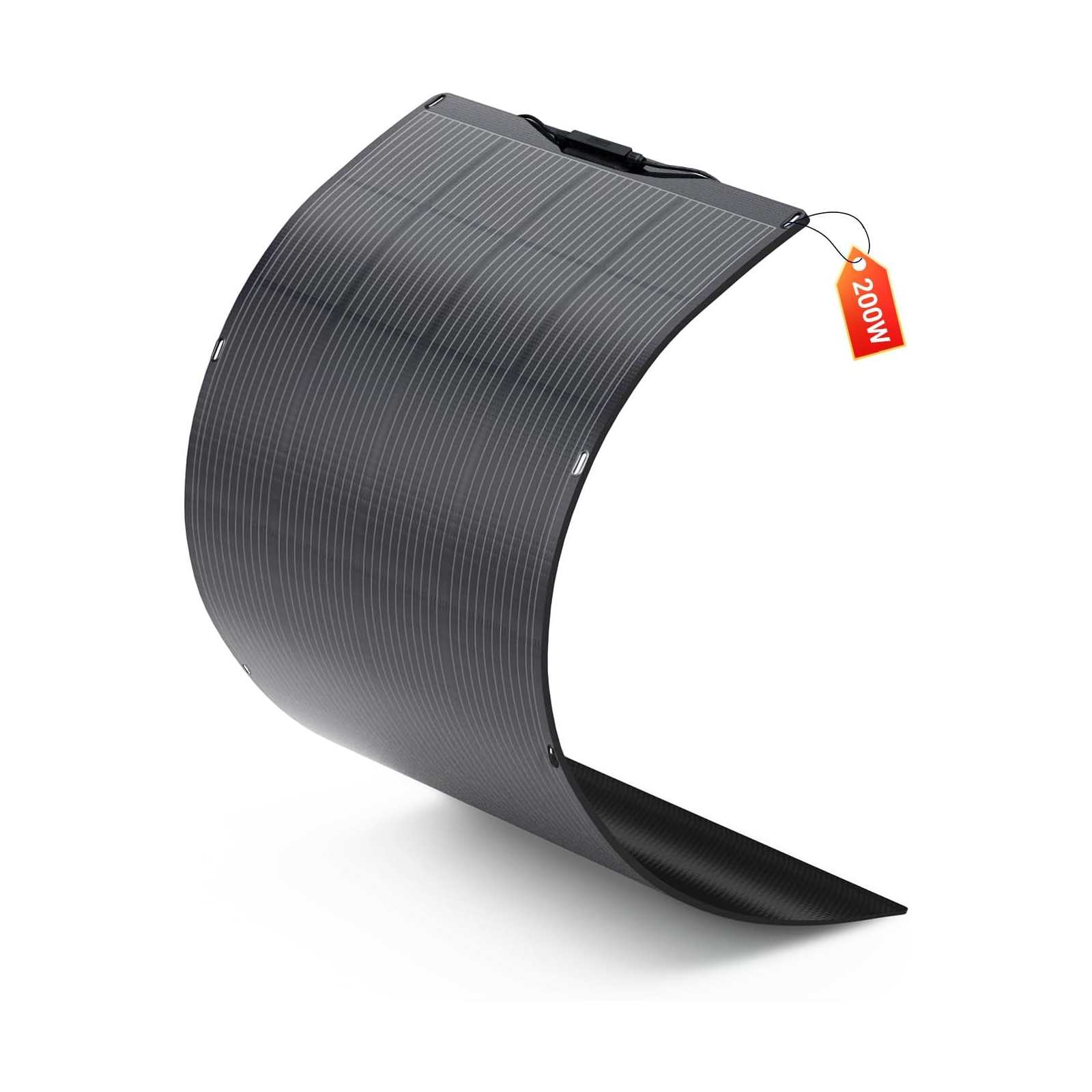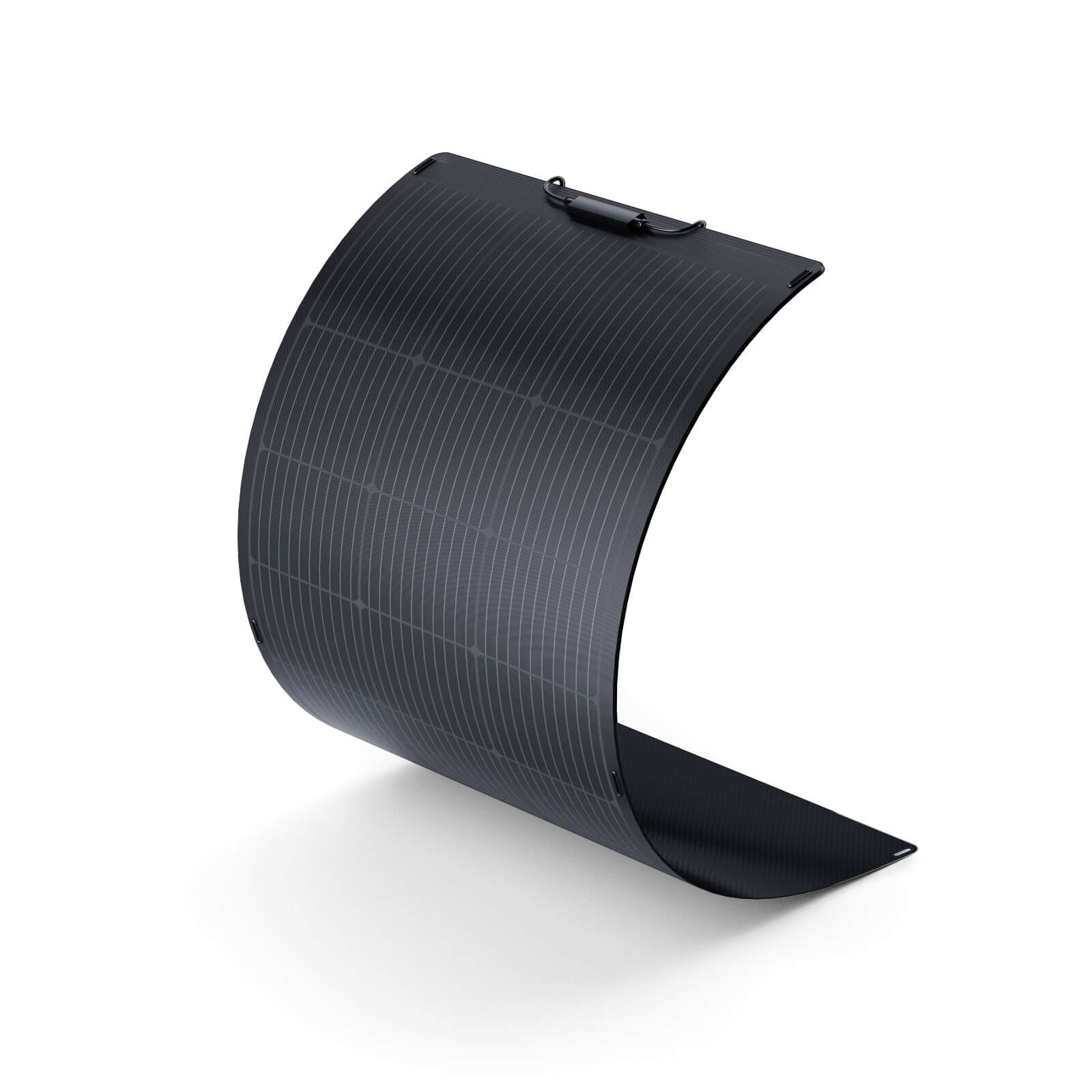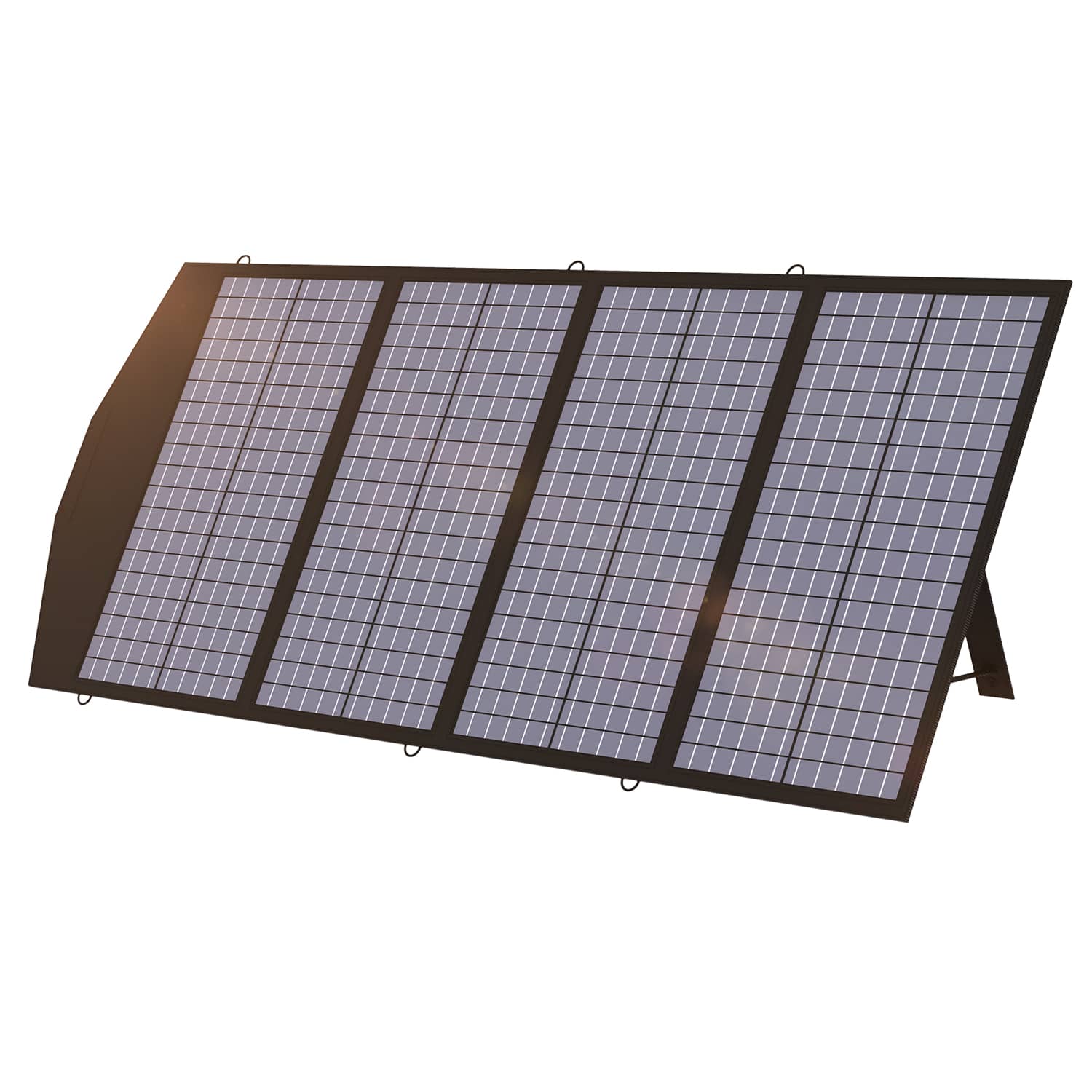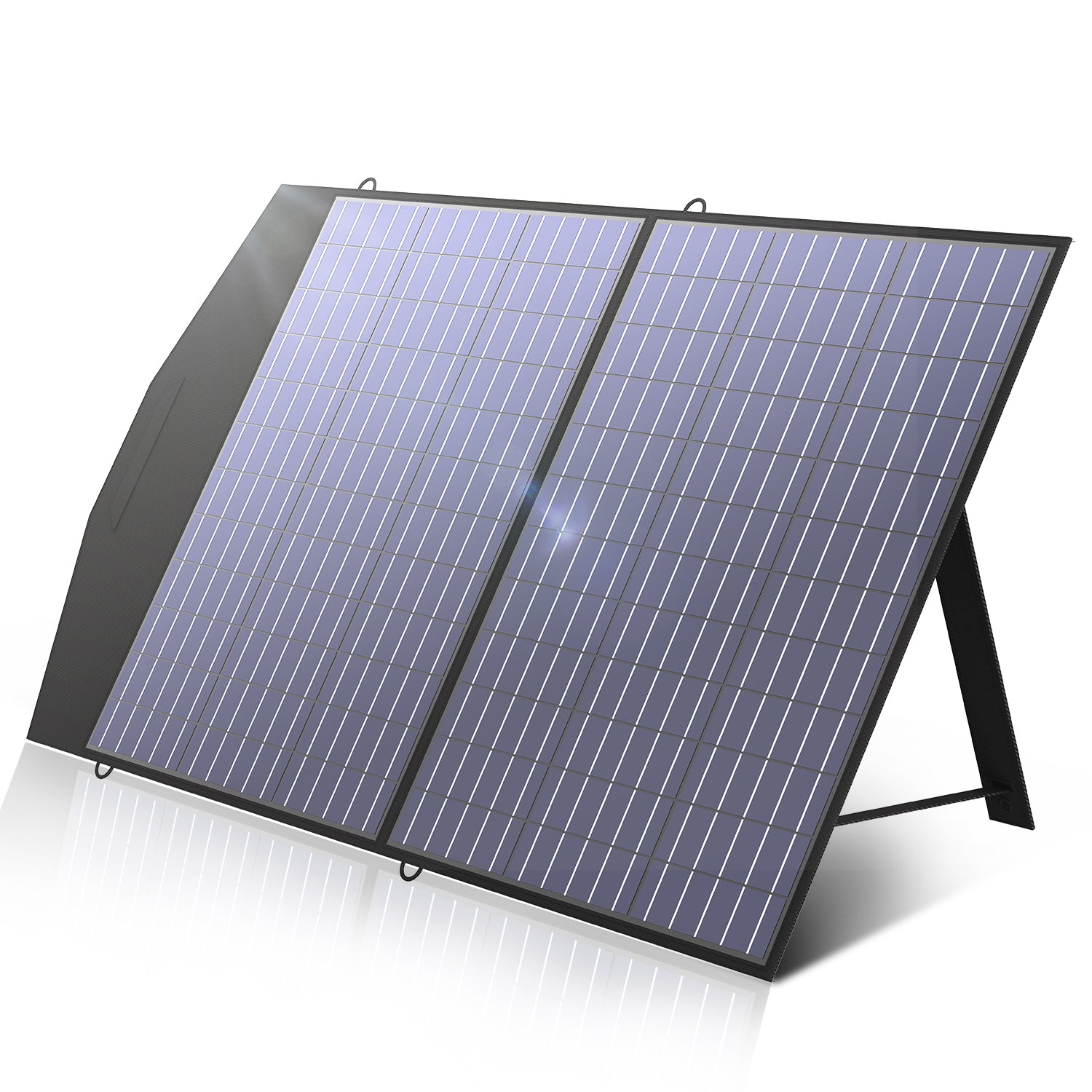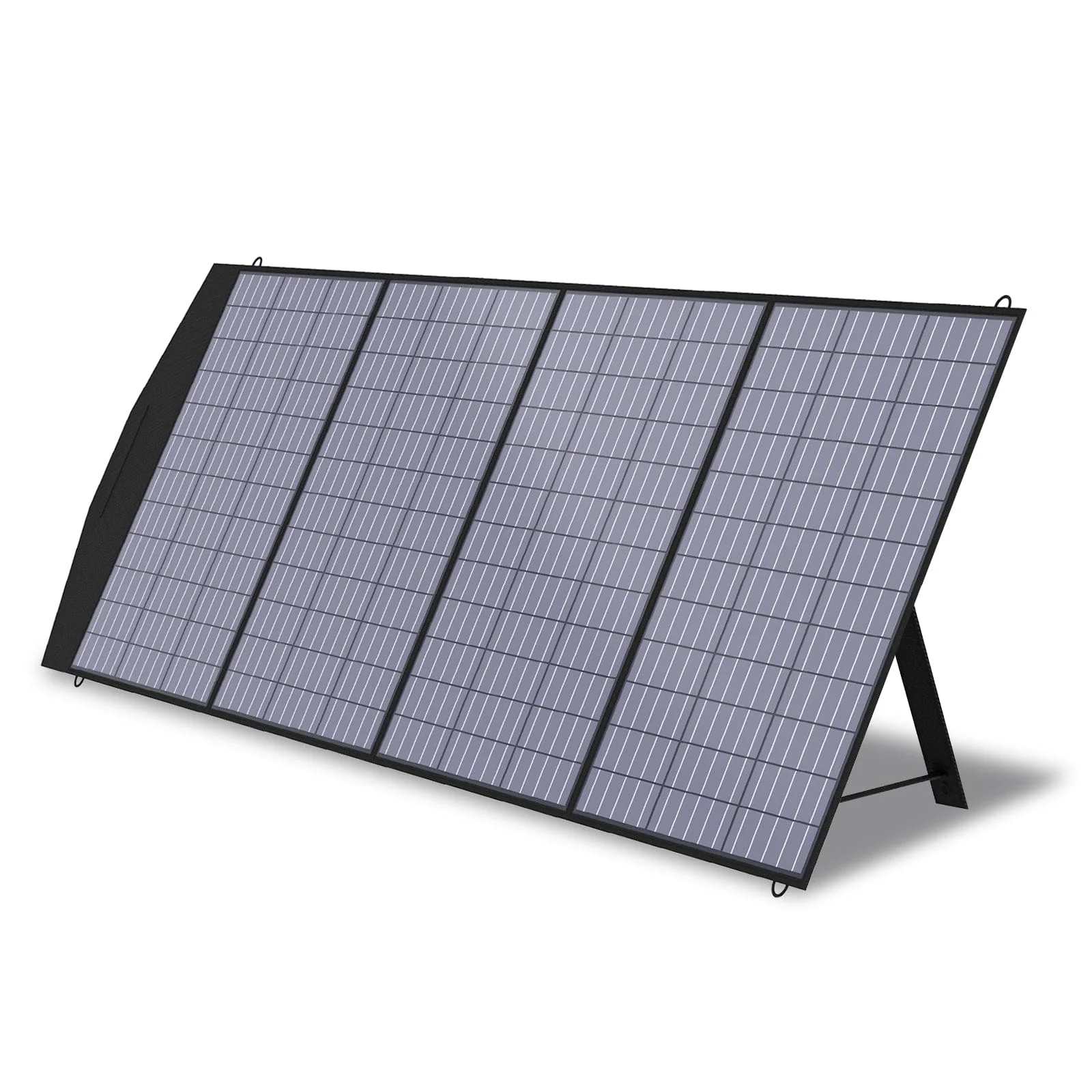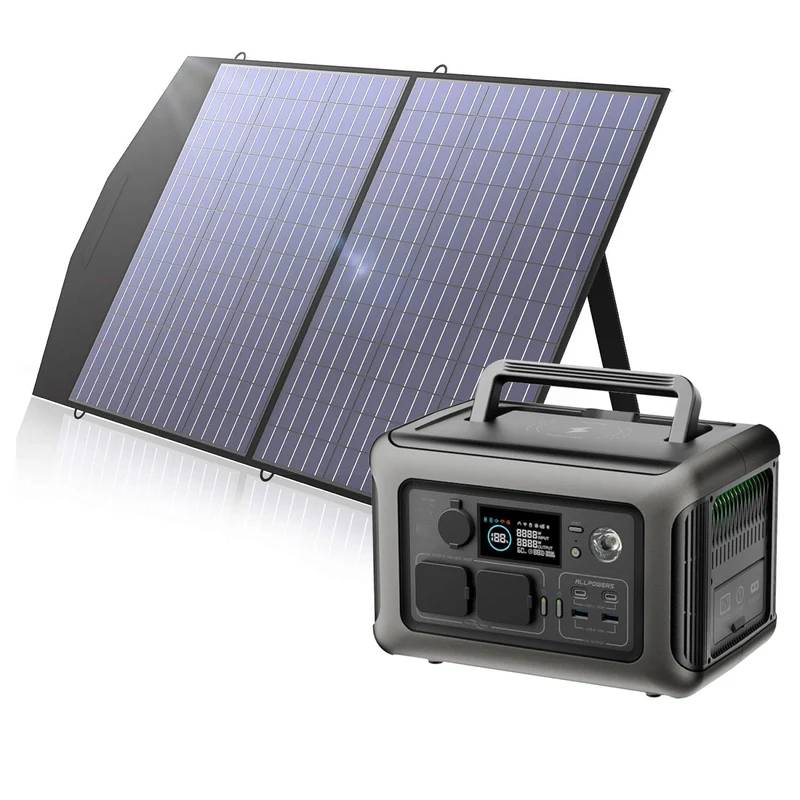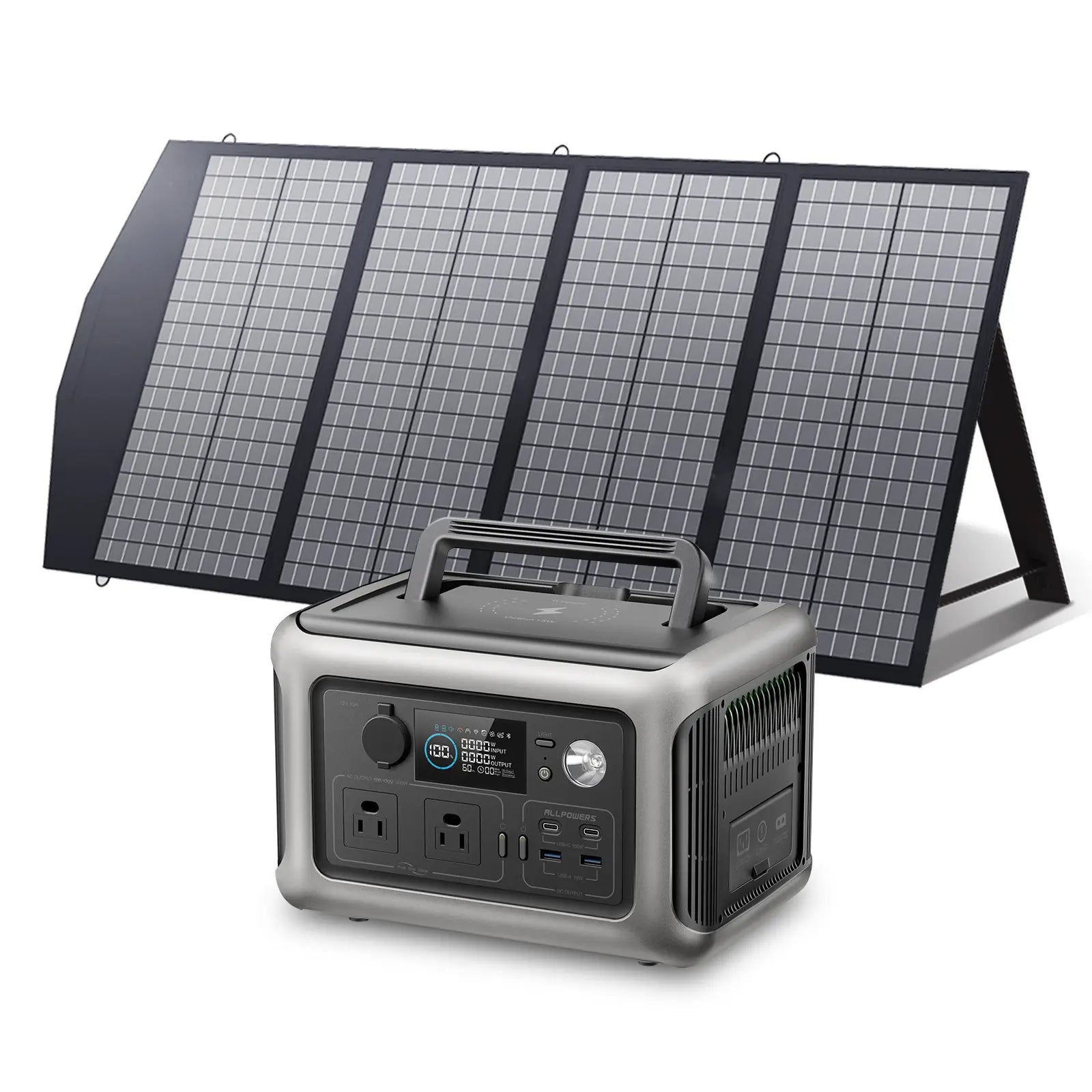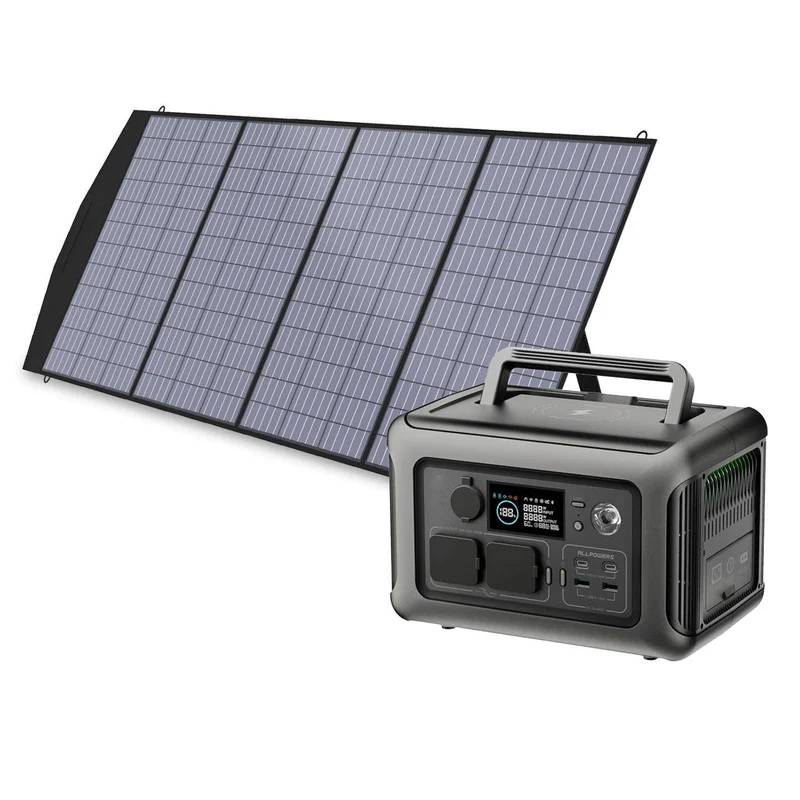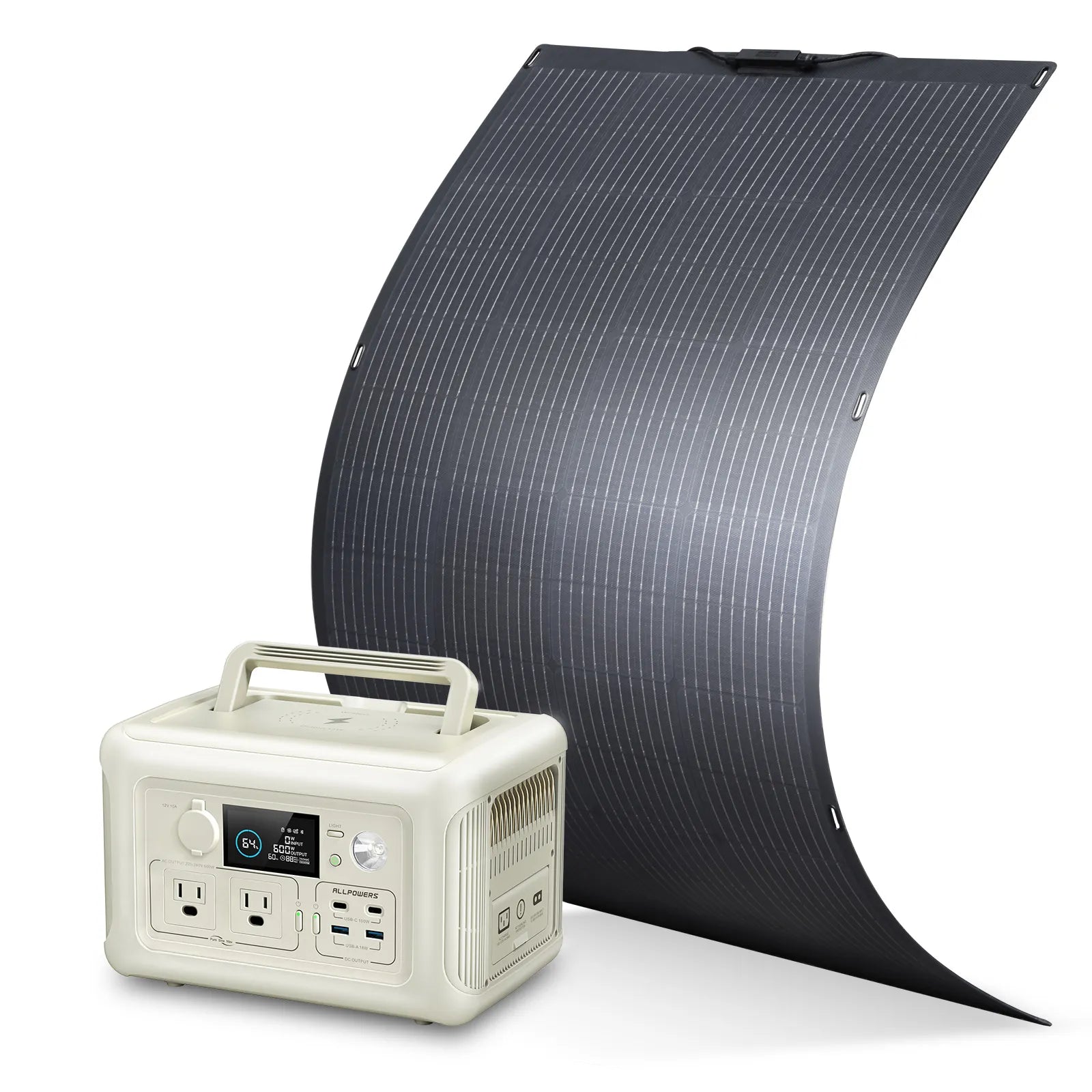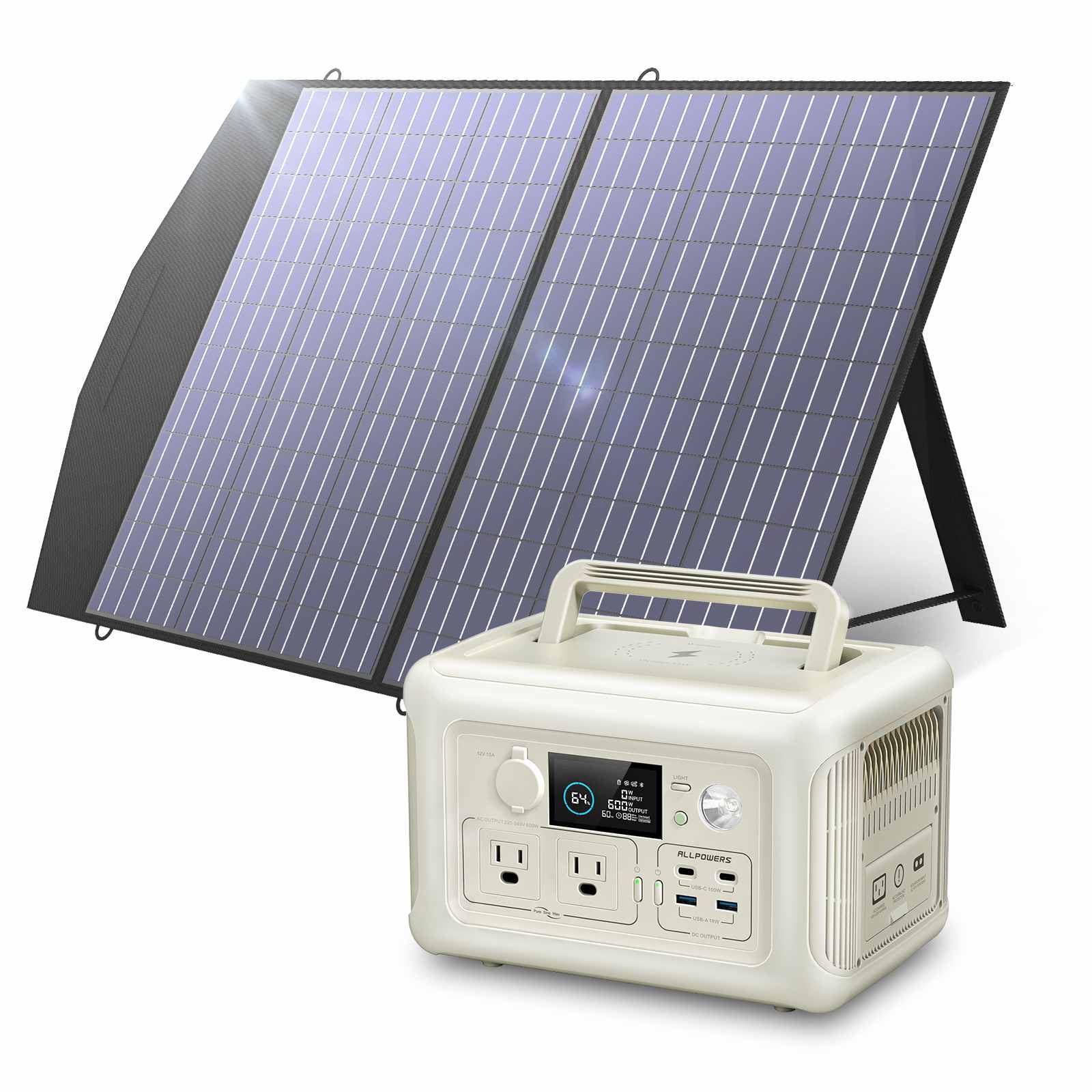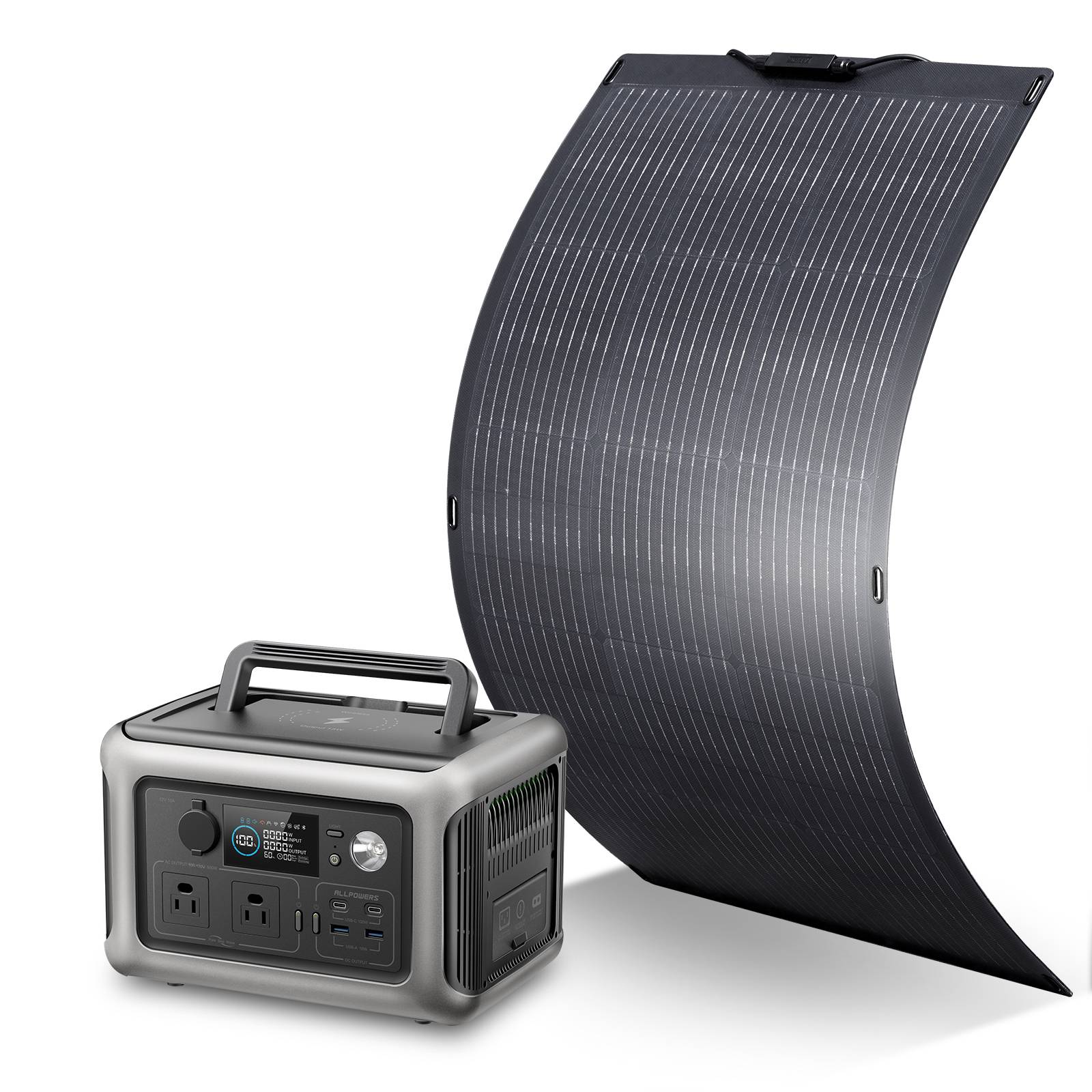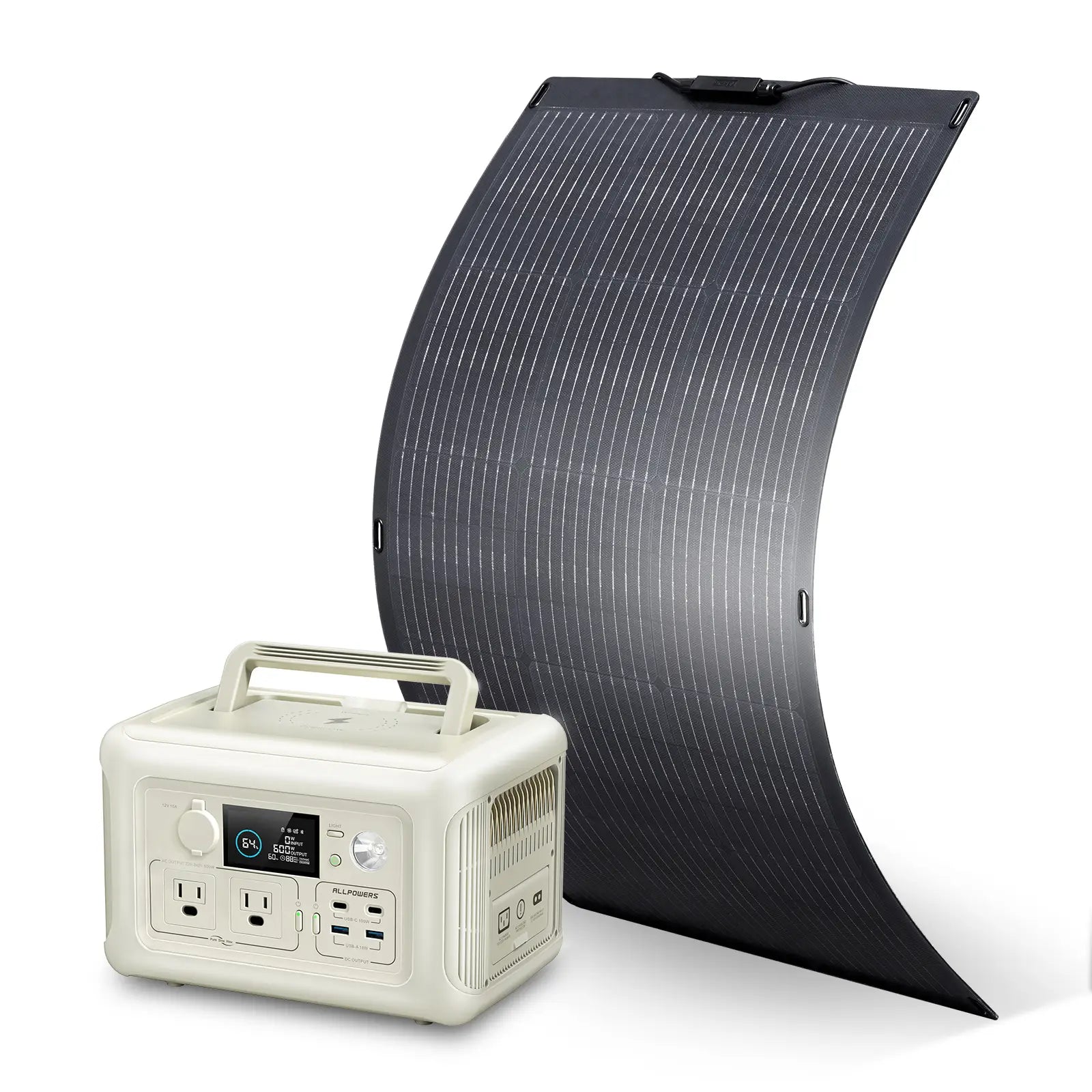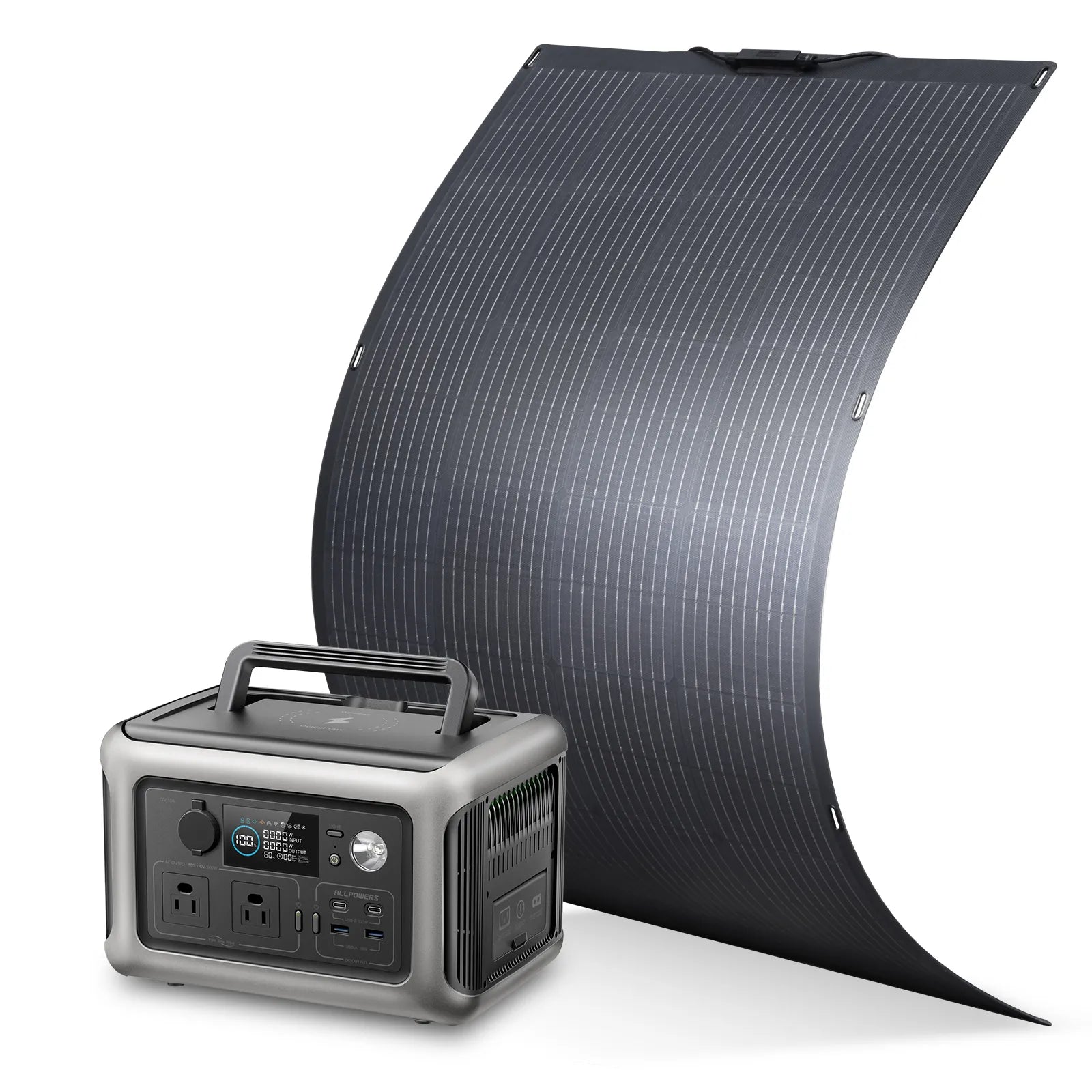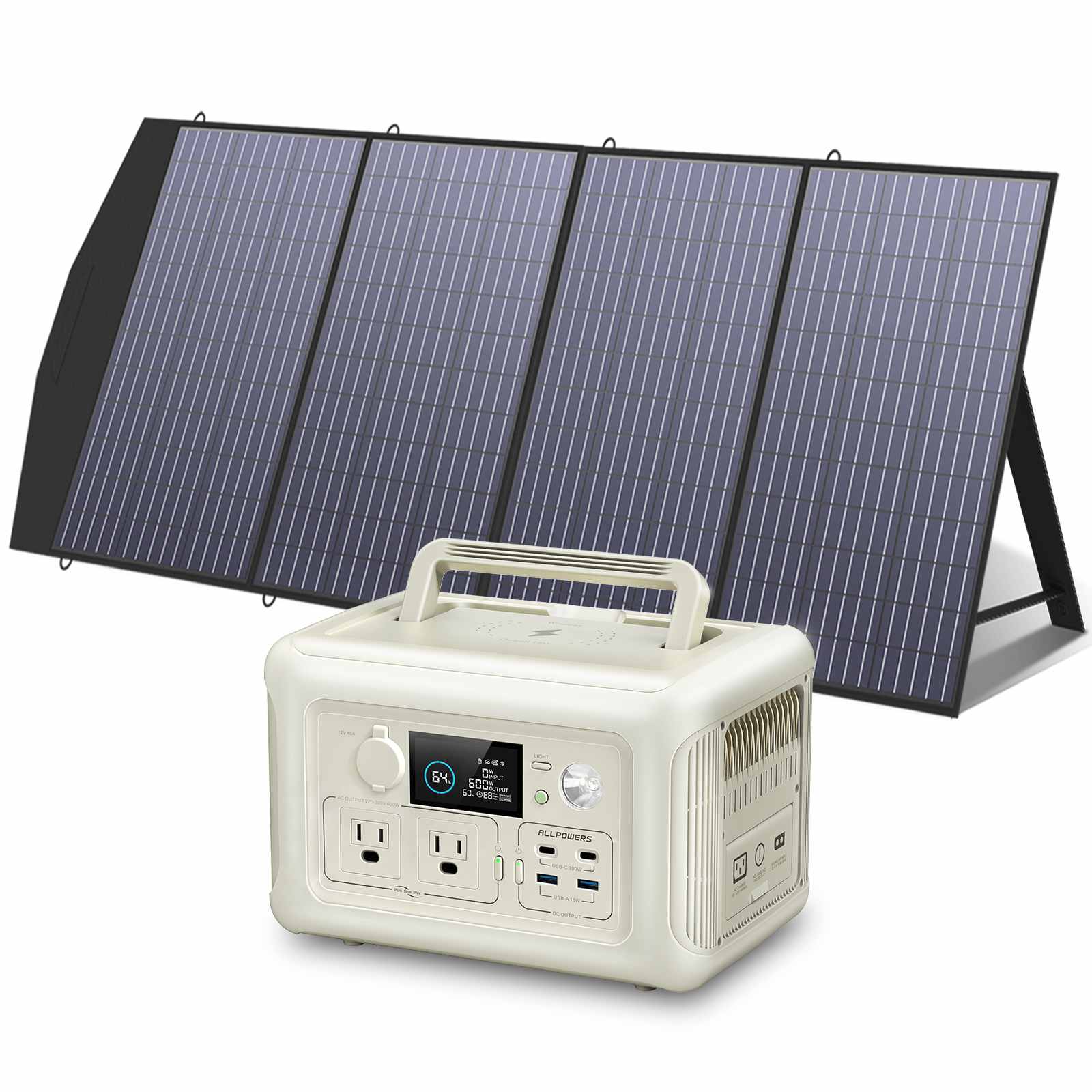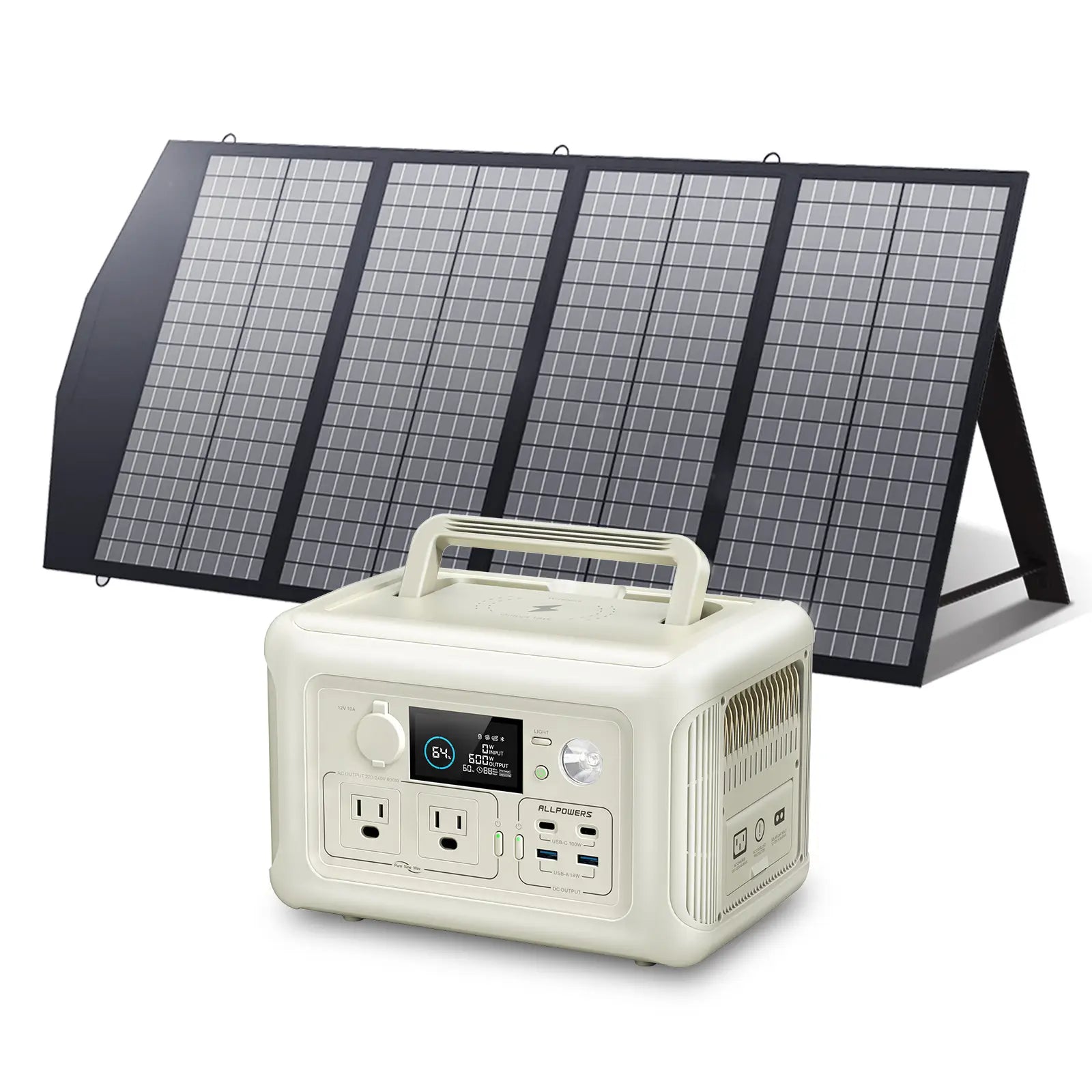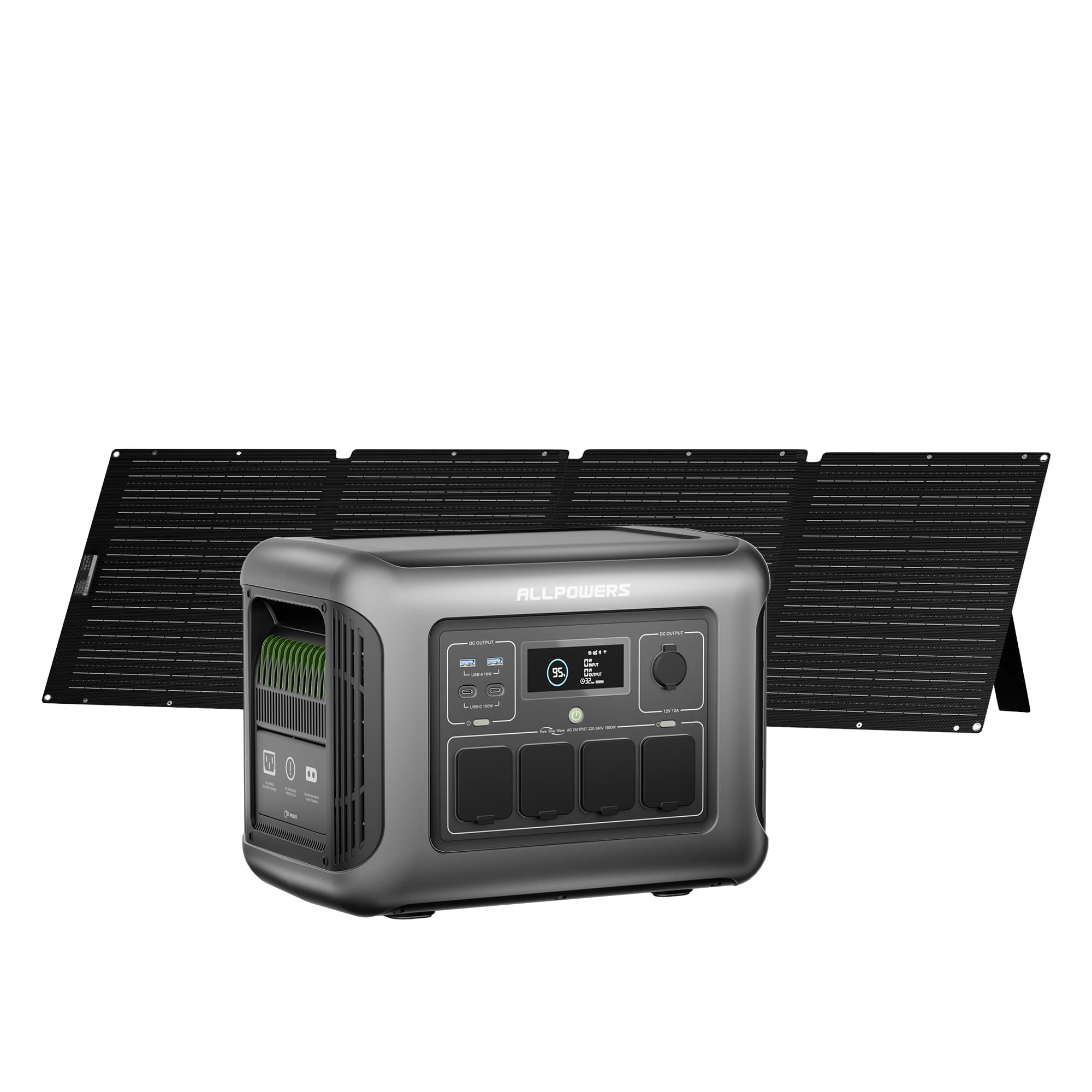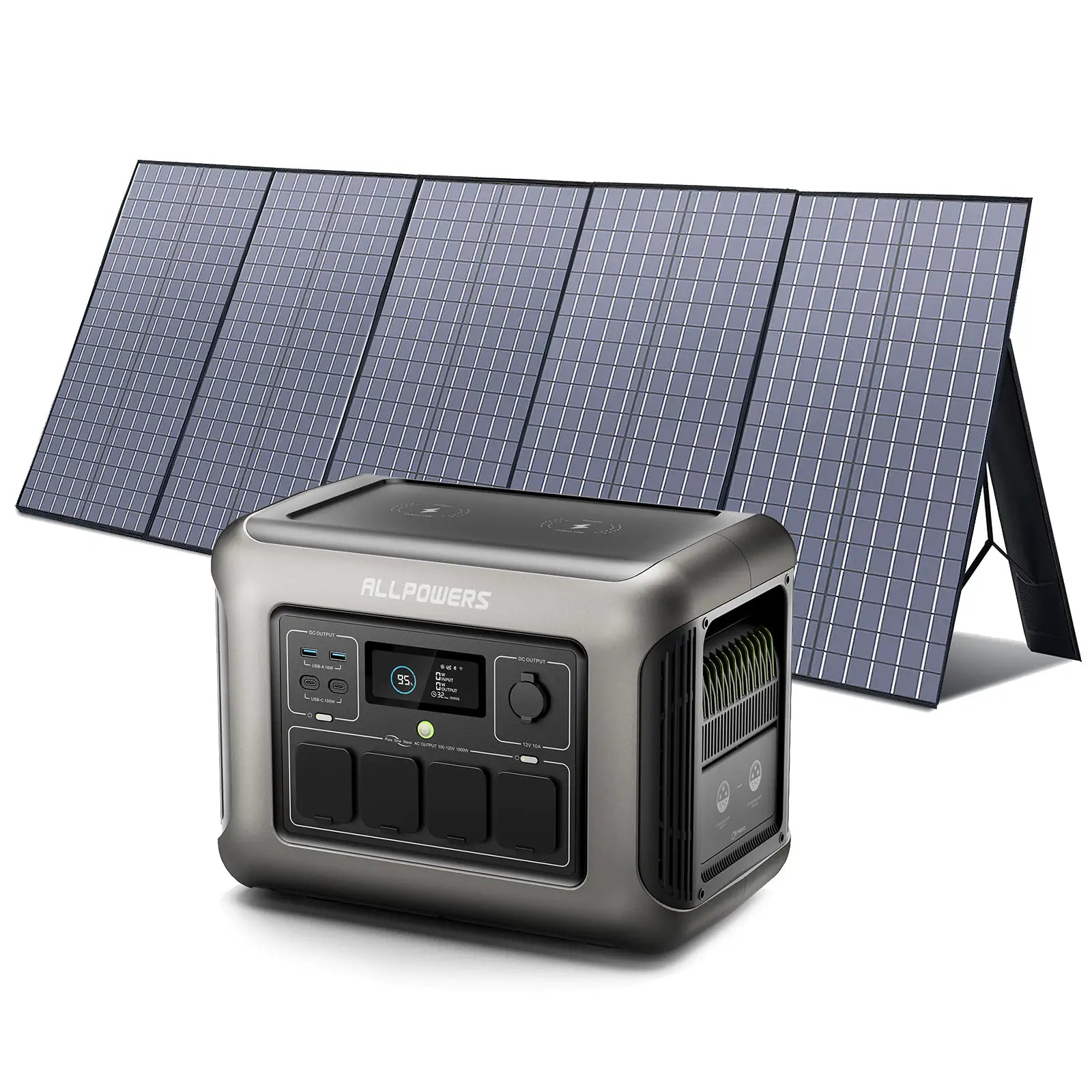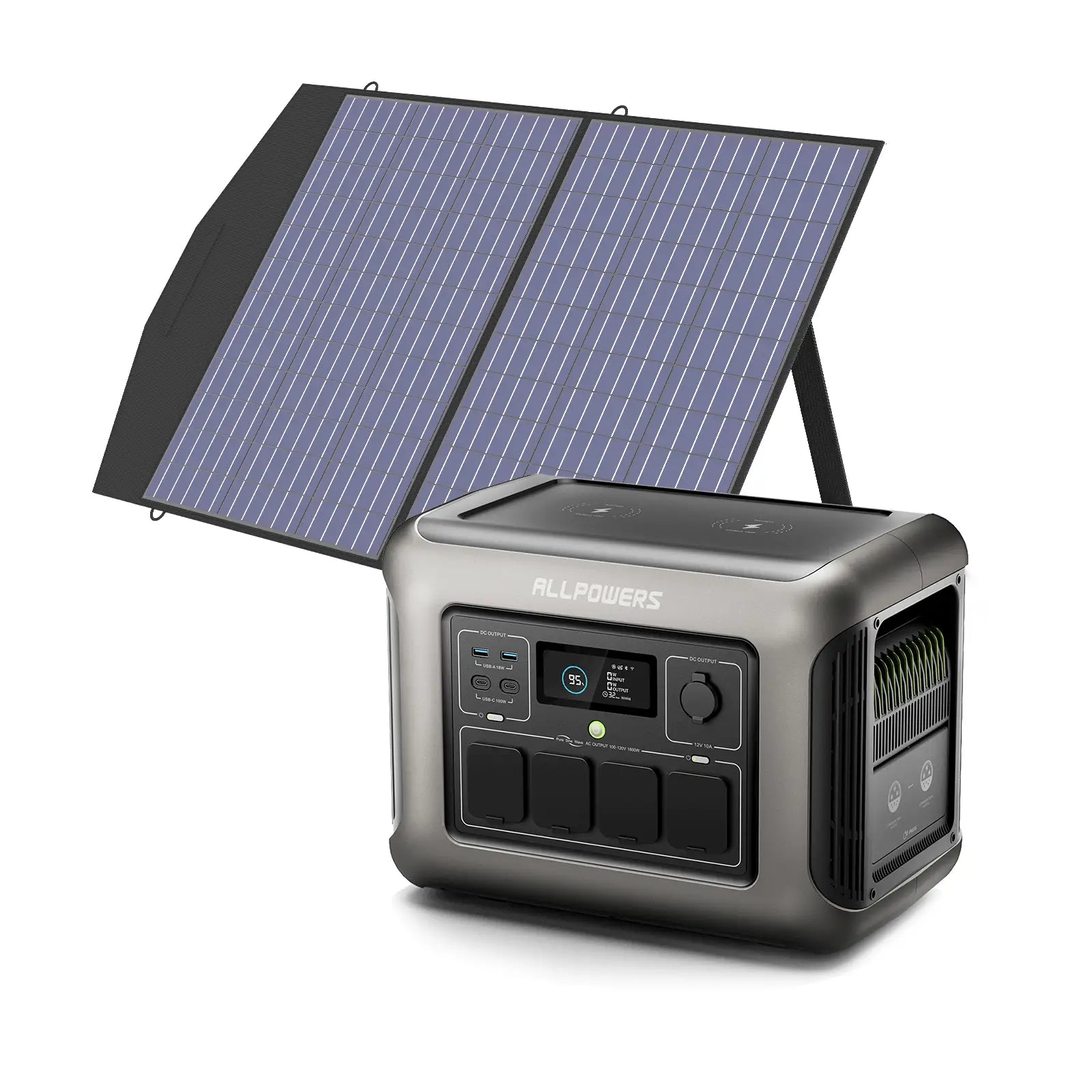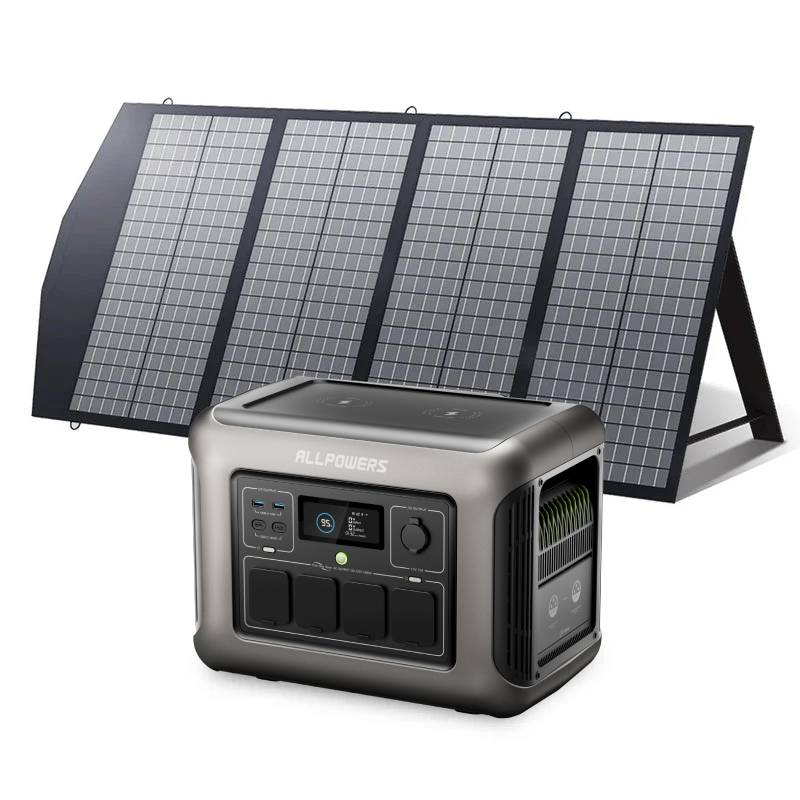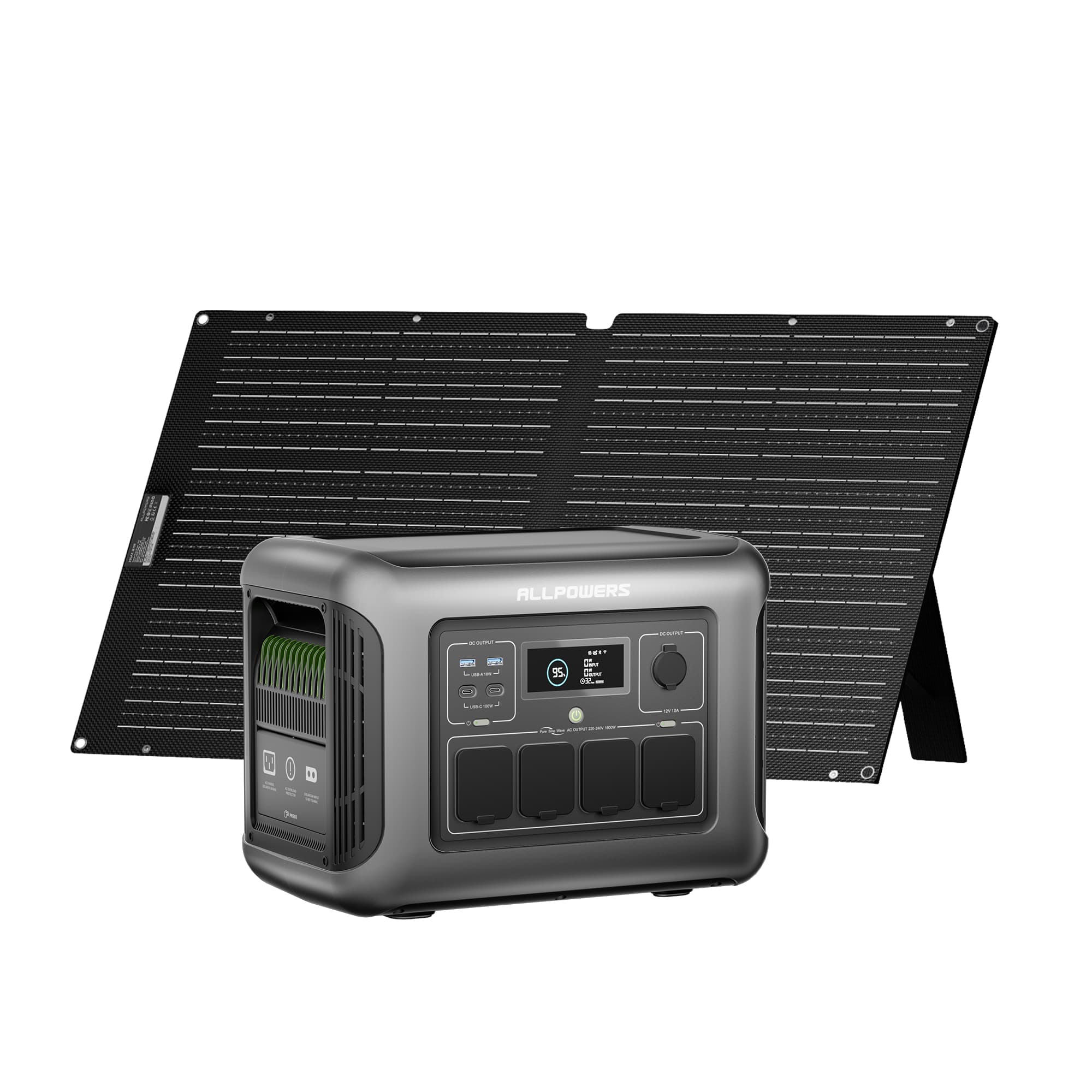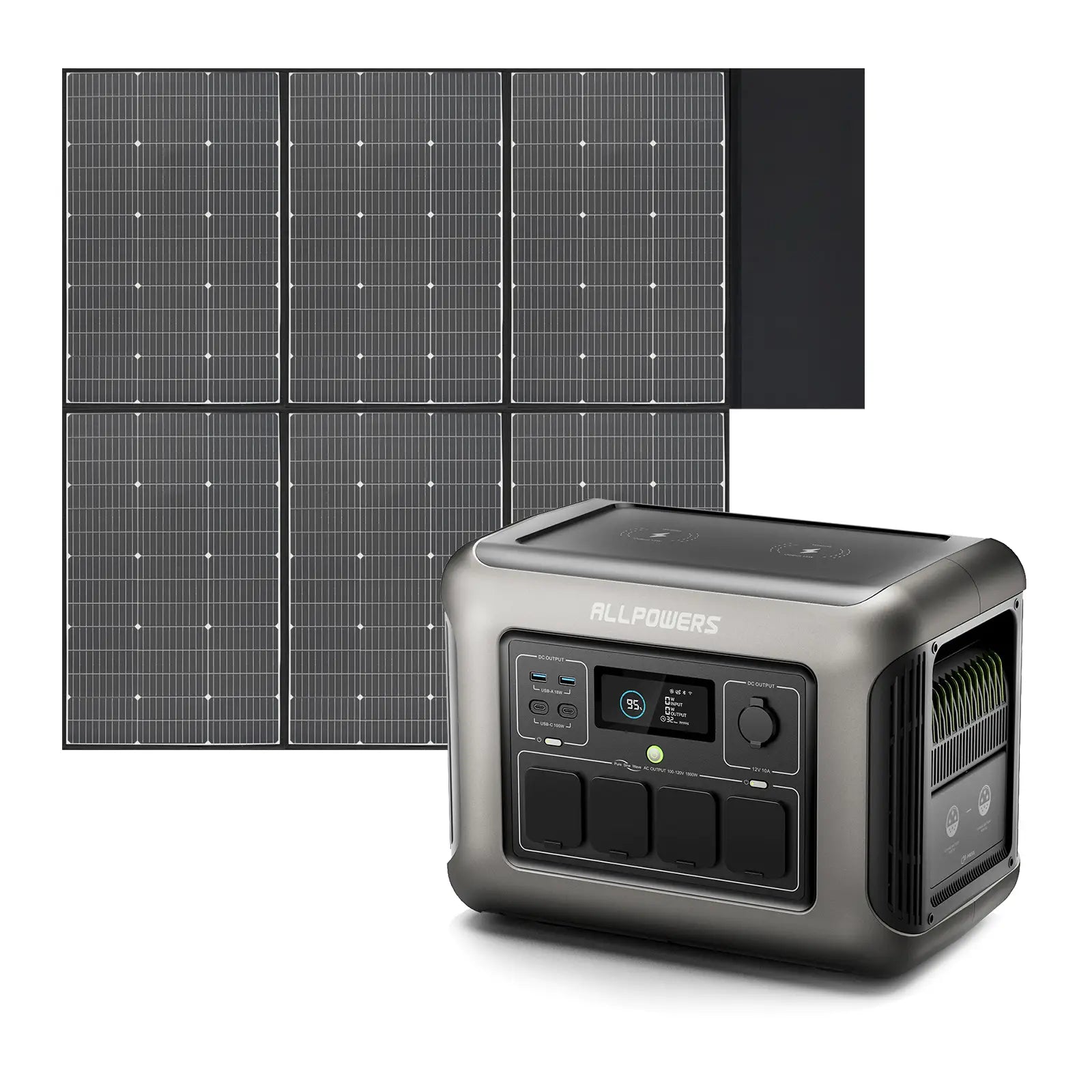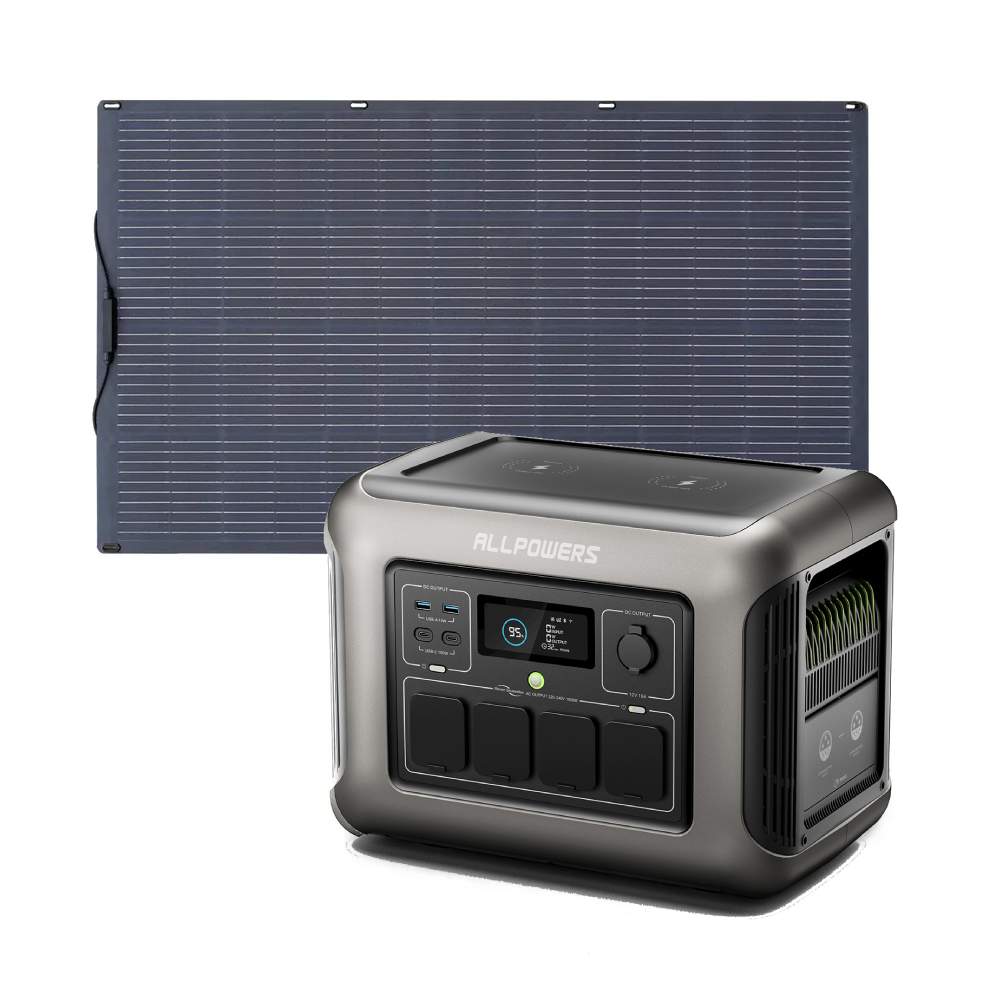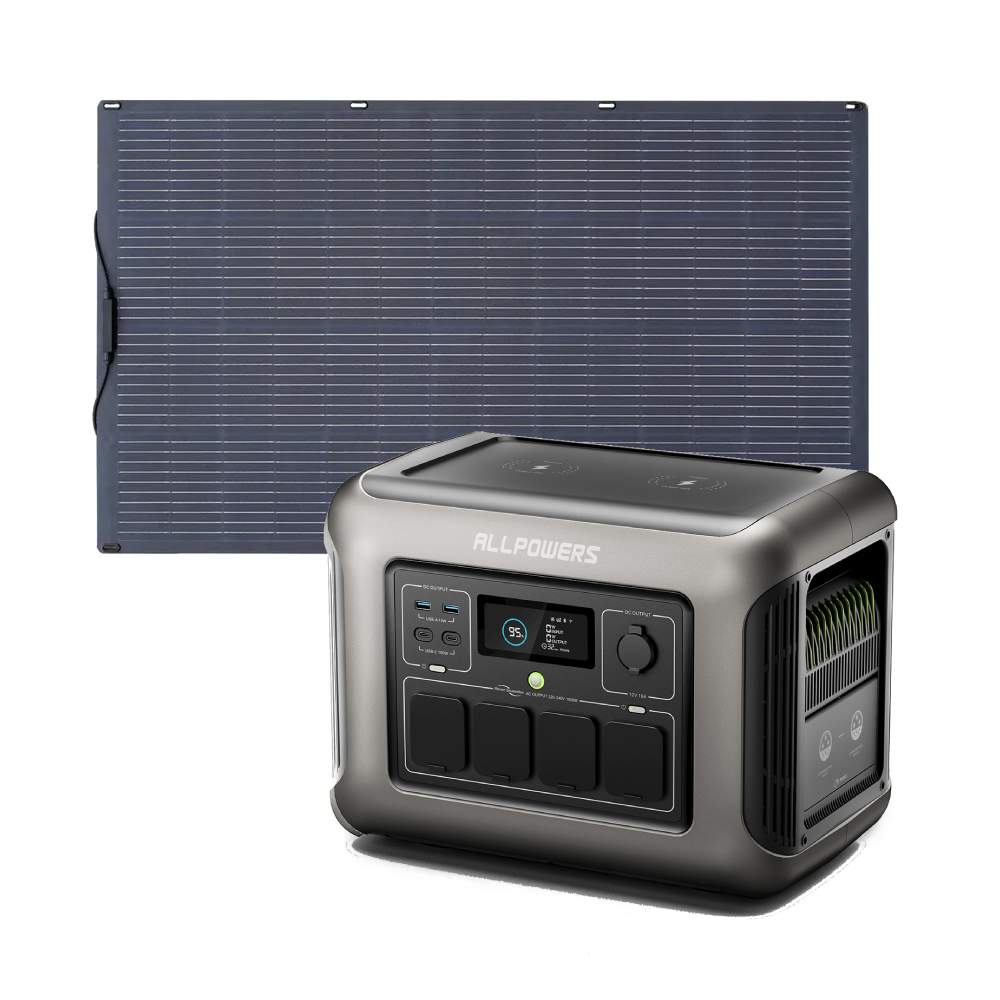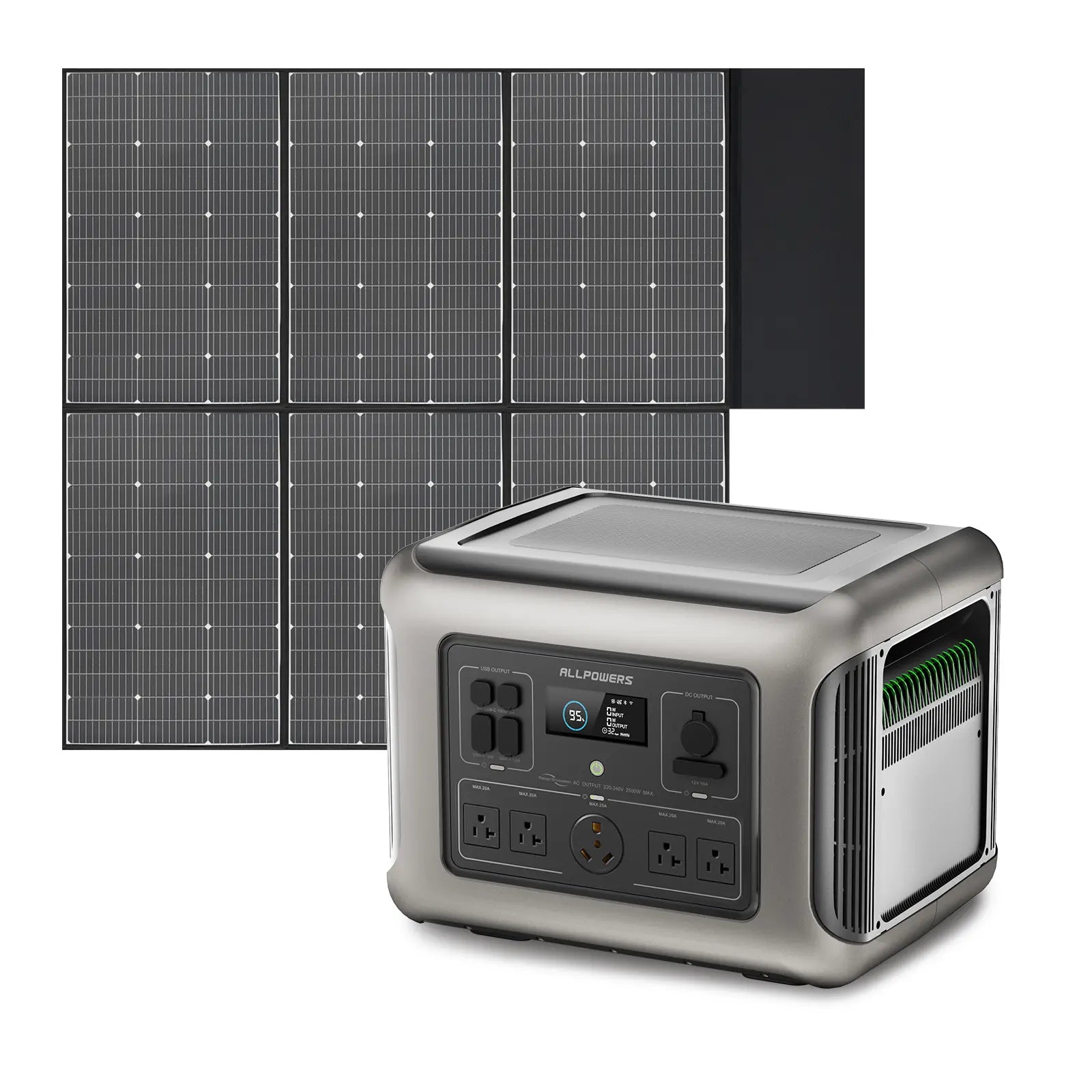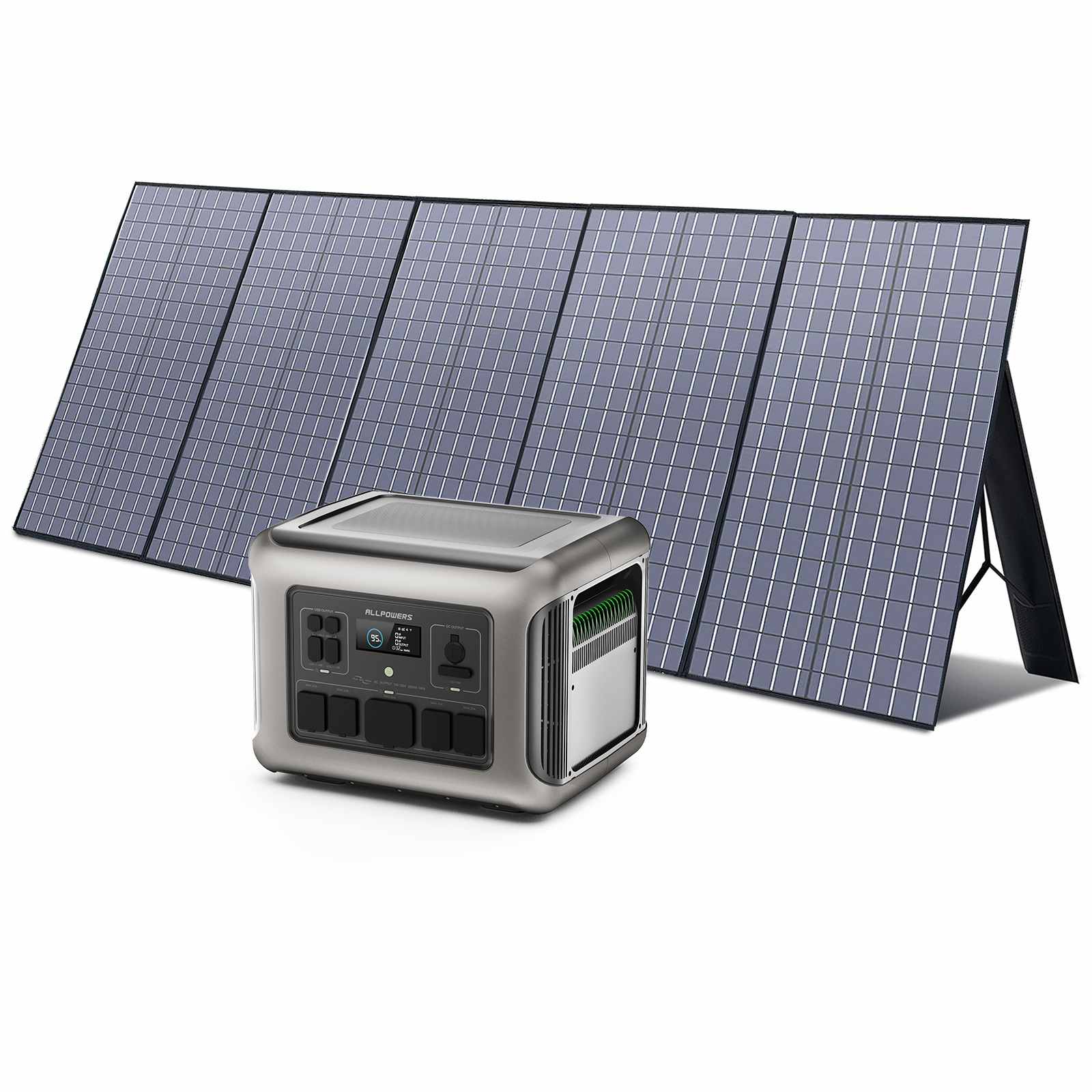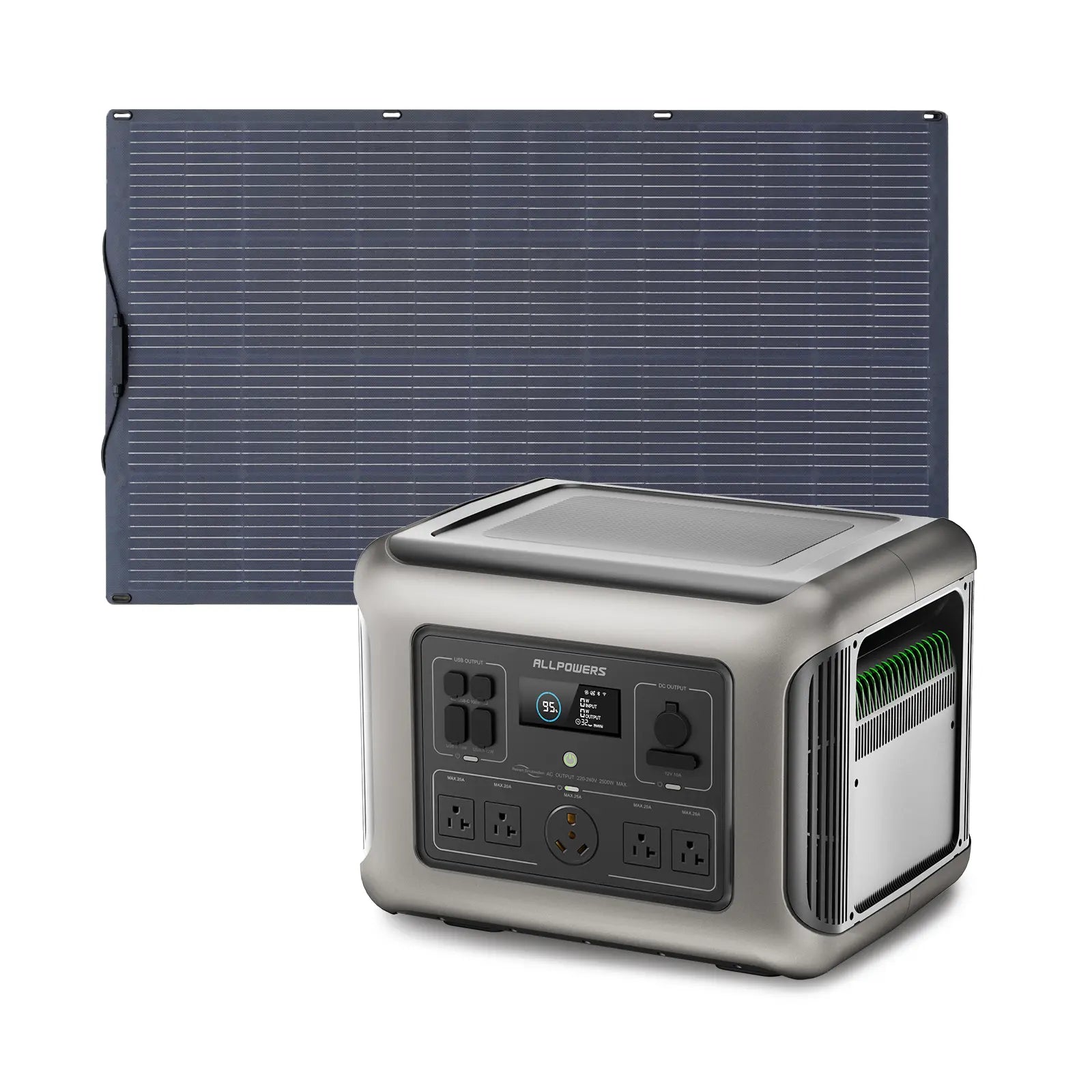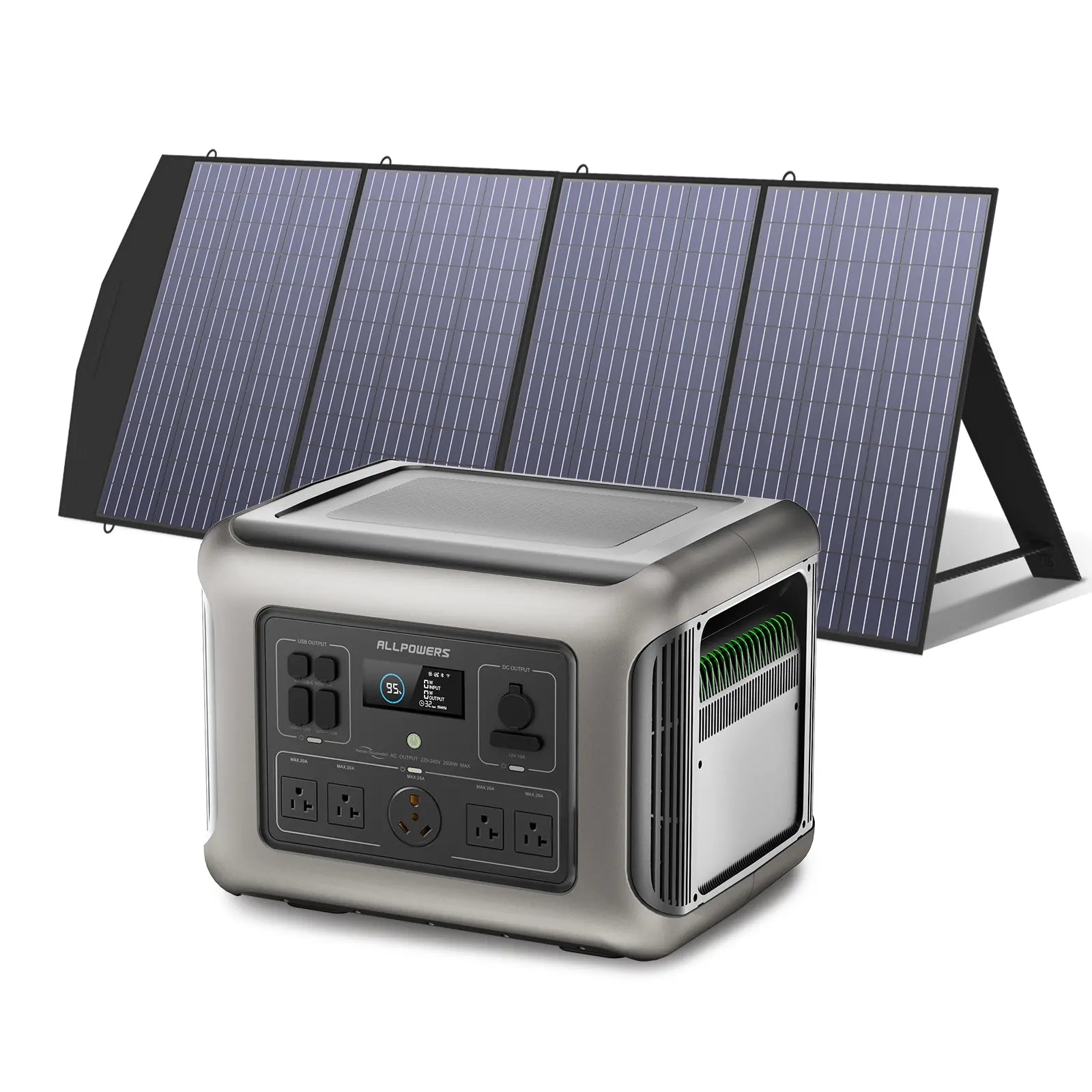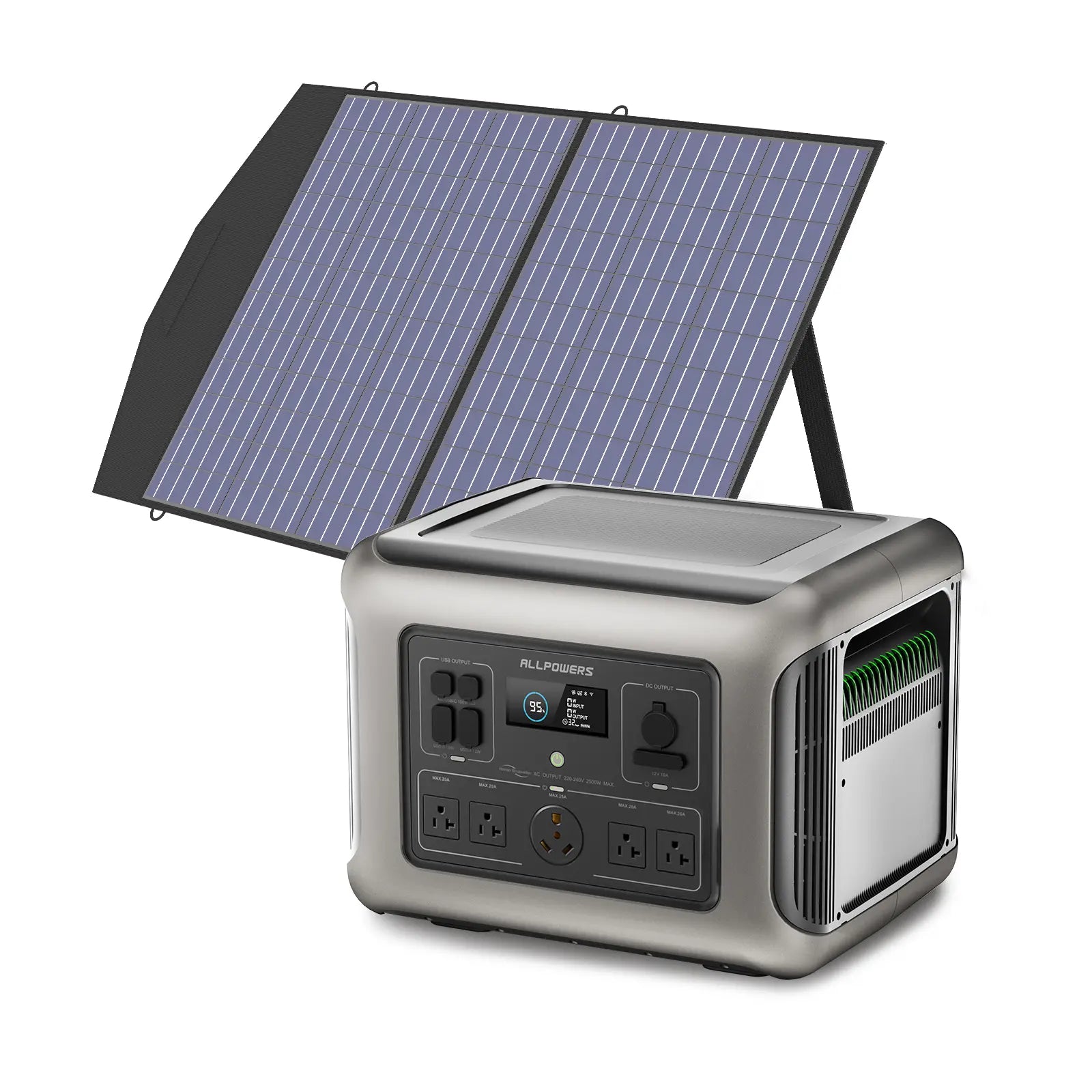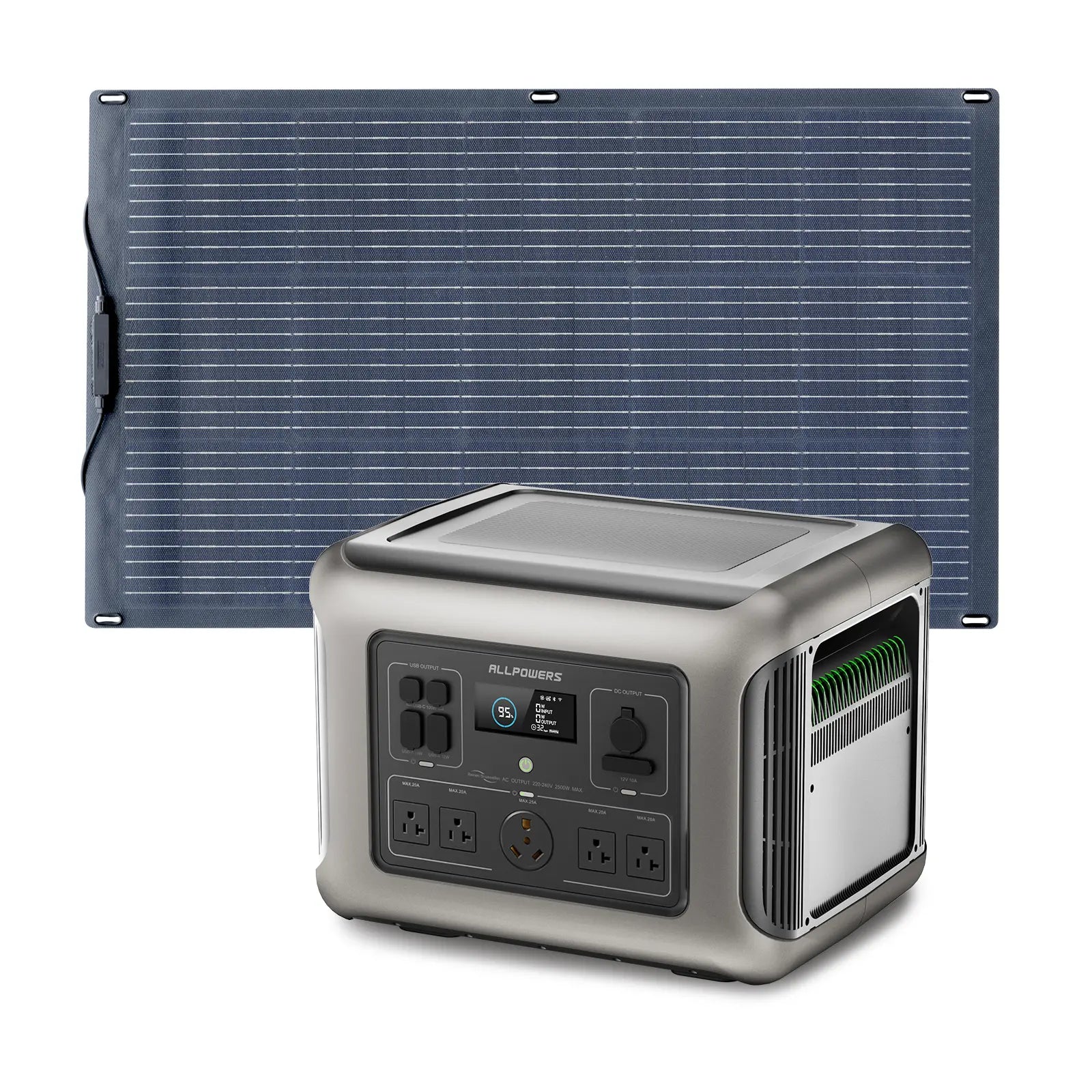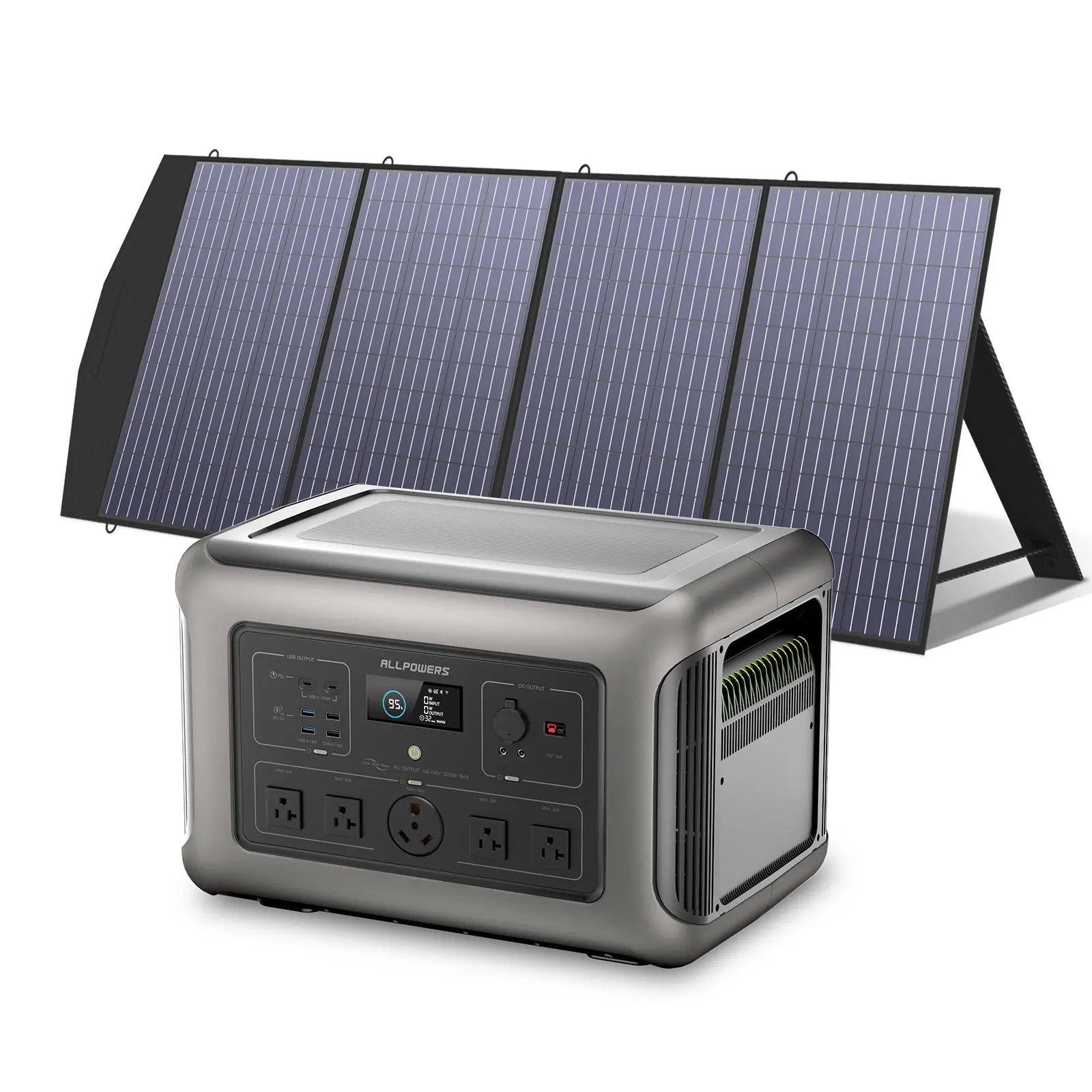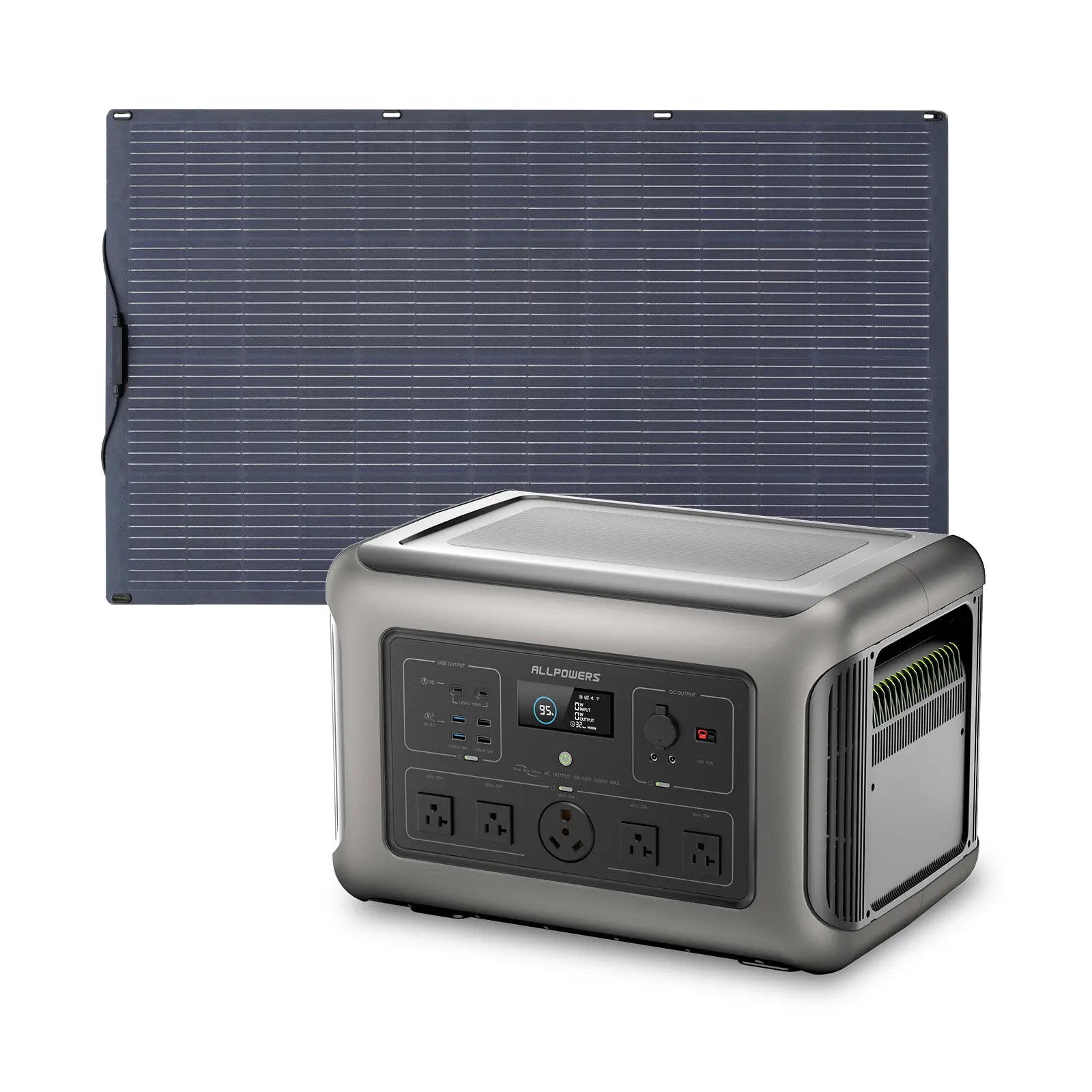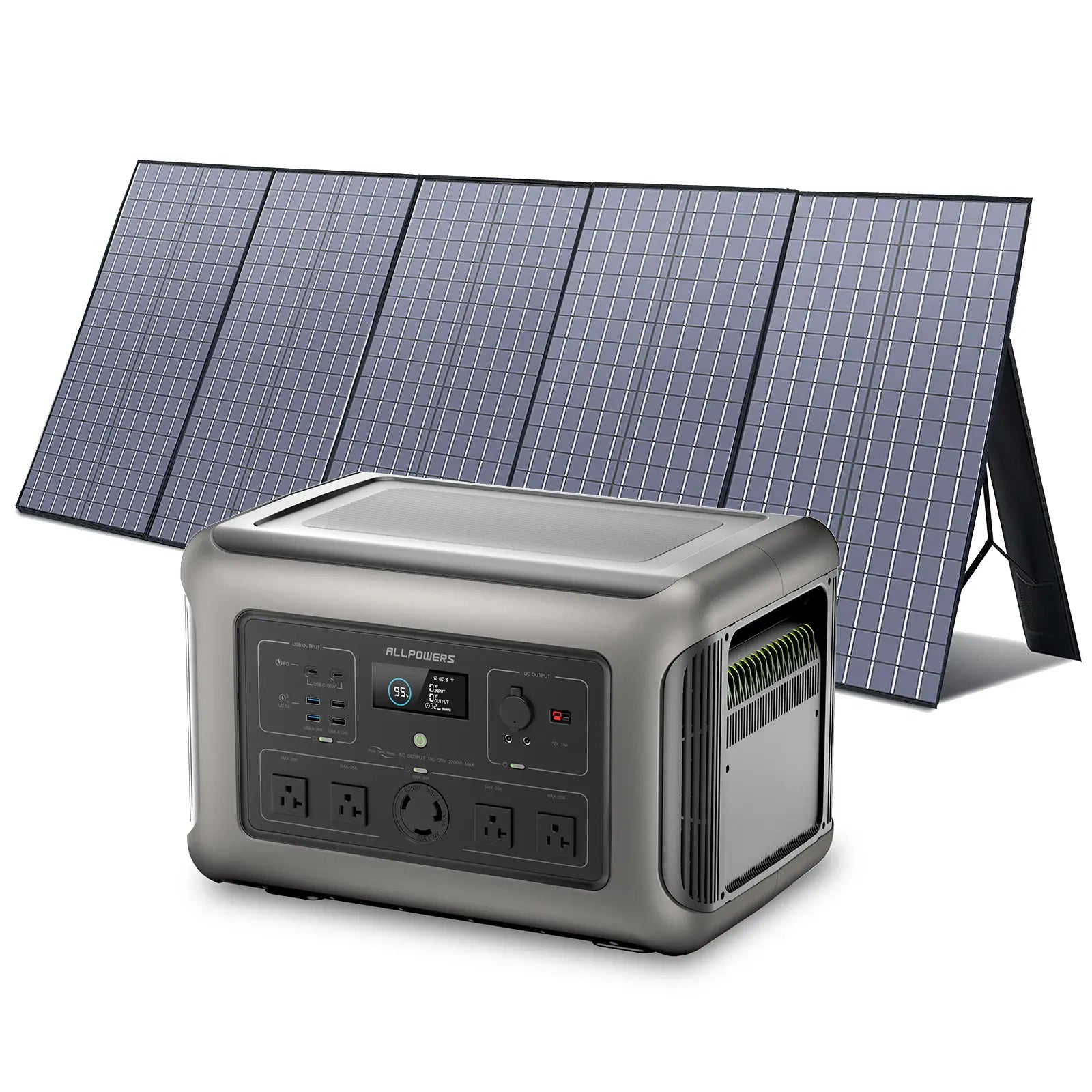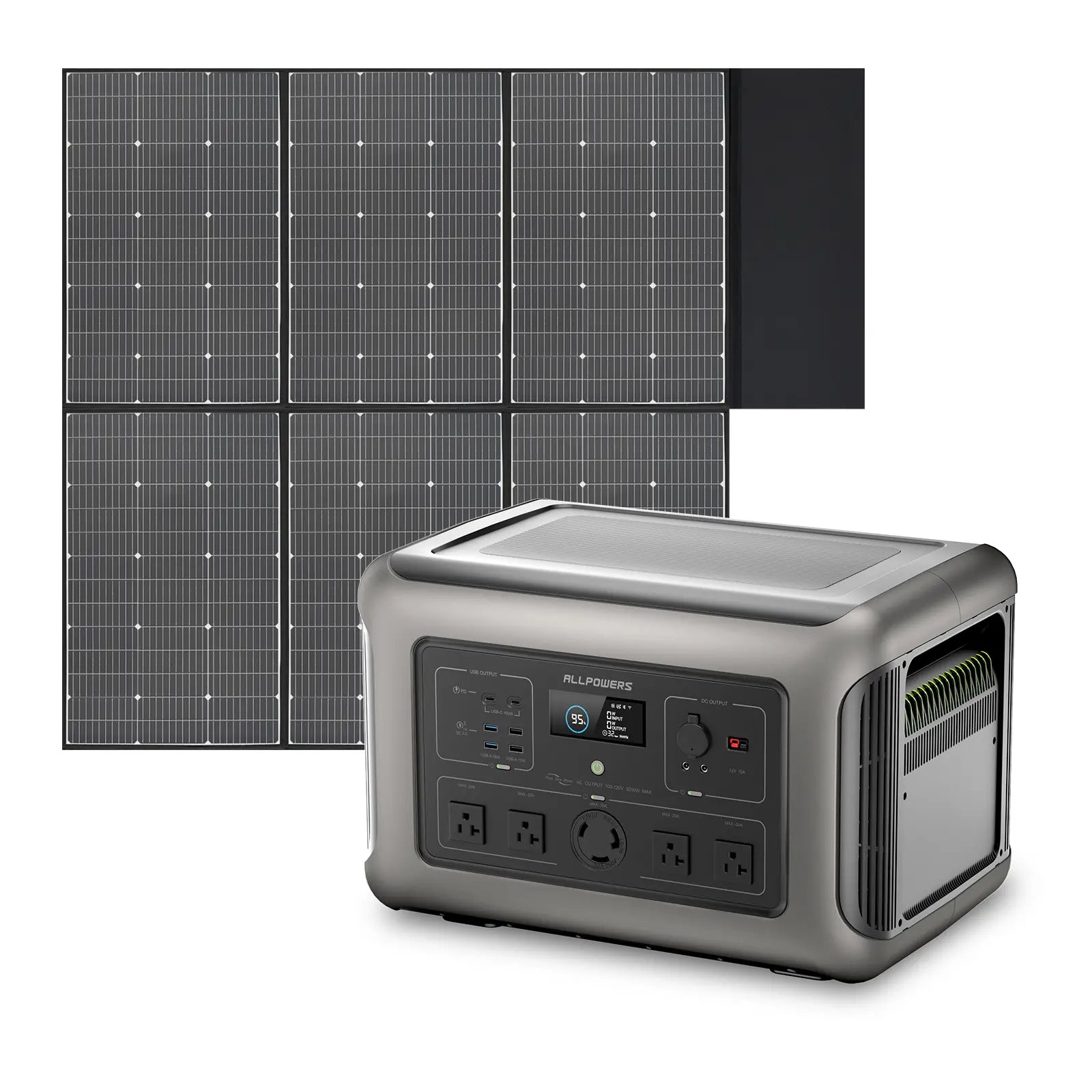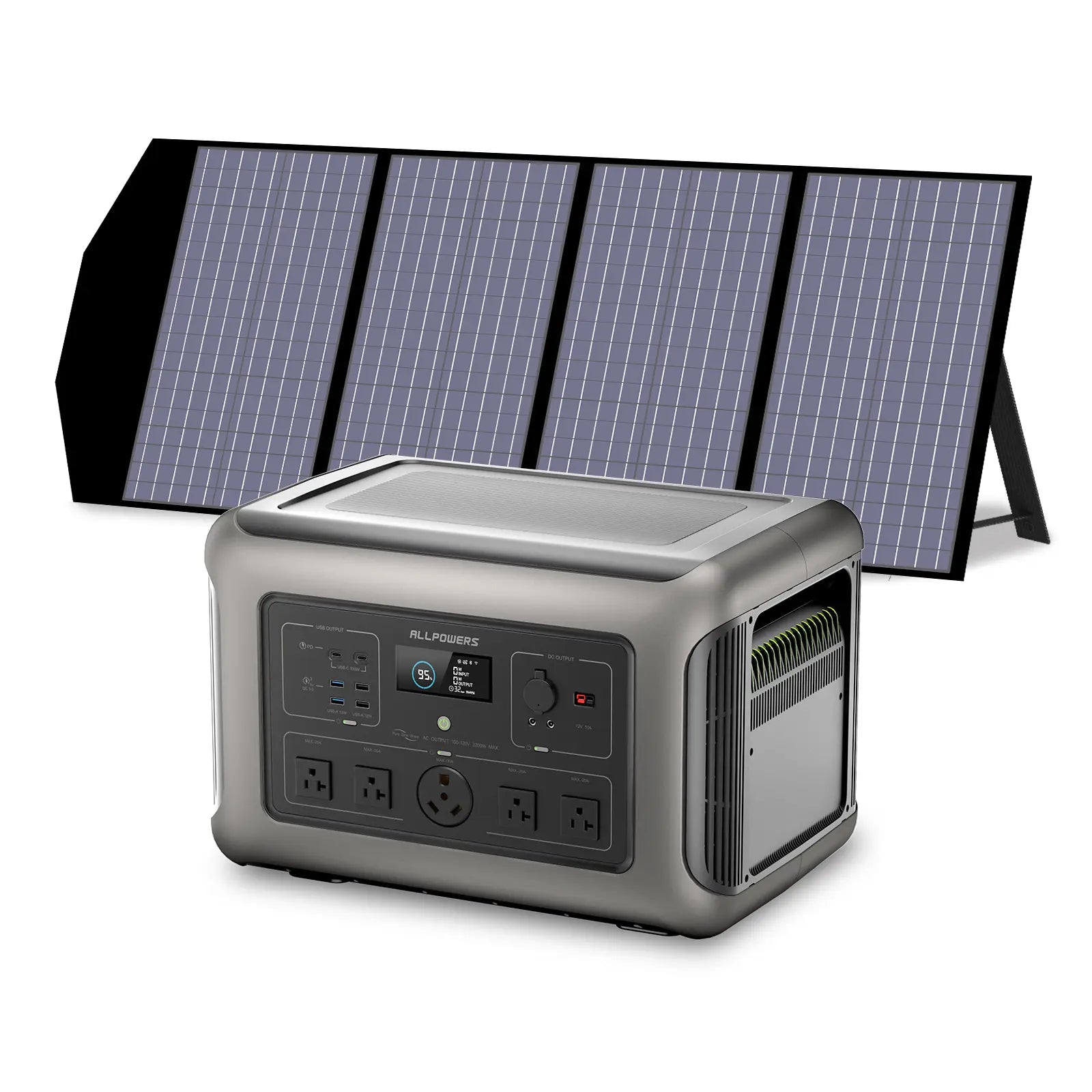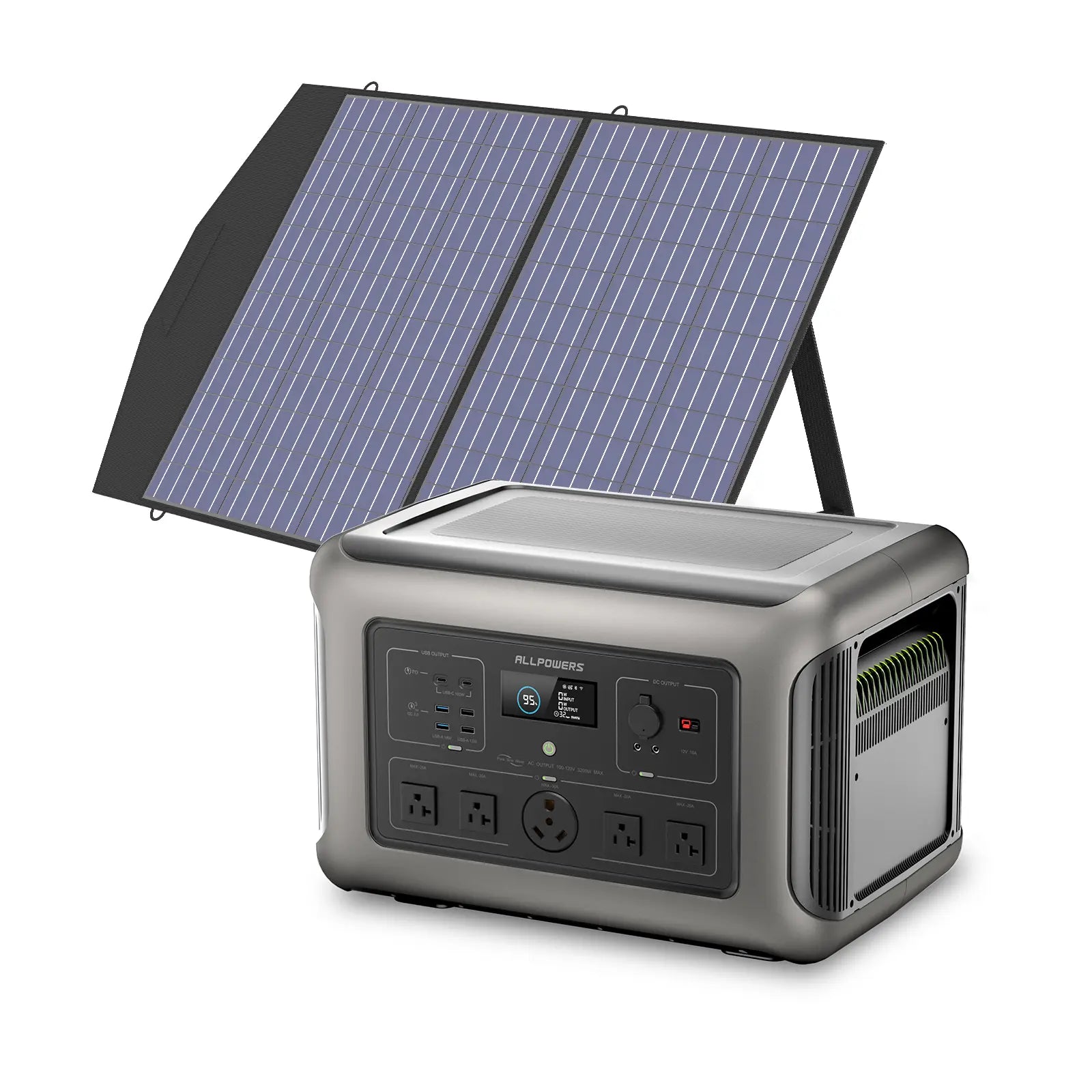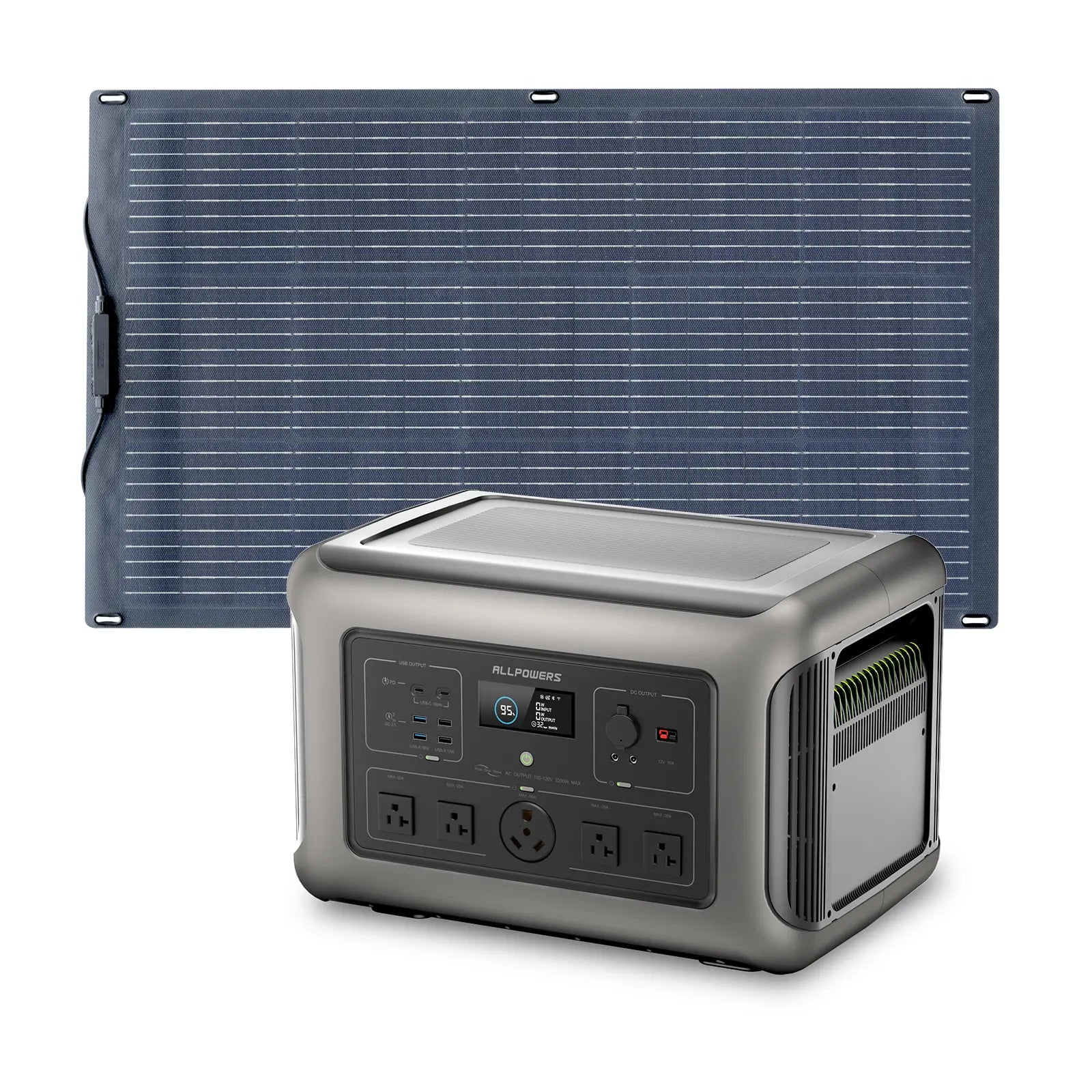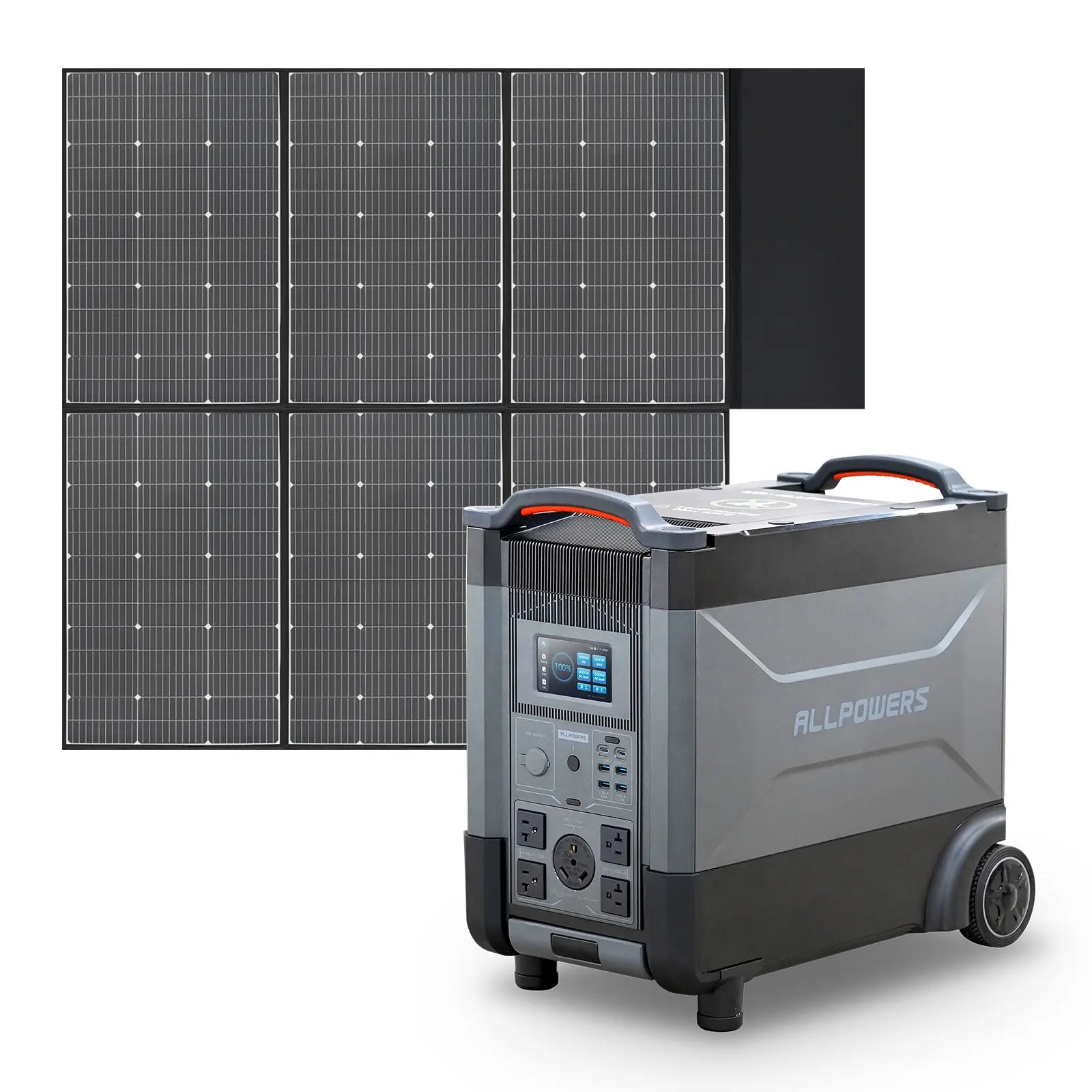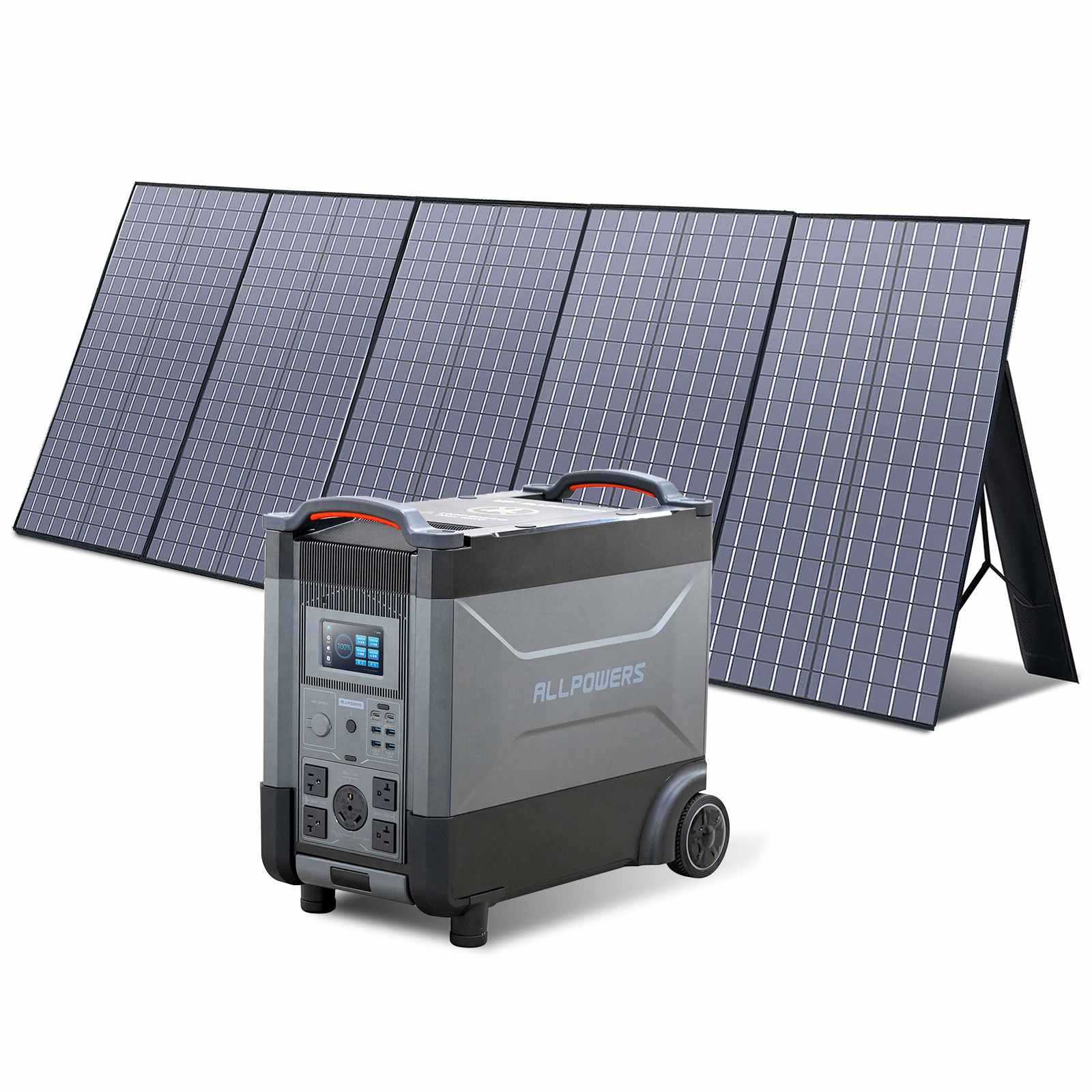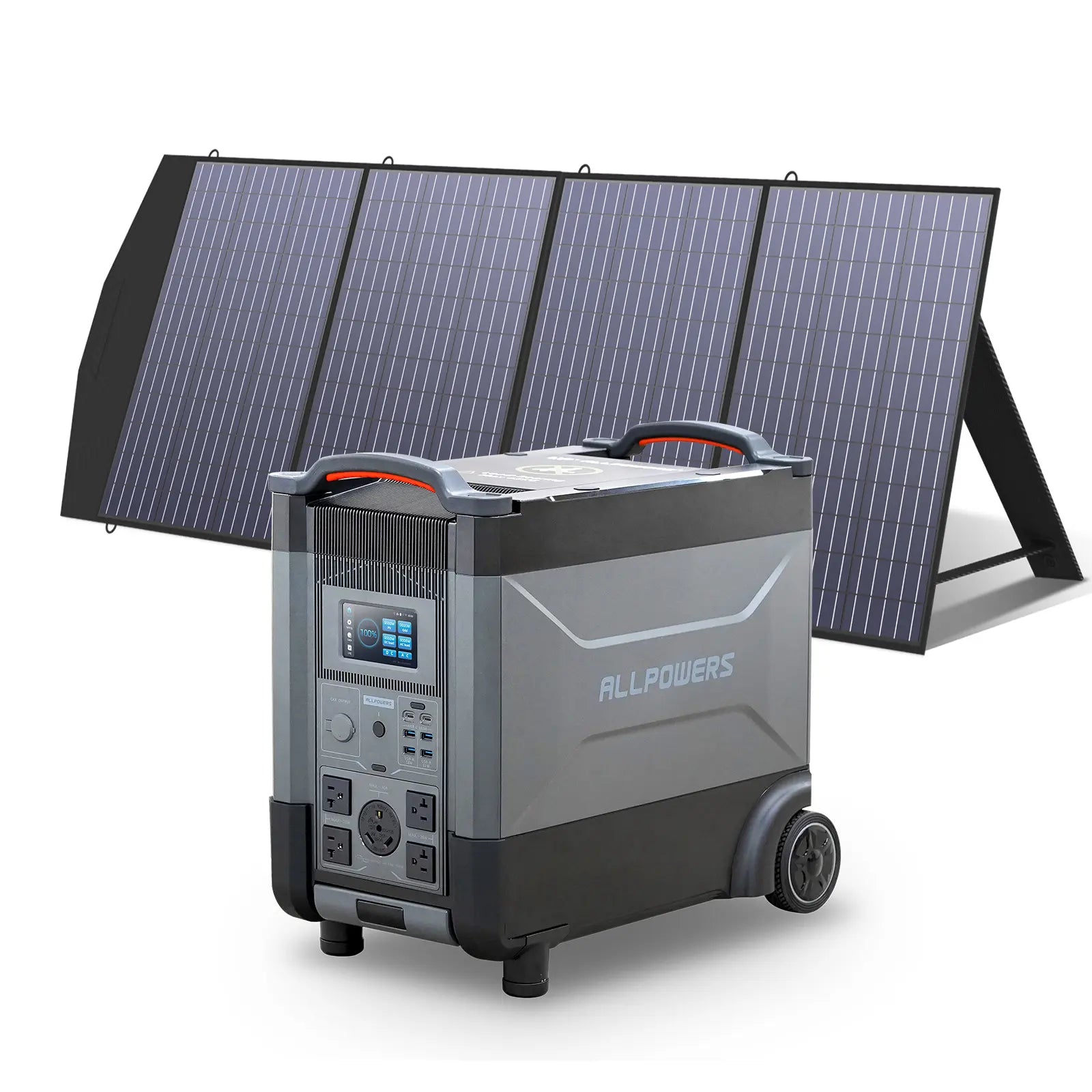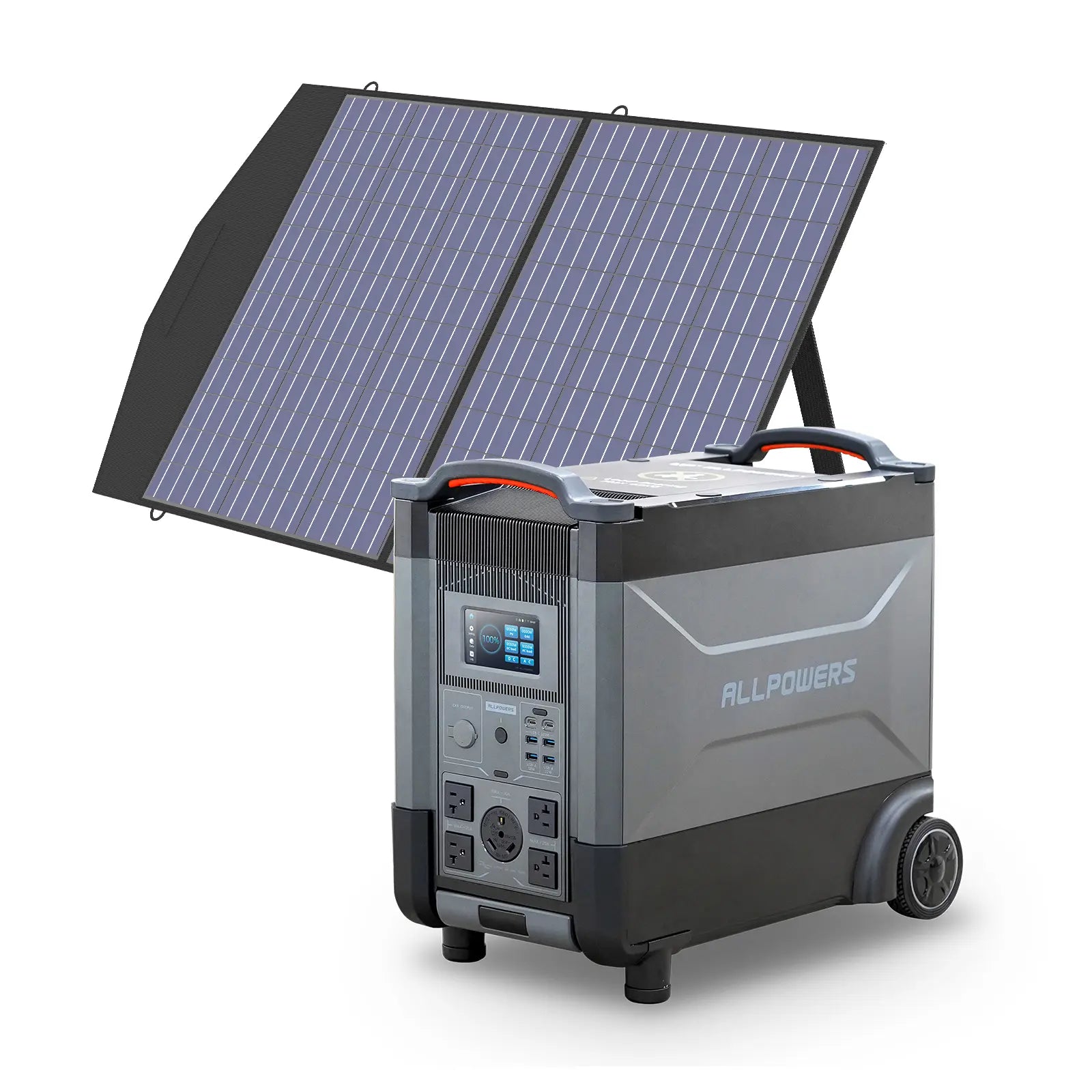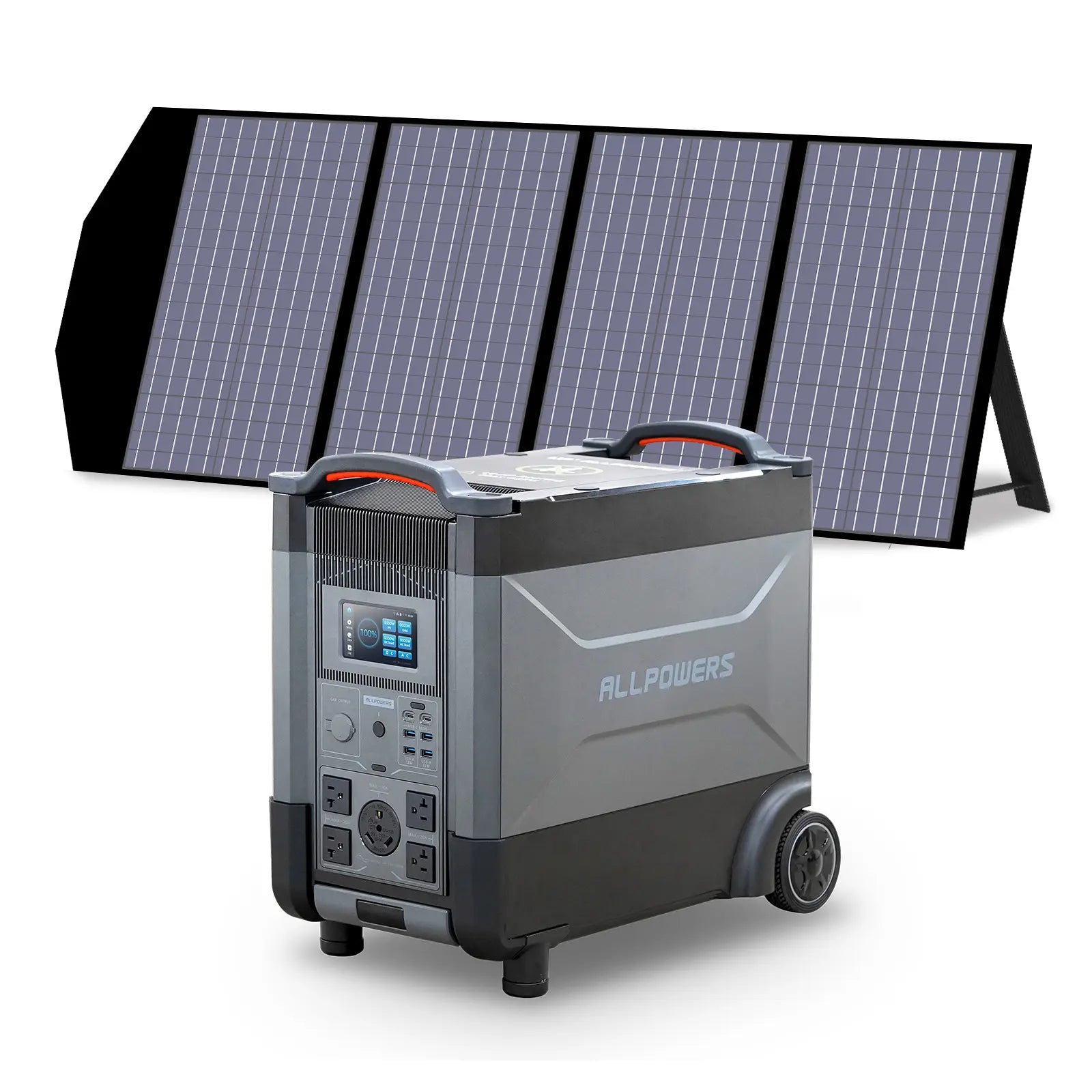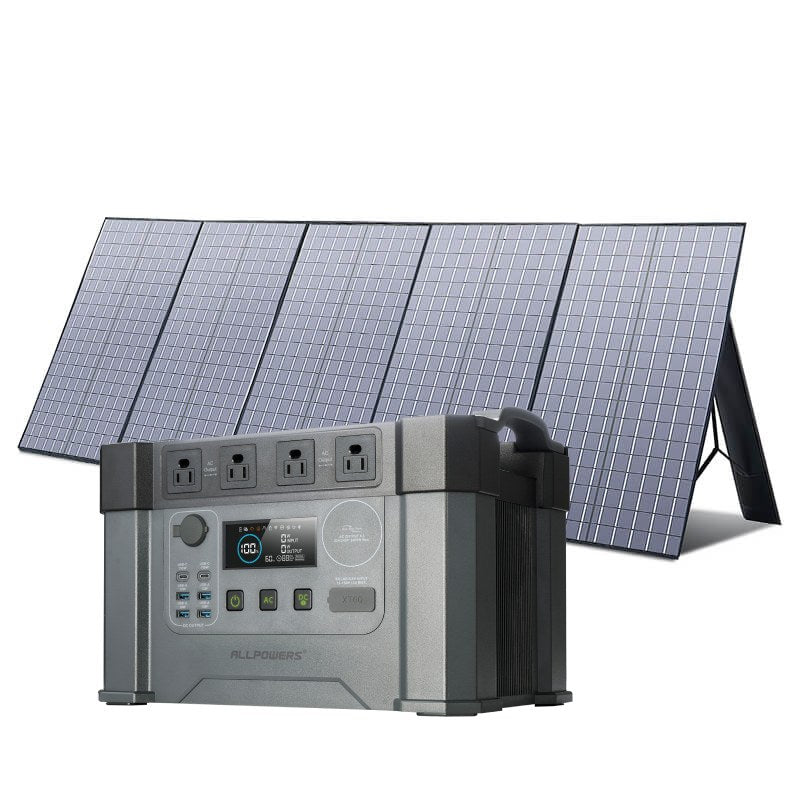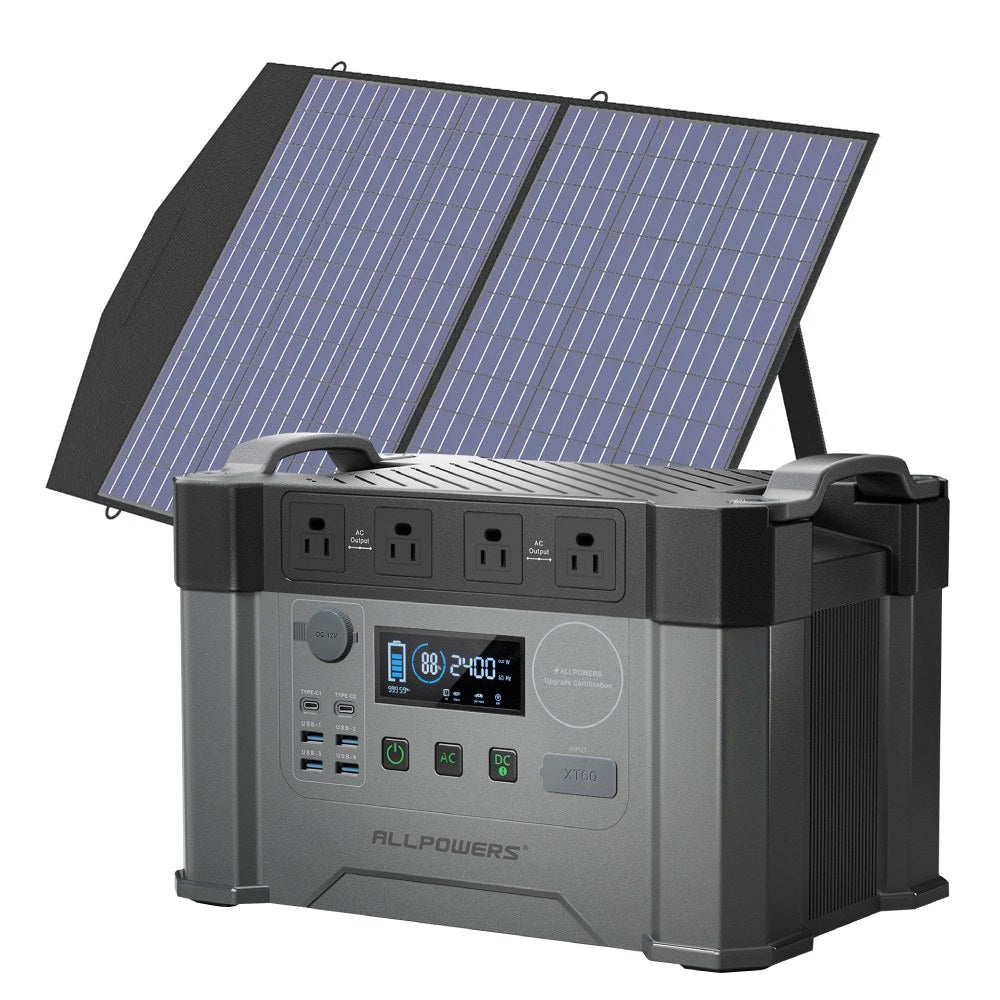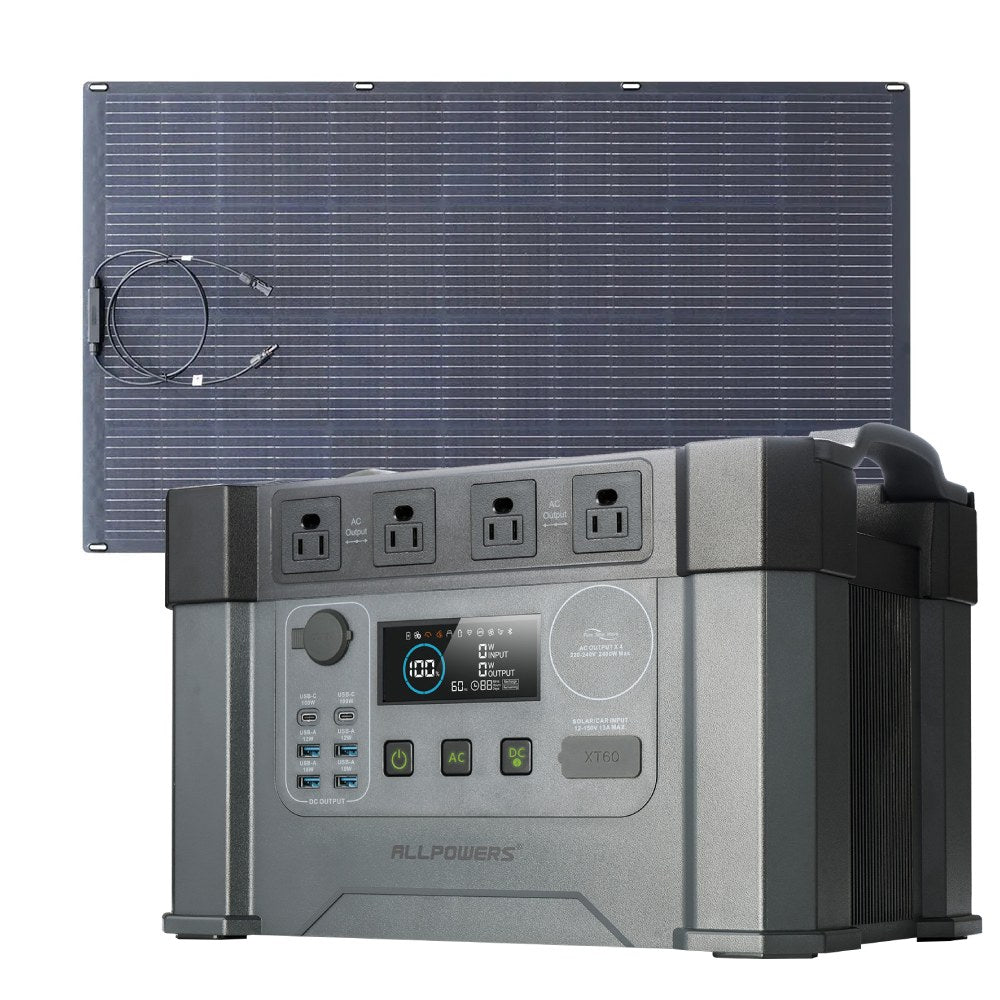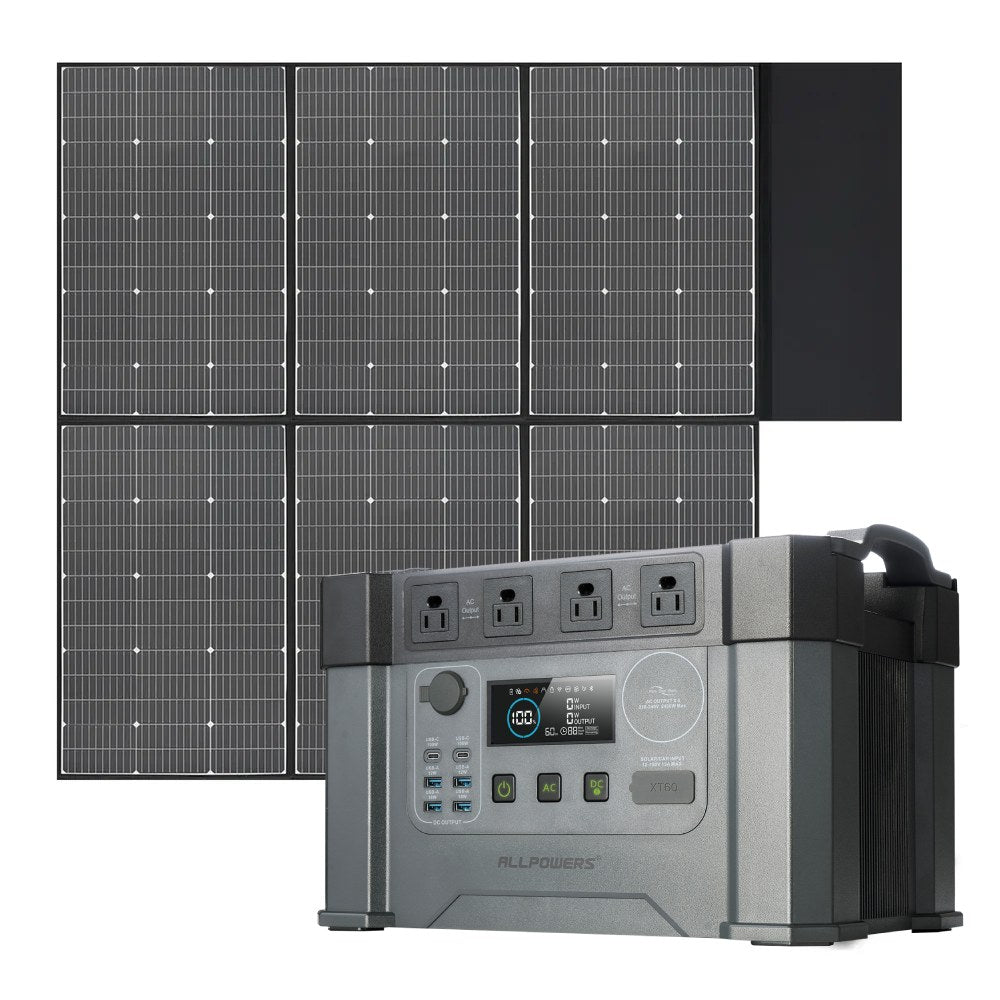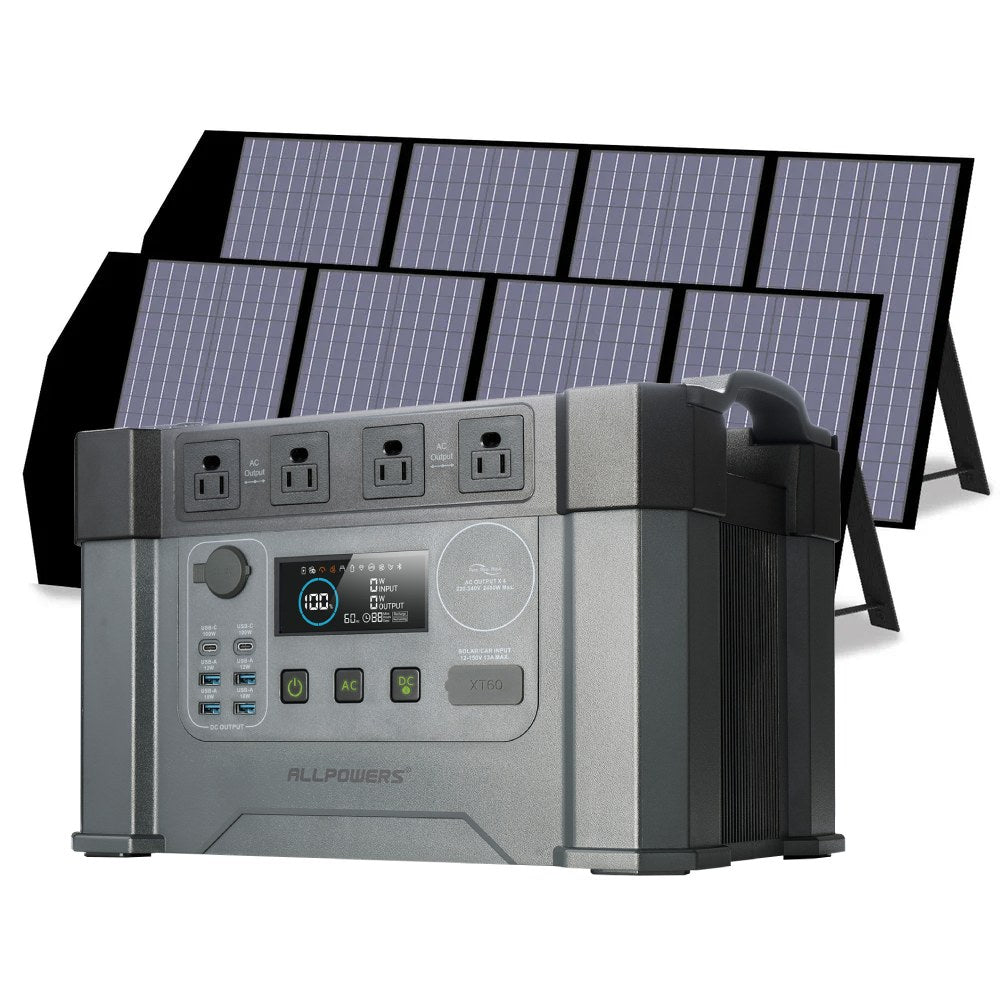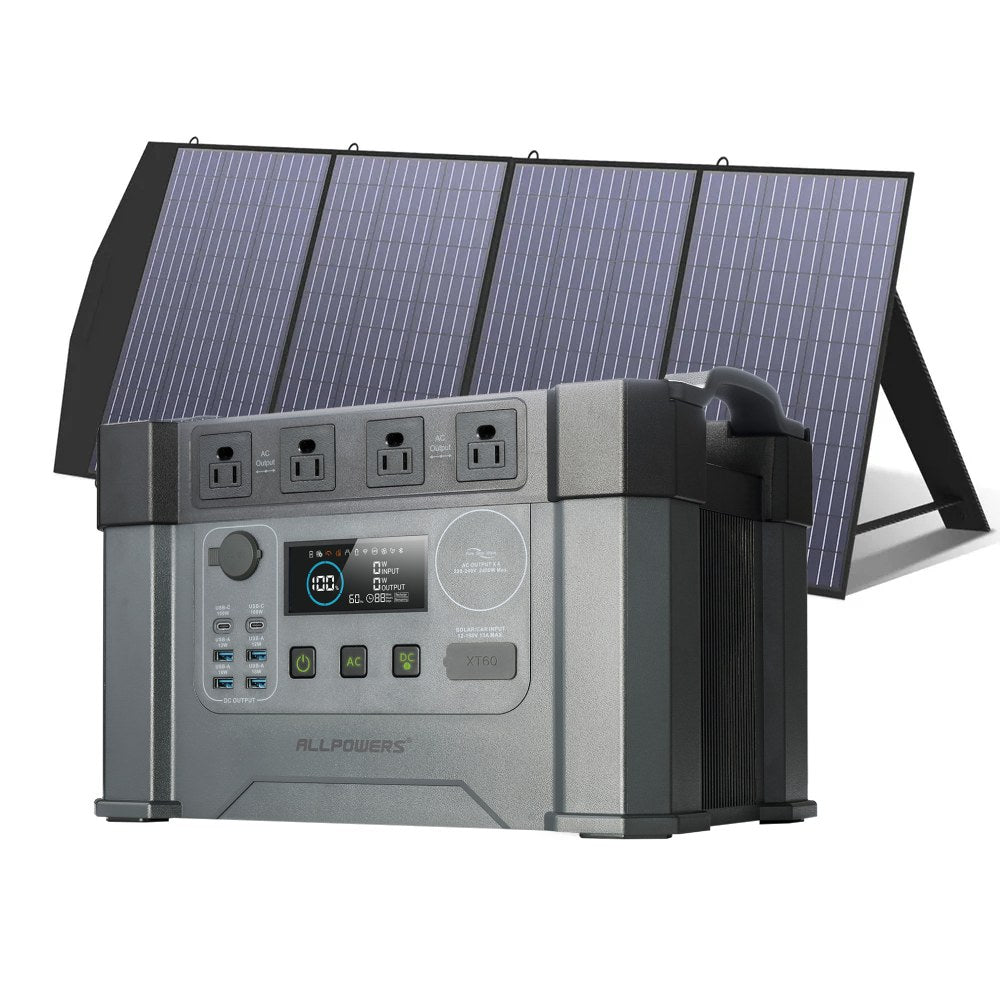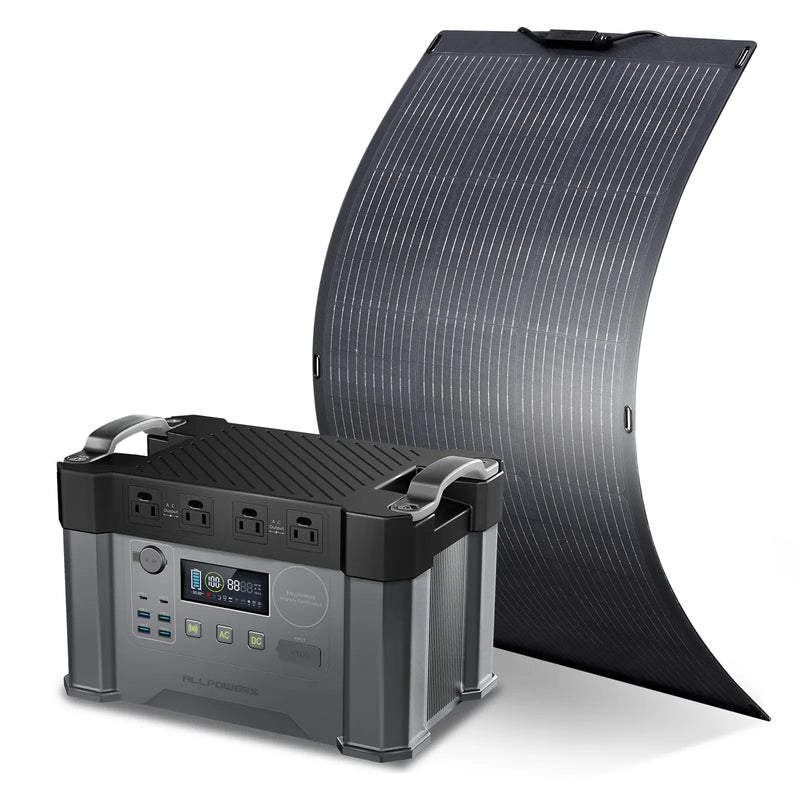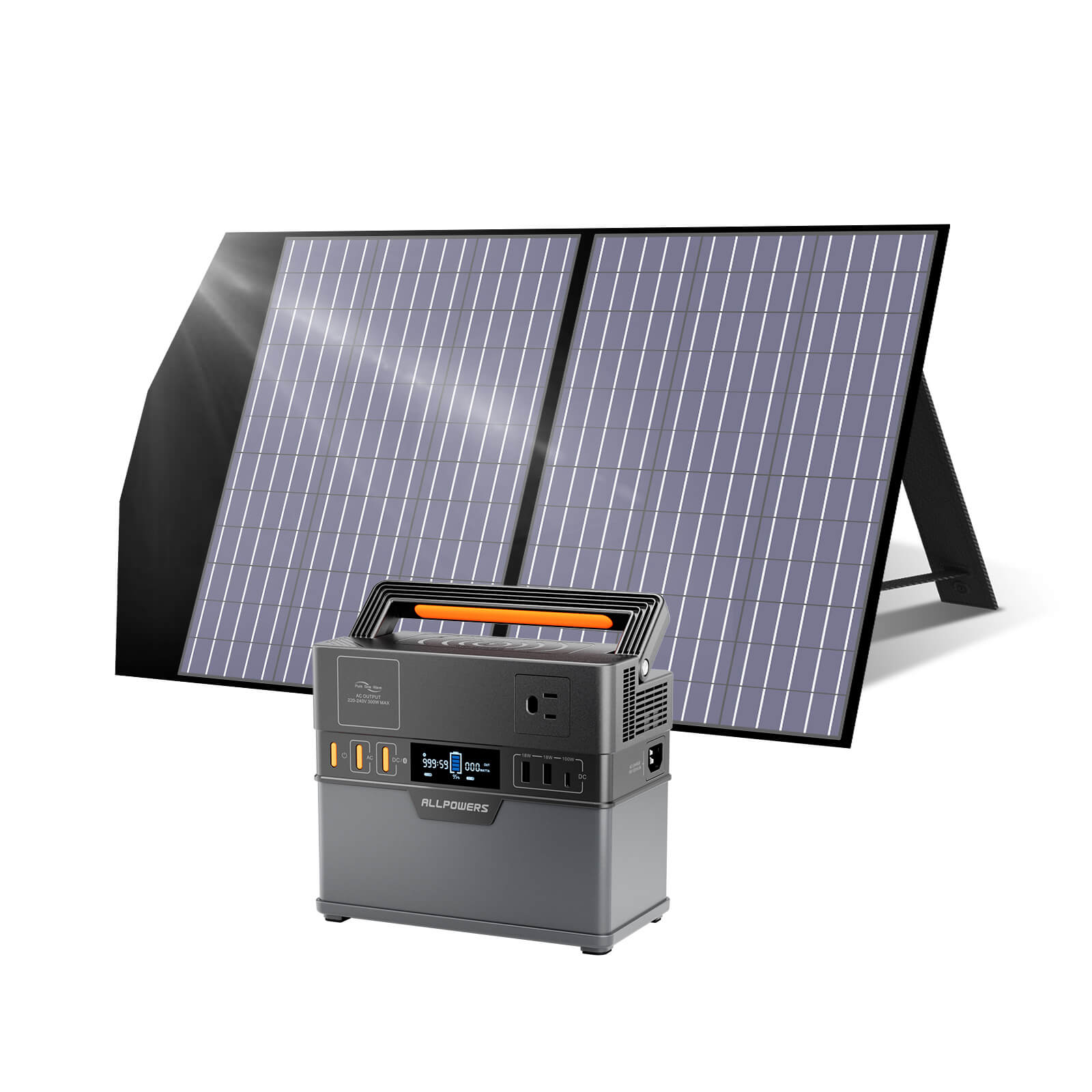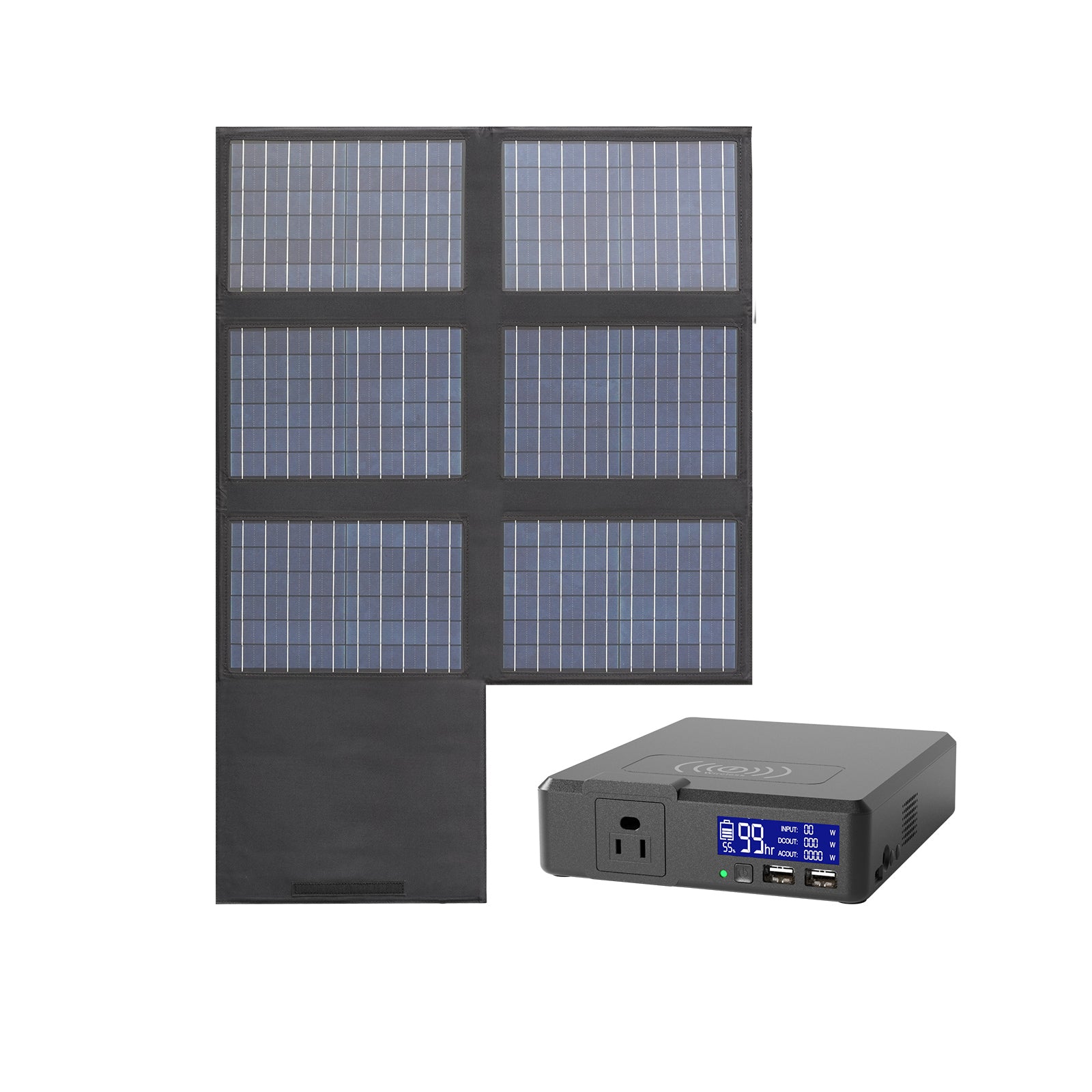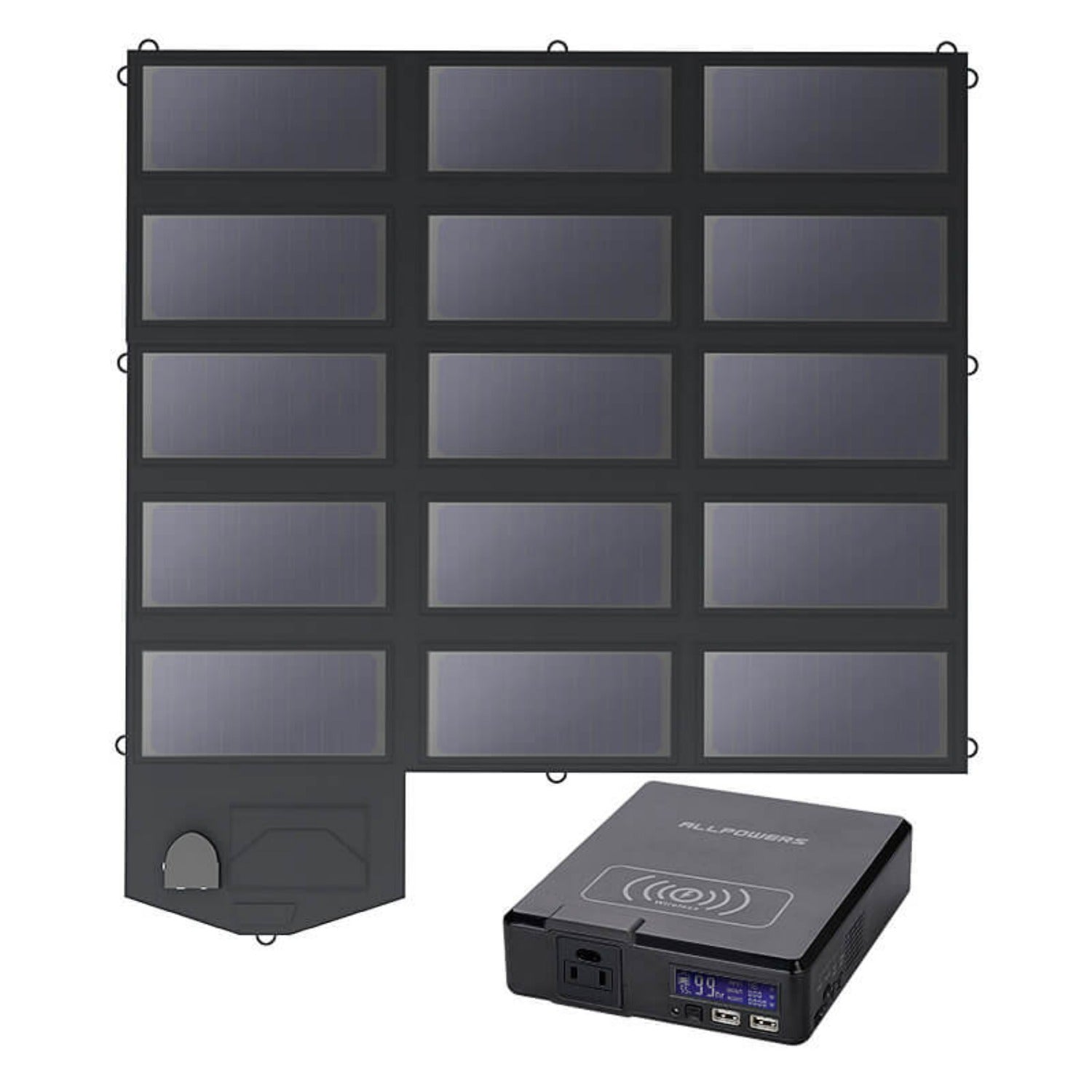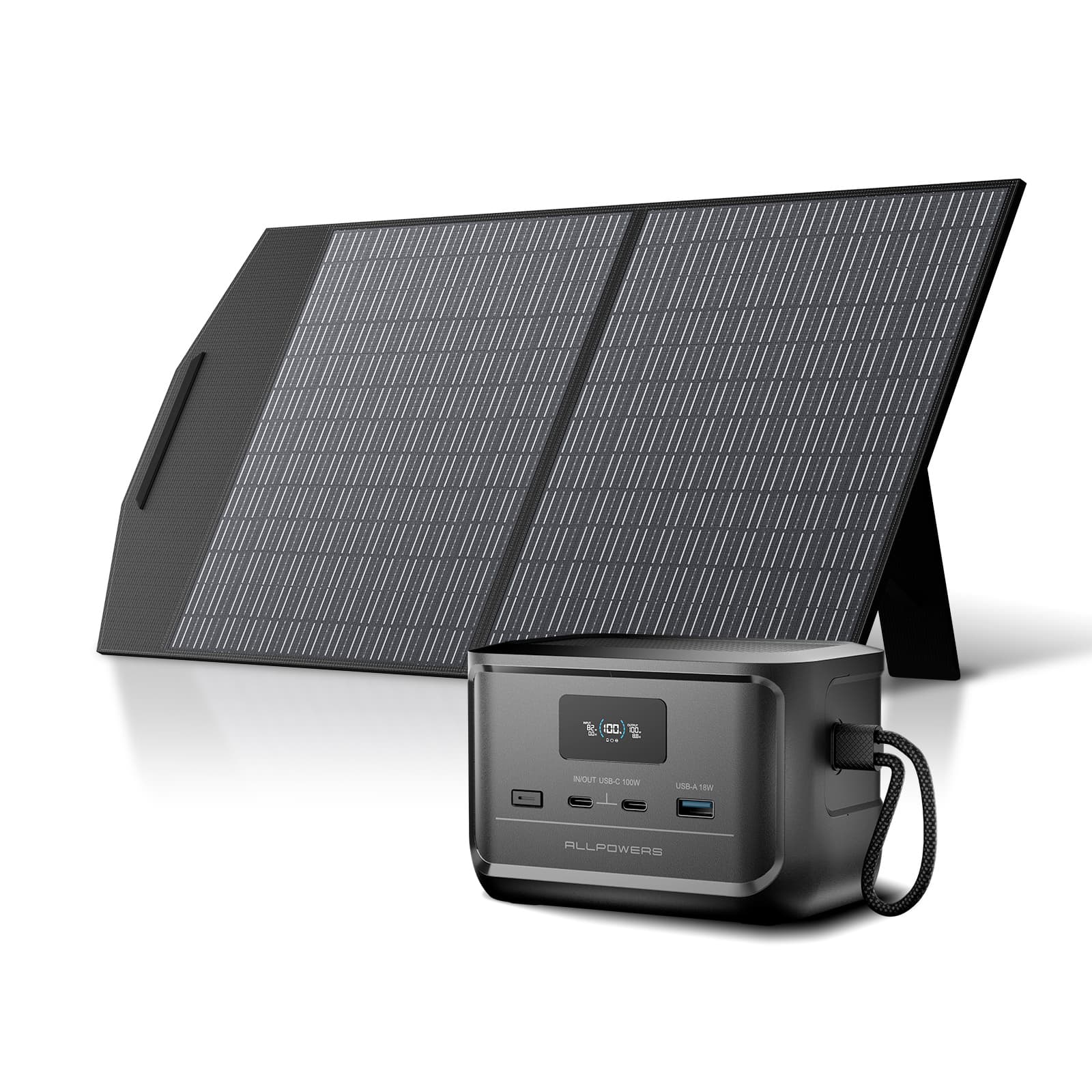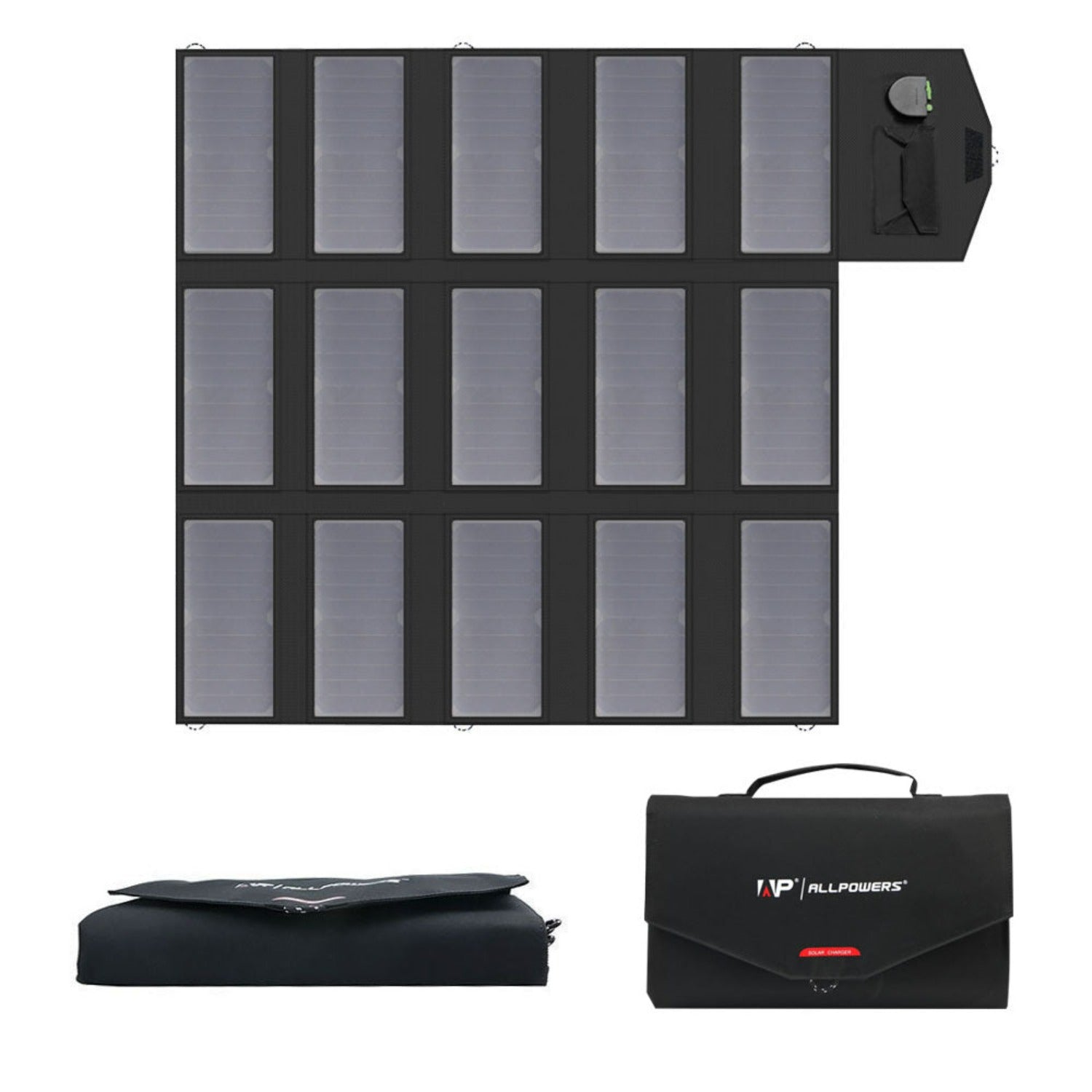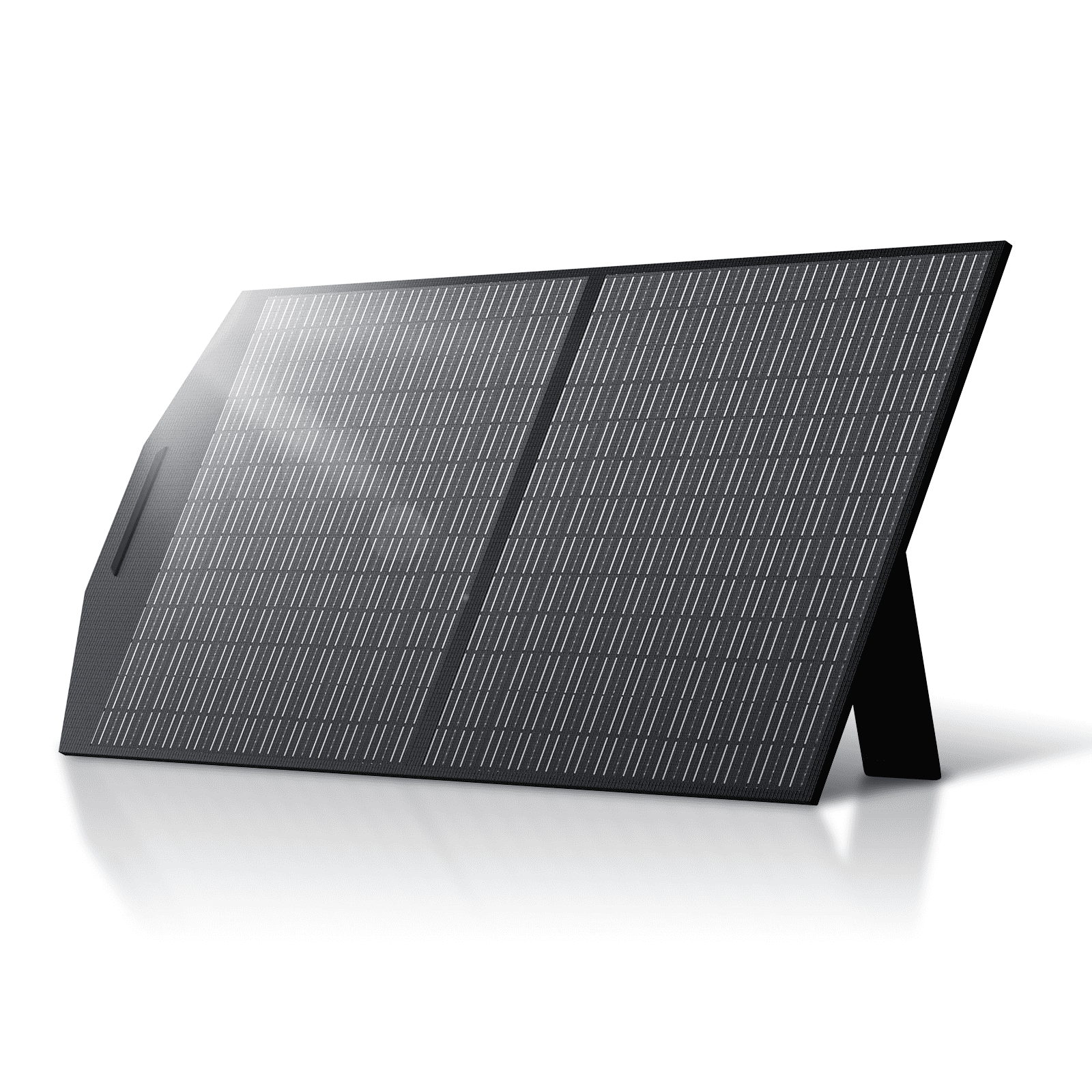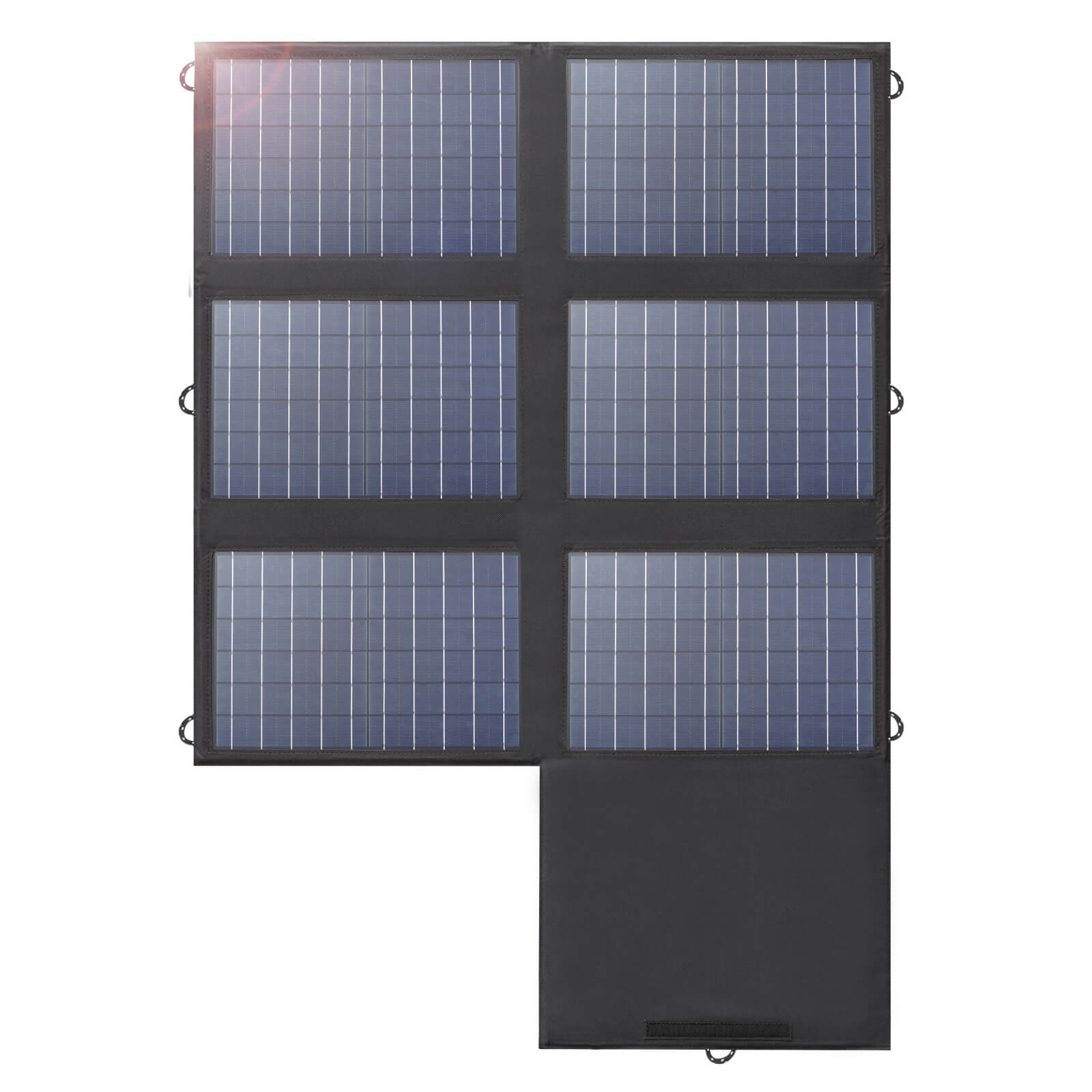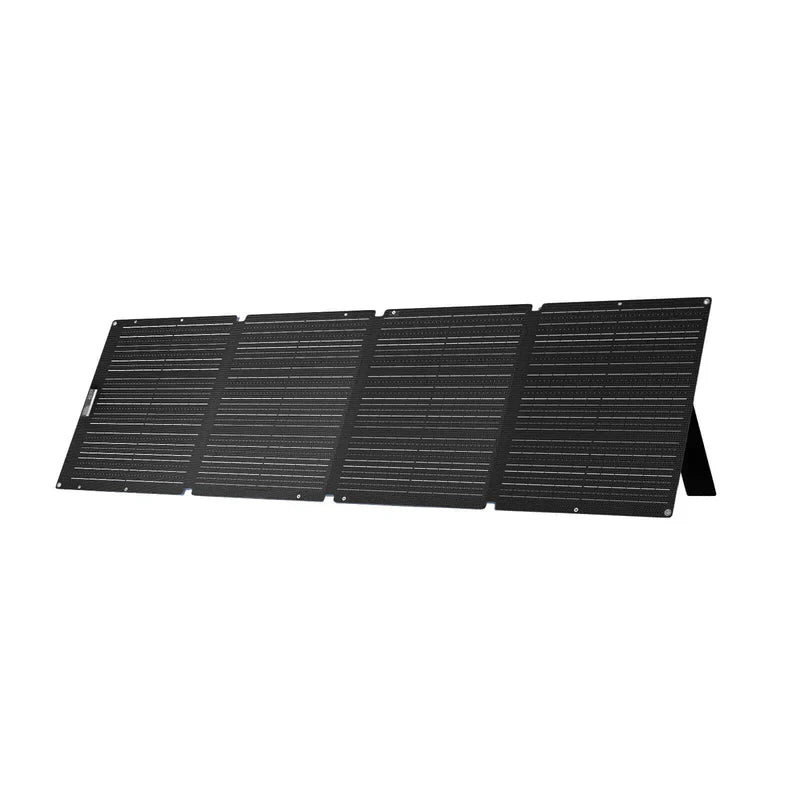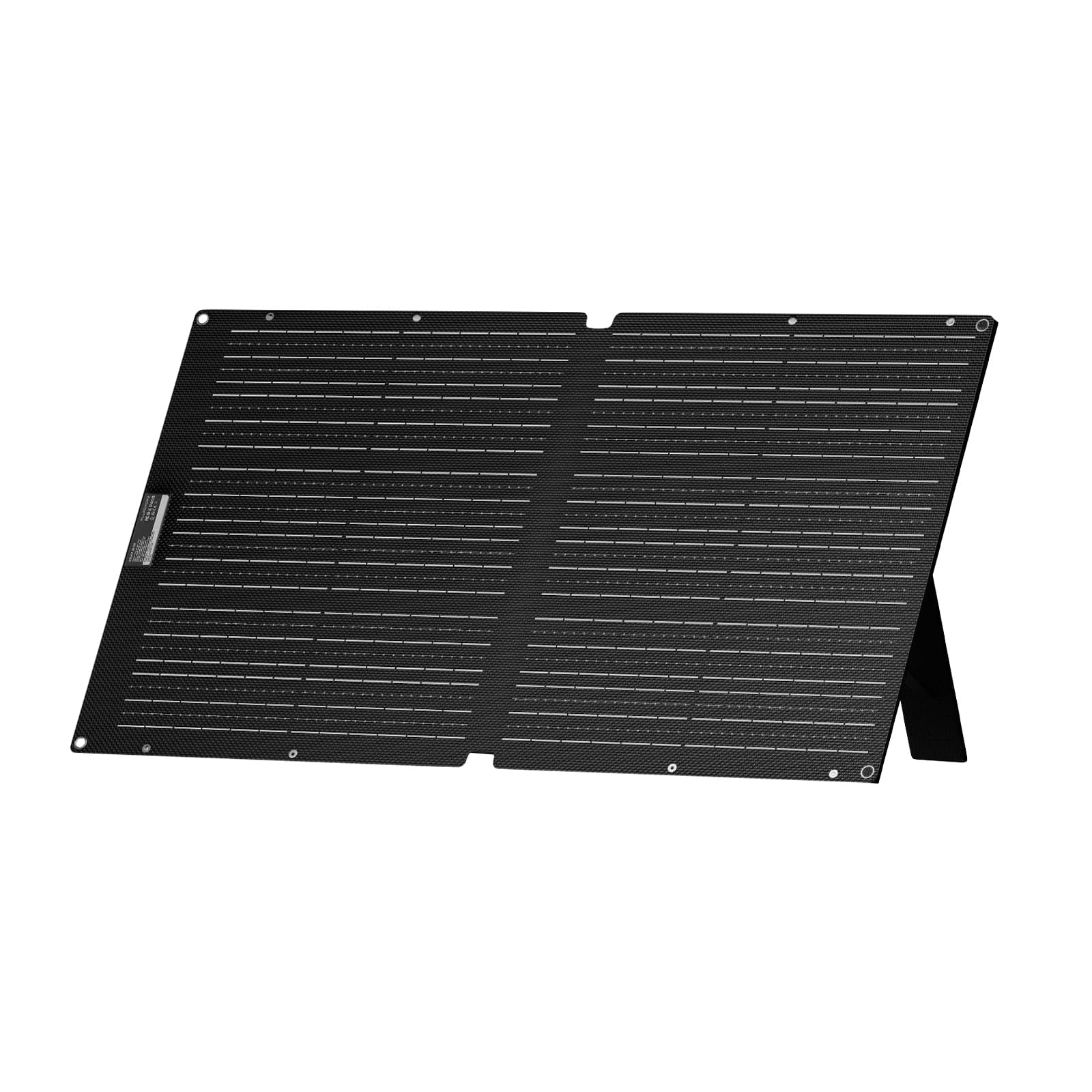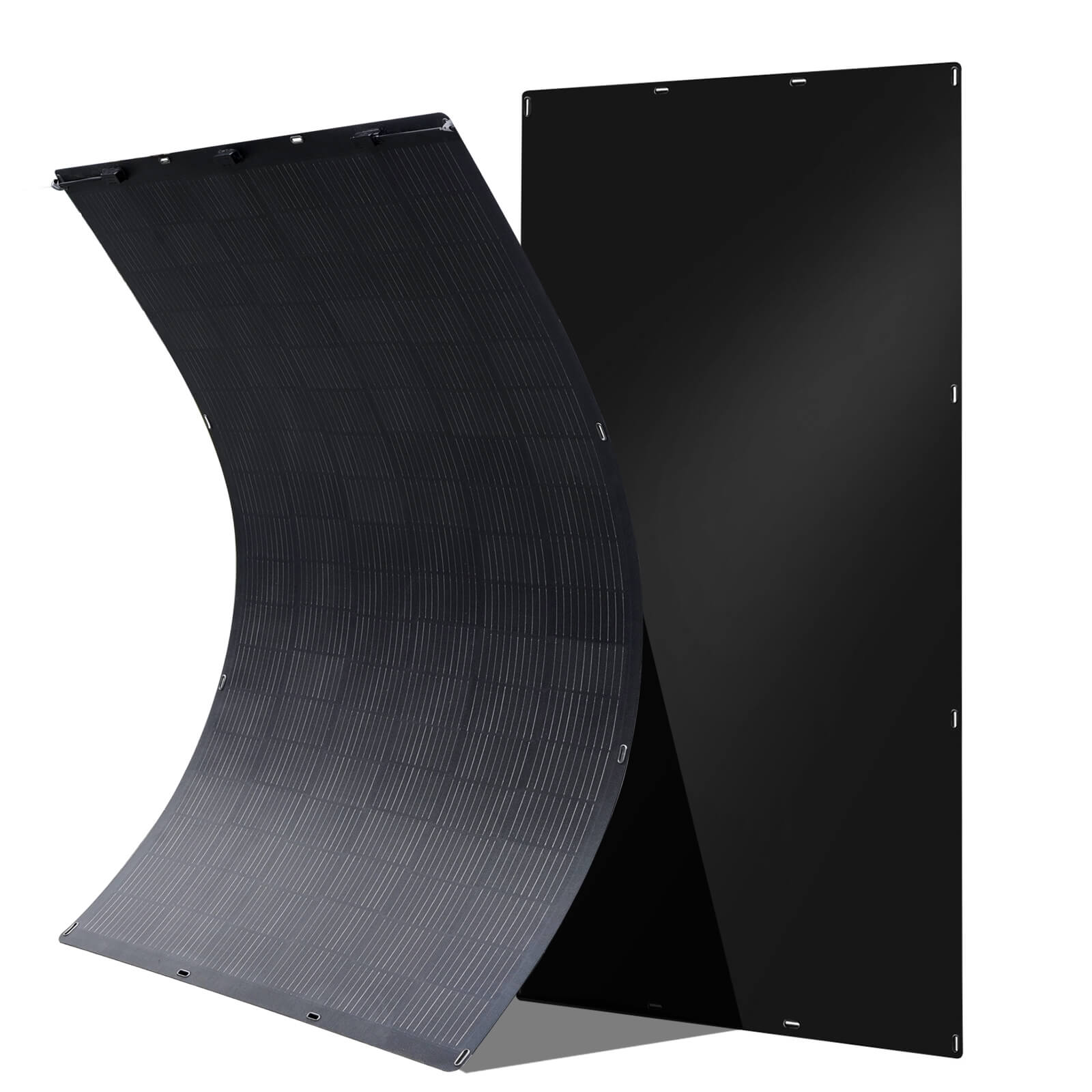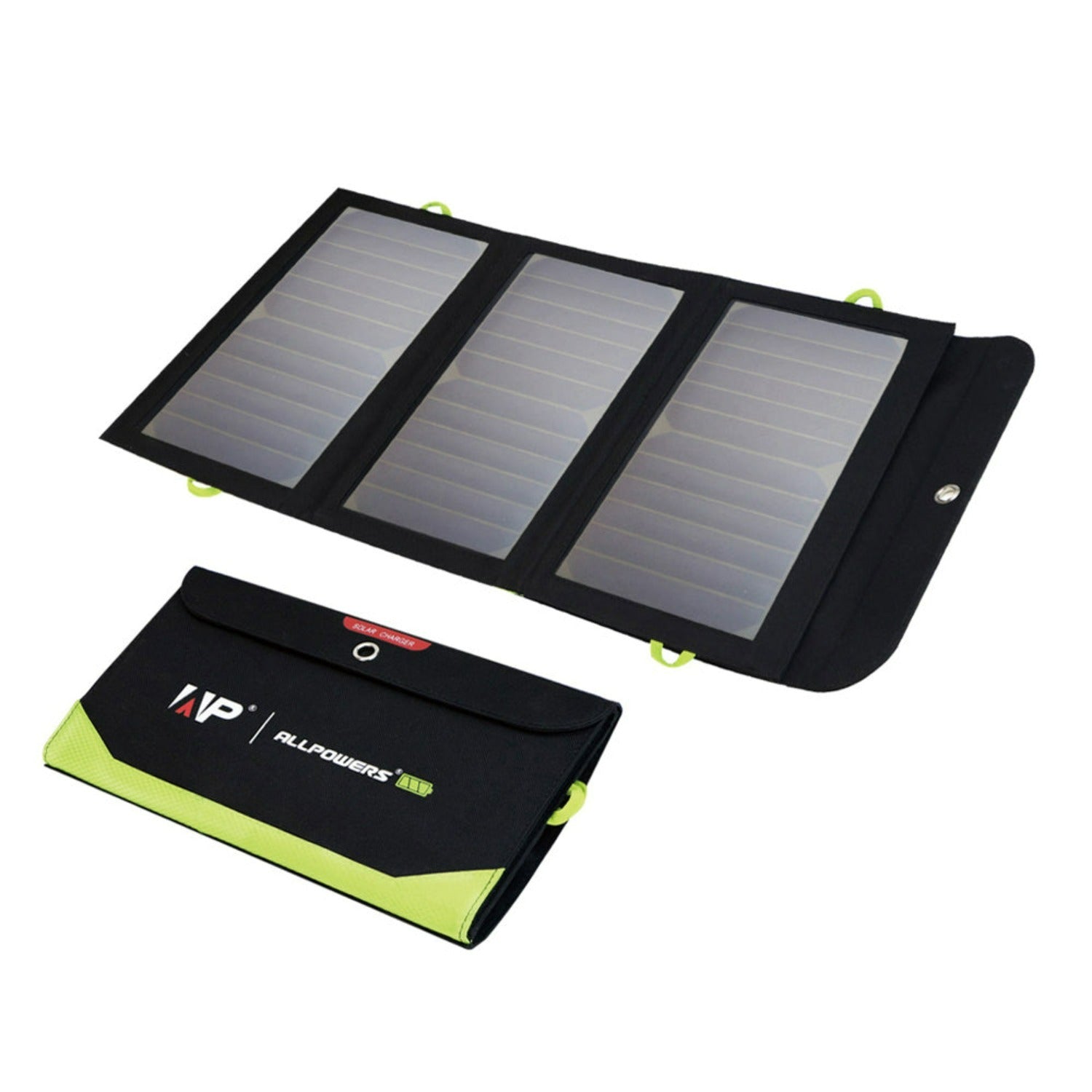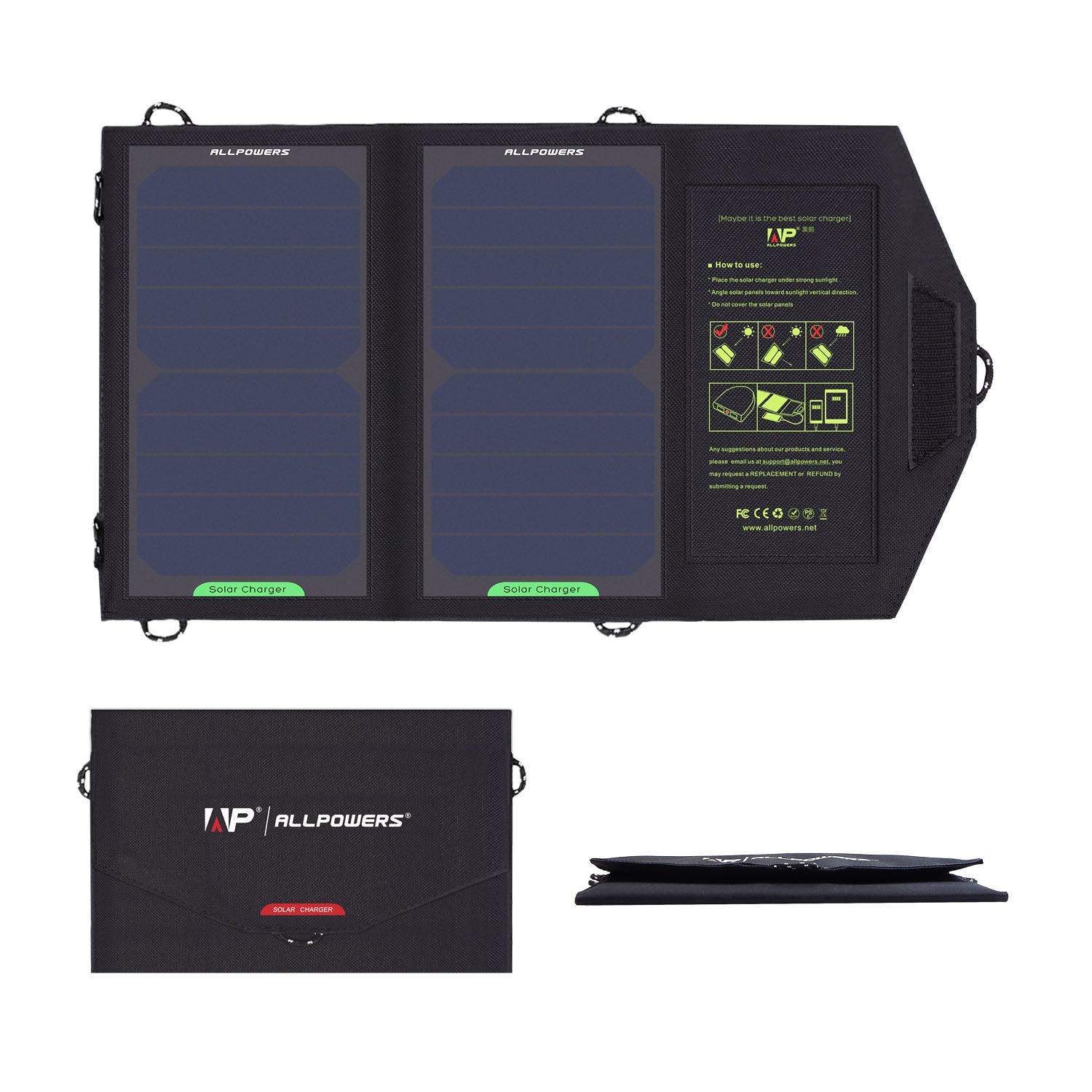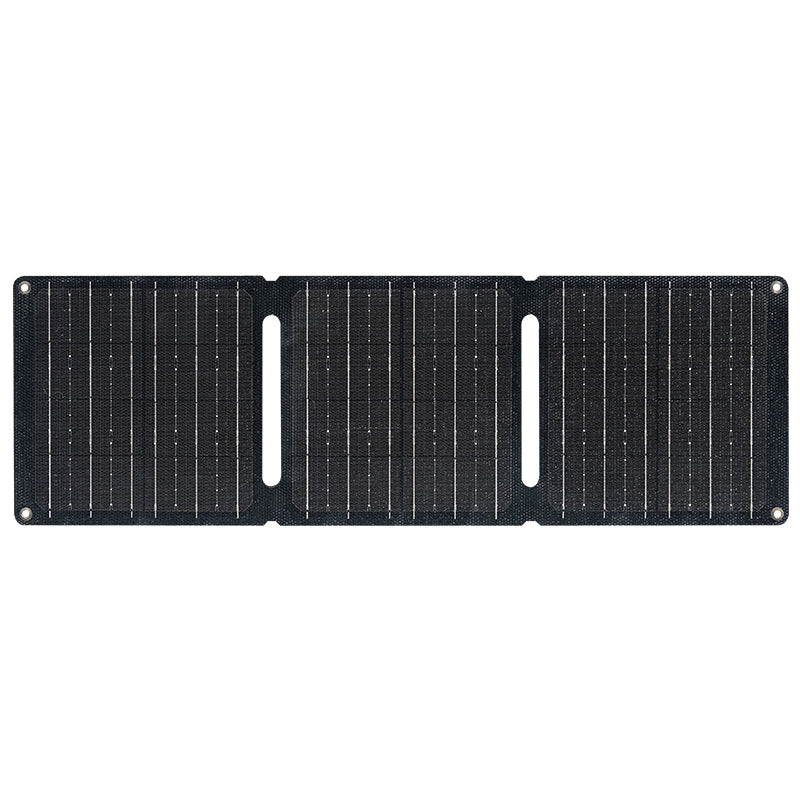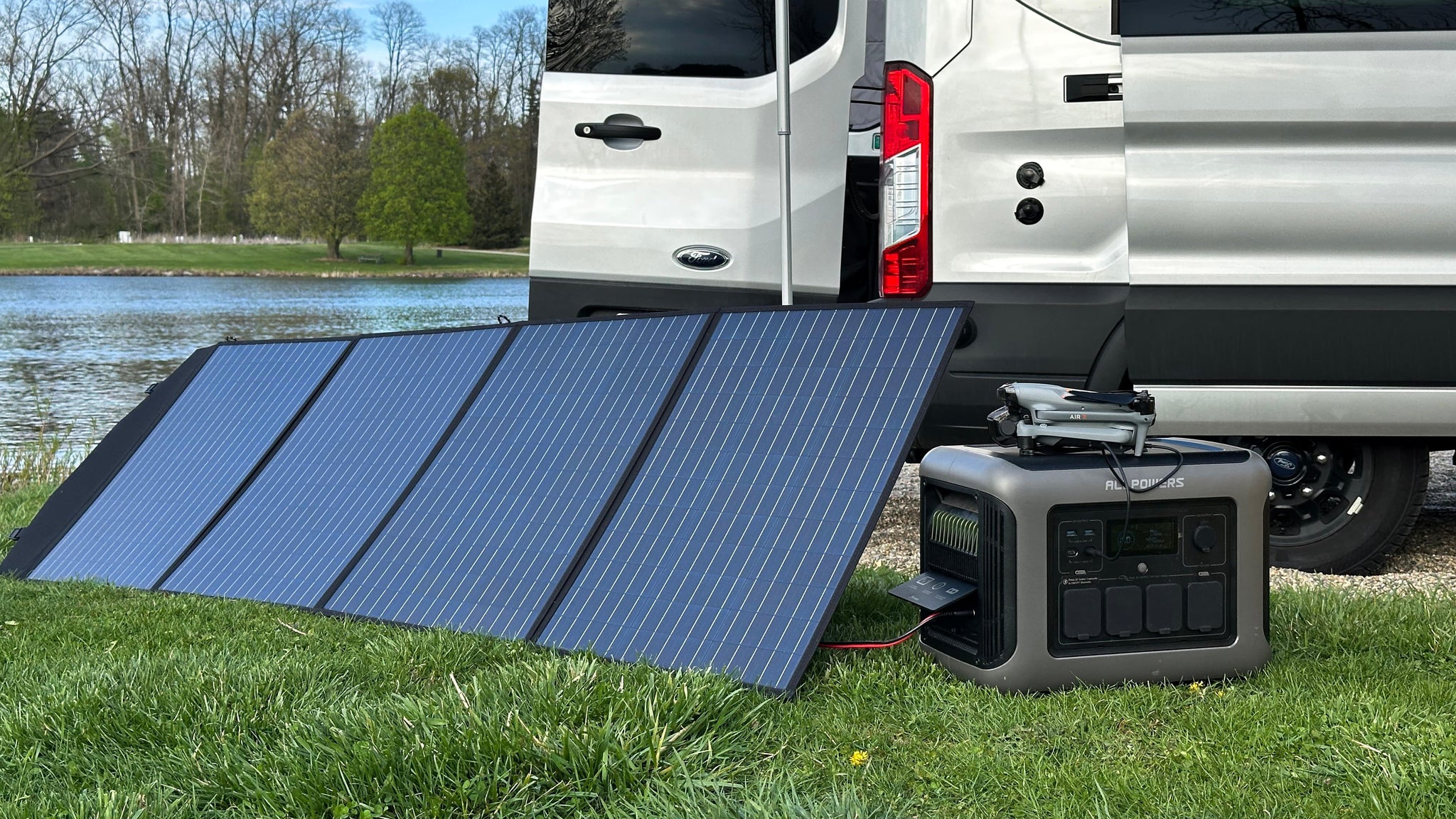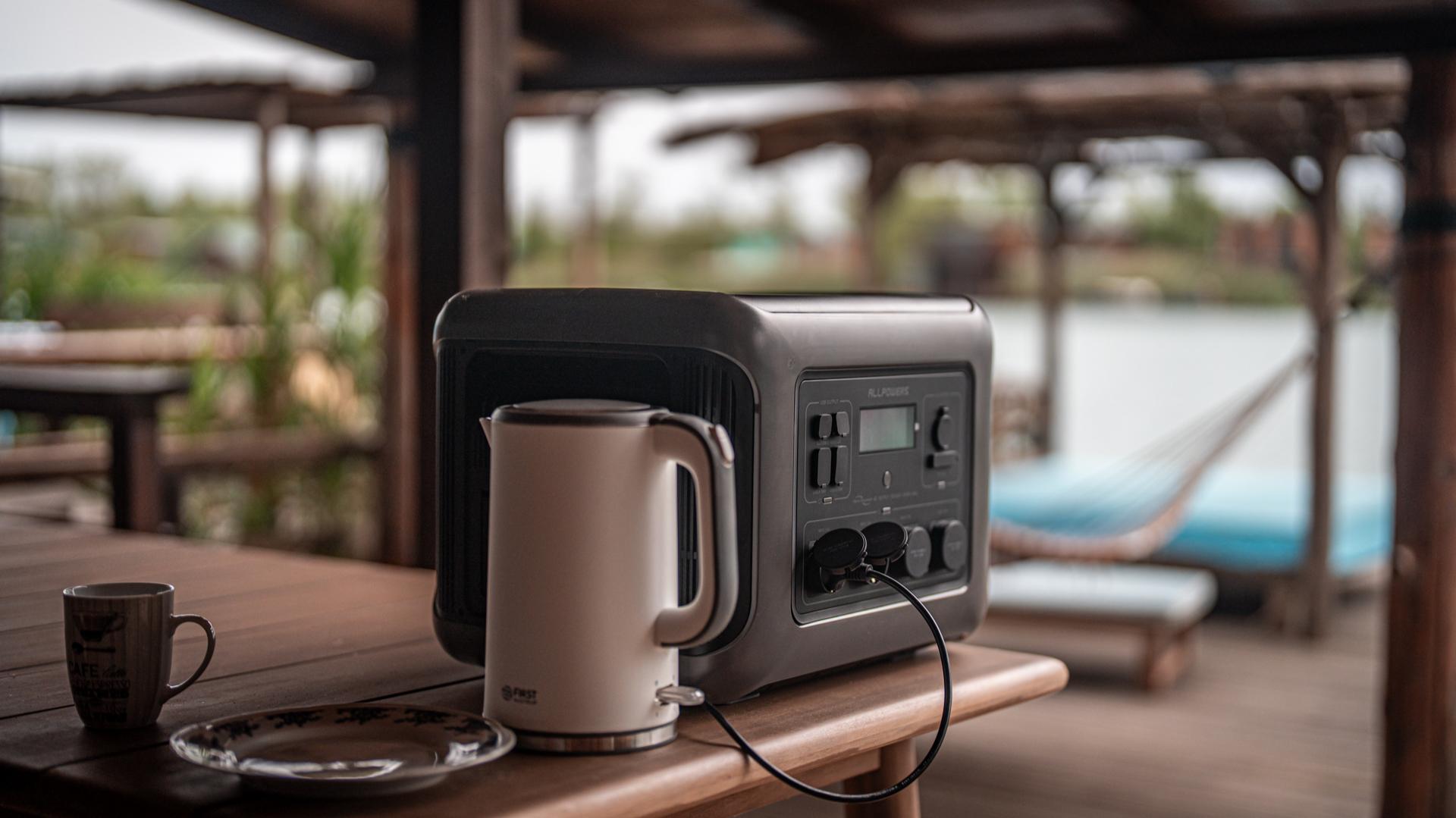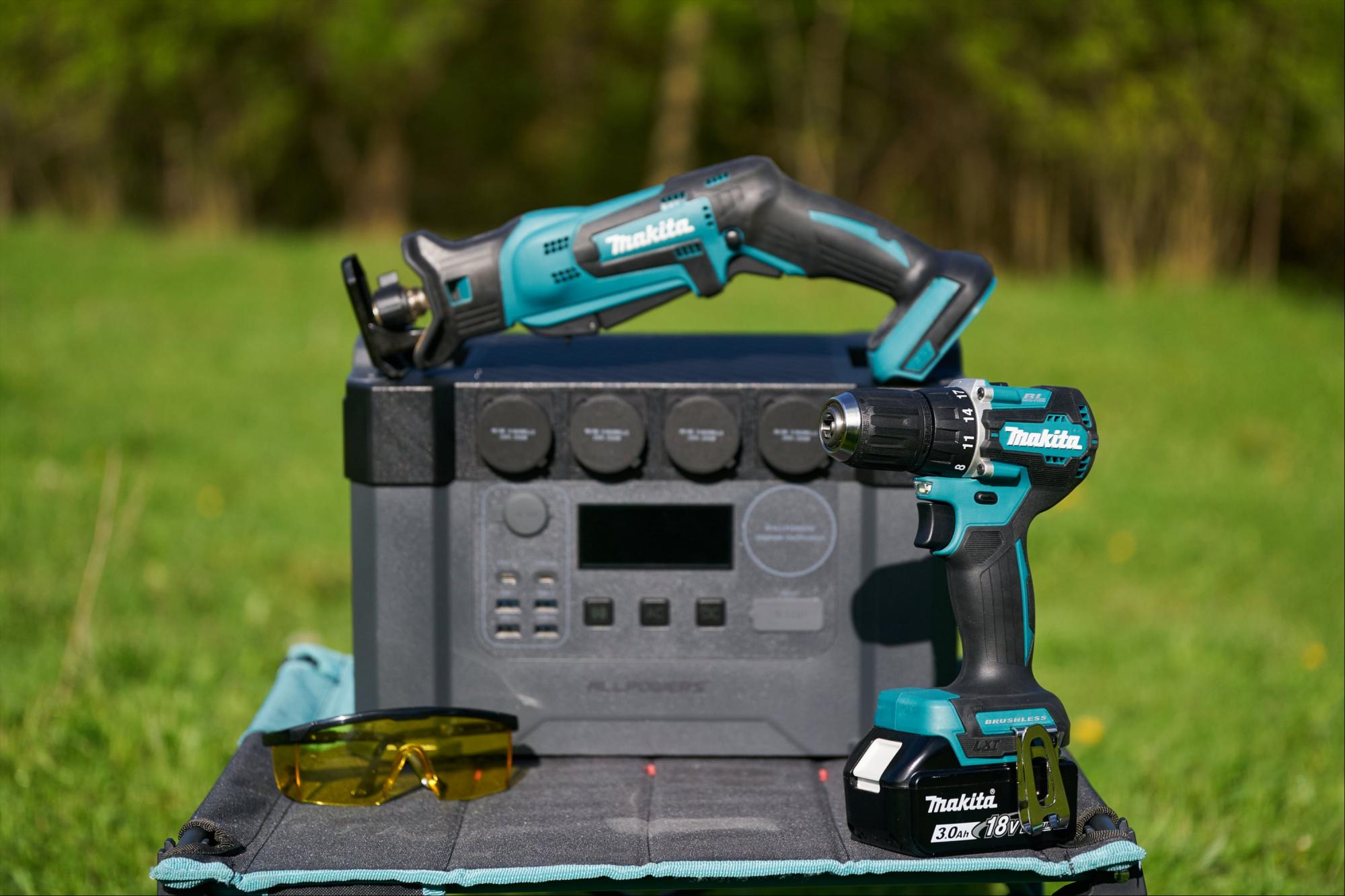When most people imagine solar panels, they picture bright, endless sunshine, maybe a rooftop glinting under a perfectly blue sky.
But what happens when the sky turns gray and the sun ducks behind the clouds?
Does that mean your solar panels stop producing electricity altogether?
How do solar panels actually capture energy?
It’s a common myth that solar panels only perform well when the sun is blazing and the skies are spotless. The truth is more nuanced.
Here’s the thing—solar panels don’t feed on direct sunlight alone. They rely on photons, the little packets of energy in light.
Even on a cloudy day, photons still push their way through the mist and haze.
That means your panels aren’t suddenly useless the moment the sun disappears behind a cloud.
Now, the catch: efficiency drops when clouds cover the sky. On average, you’re looking at about 10 to 25 percent of the normal output compared to a clear day.
That’s not nothing, and it’s certainly enough to keep some devices humming or trickle charge a battery.
You know what’s even more interesting? Here are moments when cloudy weather actually helps. Why? Because extreme heat actually reduces panel efficiency.
Why solar panels still make sense even with cloudy interruptions
Here’s the thing—people often dismiss cloudy-day output as negligible, but that’s a mistake. Why? Because cloudy conditions aren’t rare.
Germany is a perfect case study. Despite its famously gray skies, Germany has long been a leader in solar adoption.
Why? Solar technology has come a long way. Some manufacturers now use bifacial panels, which capture light from both the front and the back.
Newer technologies also incorporate anti-reflective coatings, bifacial designs (capturing light from both sides), and advanced wiring systems that reduce power losses.
These upgrades make a big difference when the weather isn’t cooperating.
Comparing cloudy-day performance to everyday experiences
To put it in everyday terms, solar on cloudy days is like charging your phone from a weaker outlet.
The phone still charges, just slower. Or like watching TV with the volume turned down—the show plays, you just hear less of it.
Even better, consider photosynthesis. Plants don’t stop growing when clouds block the sun.
They adapt. They keep converting light, even if it’s softer and scattered. Solar panels follow the same principle.
Energy storage and its crucial role
Of course, solar panels alone don’t solve everything. You need storage. That’s where portable power stations and home battery systems come into play.
During cloudy stretches, your panels may generate less energy, but a well-sized battery can smooth over the dips, storing extra electricity from sunnier periods to keep you powered when clouds dominate.
Solar generators exist with this in mind, pairing high-efficiency panels with intelligent battery management to keep your devices humming regardless of gray skies.
Learn more: What Is a Solar Generator and How Does It Work?
Cloudy days versus rainy days
It’s easy to lump cloudy and rainy conditions together, but there’s a distinction.
Rain usually follows thick, heavy cloud cover that blocks more sunlight than a thin, hazy day.
So production may dip lower during a storm compared to a mild overcast.
But here’s the unexpected upside: rain cleans solar panels. Dust, pollen, and dirt build up on the surface, reducing efficiency over time.
A good downpour acts like a free rinse cycle, leaving panels clearer and more effective once the sun returns.
So even bad weather has its benefits.
Tips for maximizing cloudy-day solar power
If you want to get the most from your solar setup on gray days, there are a few practical things you can do.
Angle your panels for the lowest winter sun, keep them clean, and consider adding extra panels or a portable unit to ensure redundancy.
Learn more: How Many Solar Panels Do I Need?
For portable users, don’t be shy about repositioning your panels throughout the day to catch those fleeting sun patches.
It’s a little bit like moving your lounge chair to the sunniest spot on the deck—but it pays off in wattage.
Batteries, of course, are a game-changer. Charge them when the sun peeks out, and you’re buffered against long stretches of cloud cover.
It’s all about planning ahead and understanding that solar power isn’t a switch you flip—it’s a dynamic, responsive system.
Conclusion
So, do solar panels work on cloudy days? Absolutely. Their output may dip, but they don’t fall silent.
Clouds may slow things down, but they don’t bring solar to a halt.
When paired with modern technology and smart storage, even the grayest skies can’t stop the steady flow of energy.





